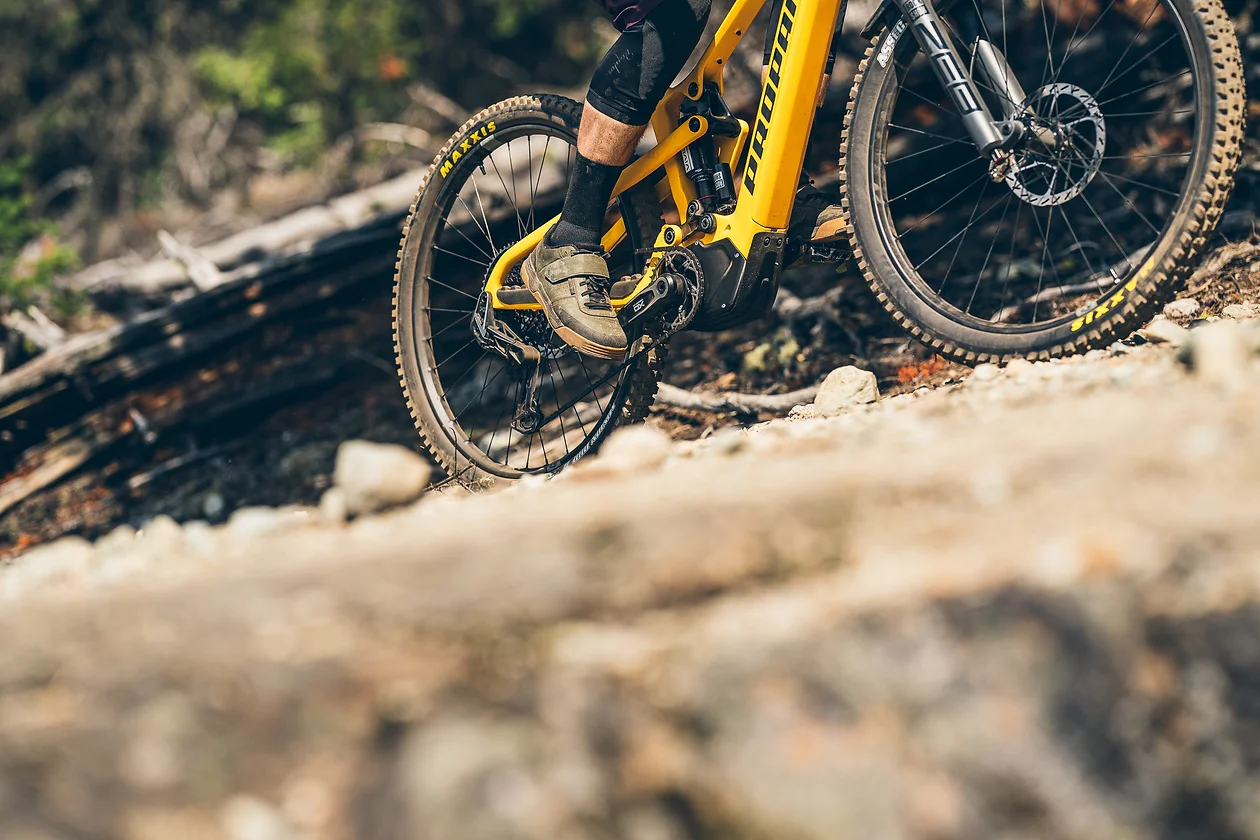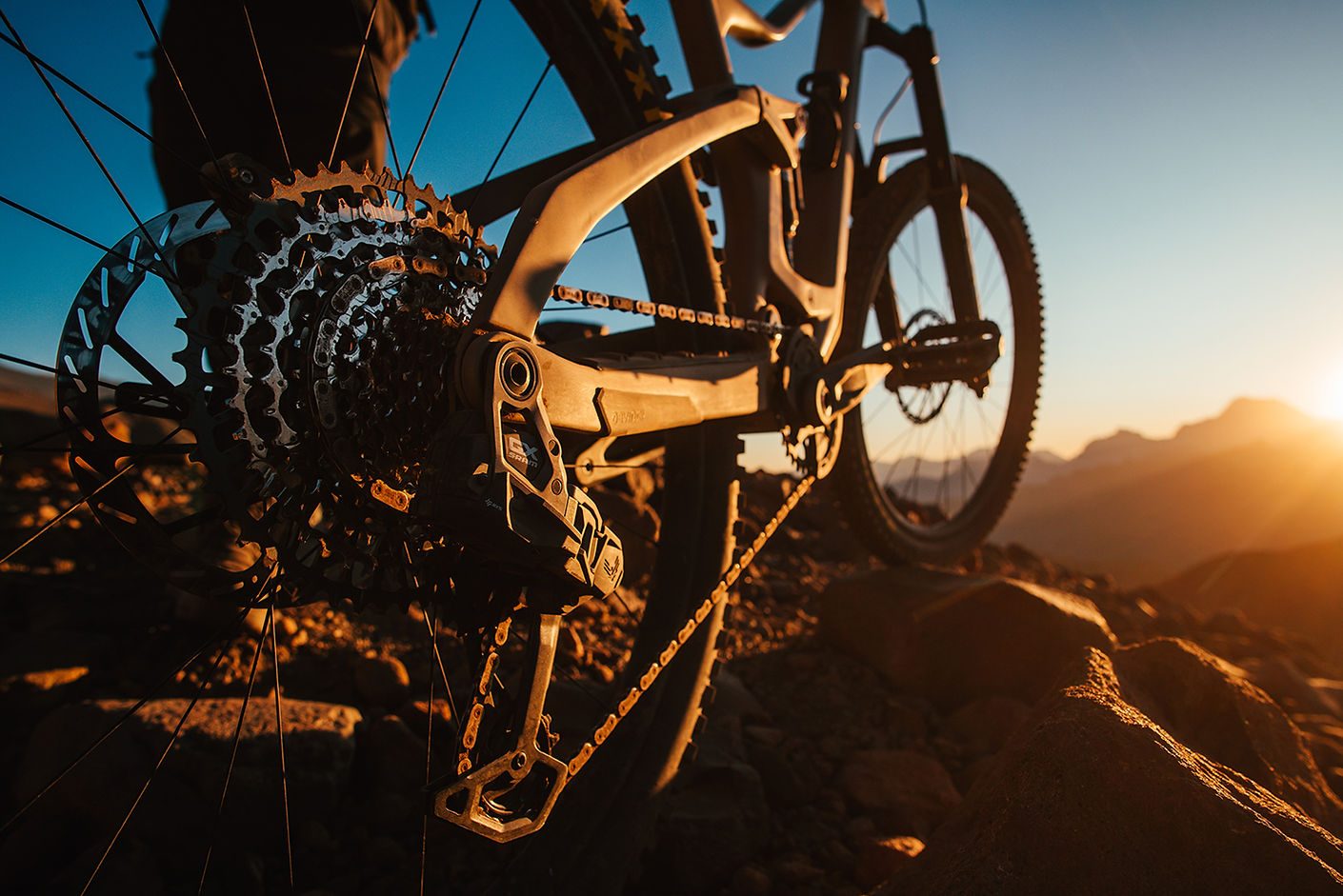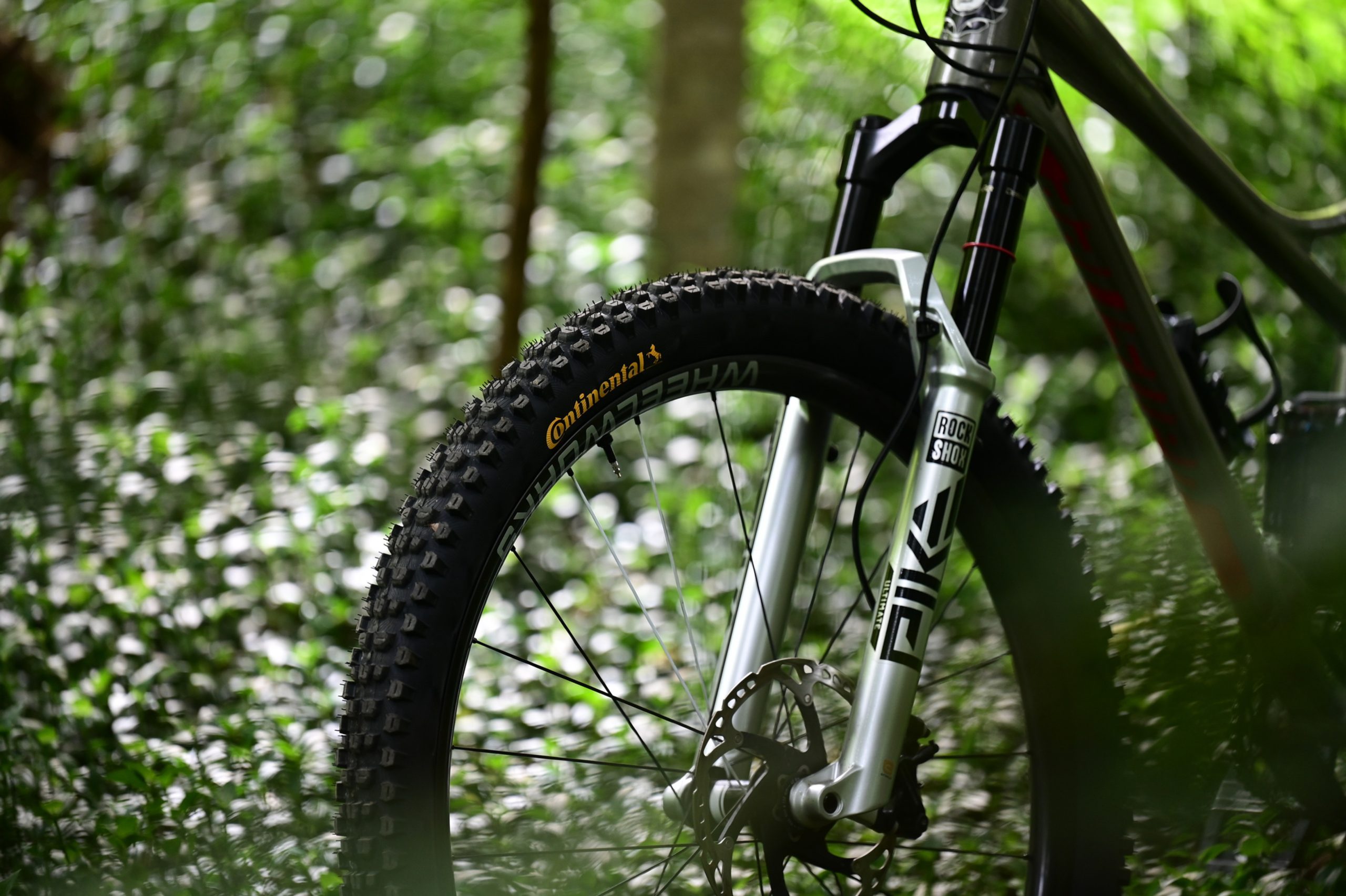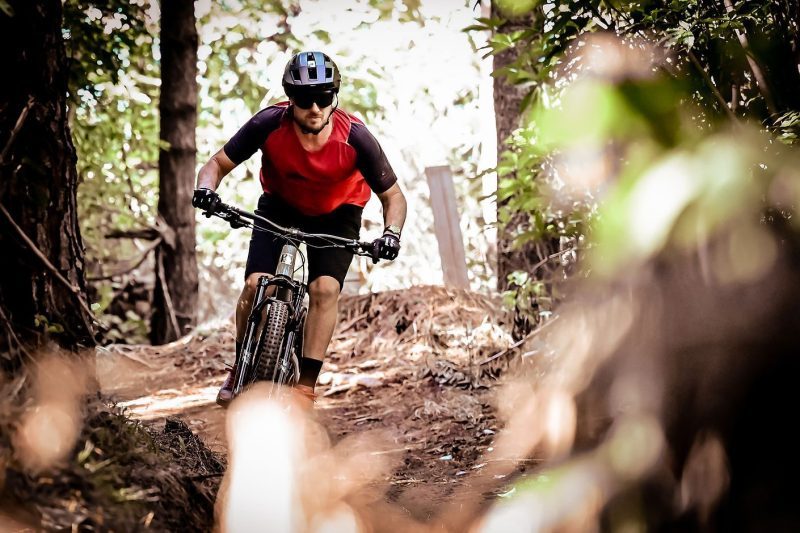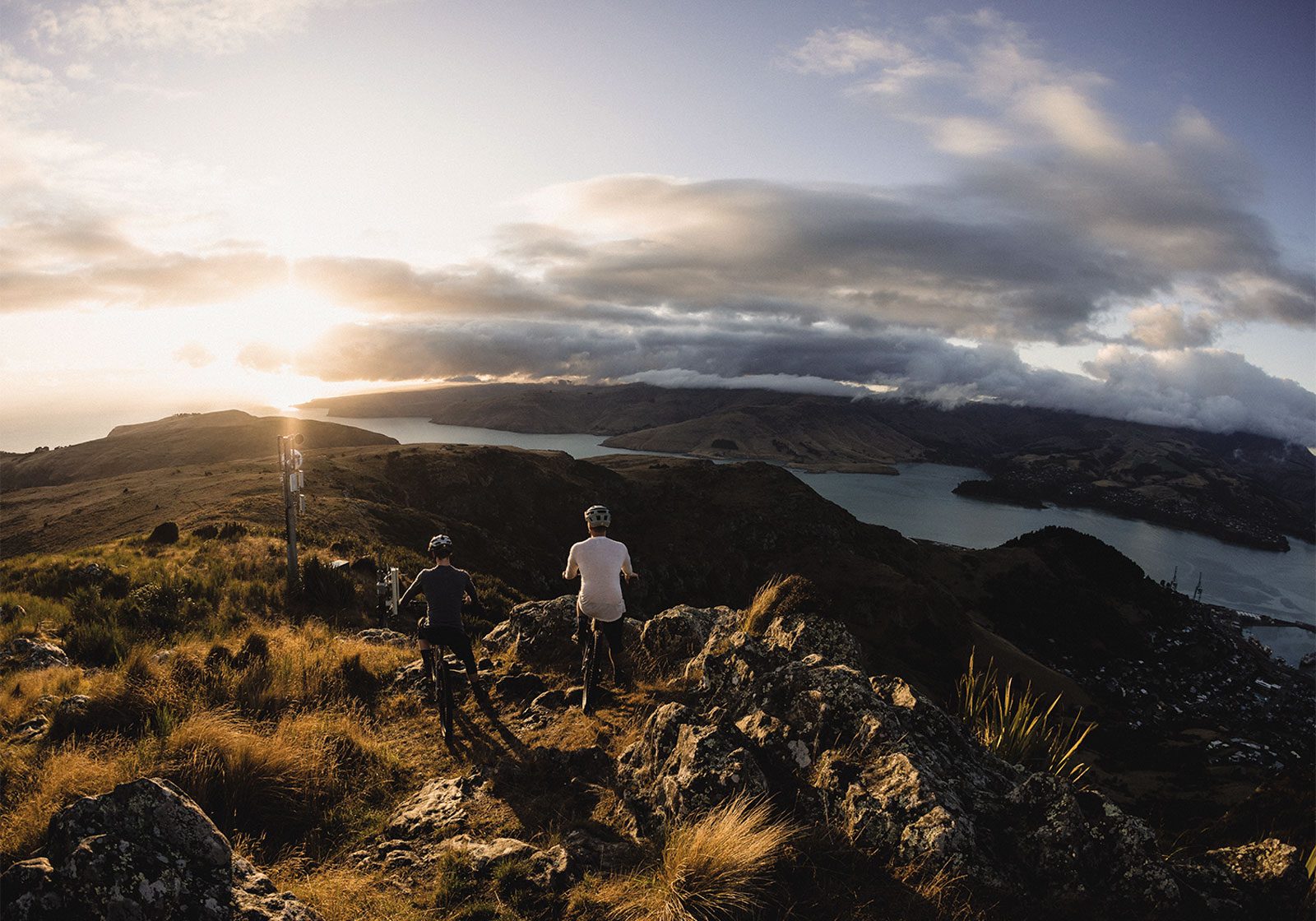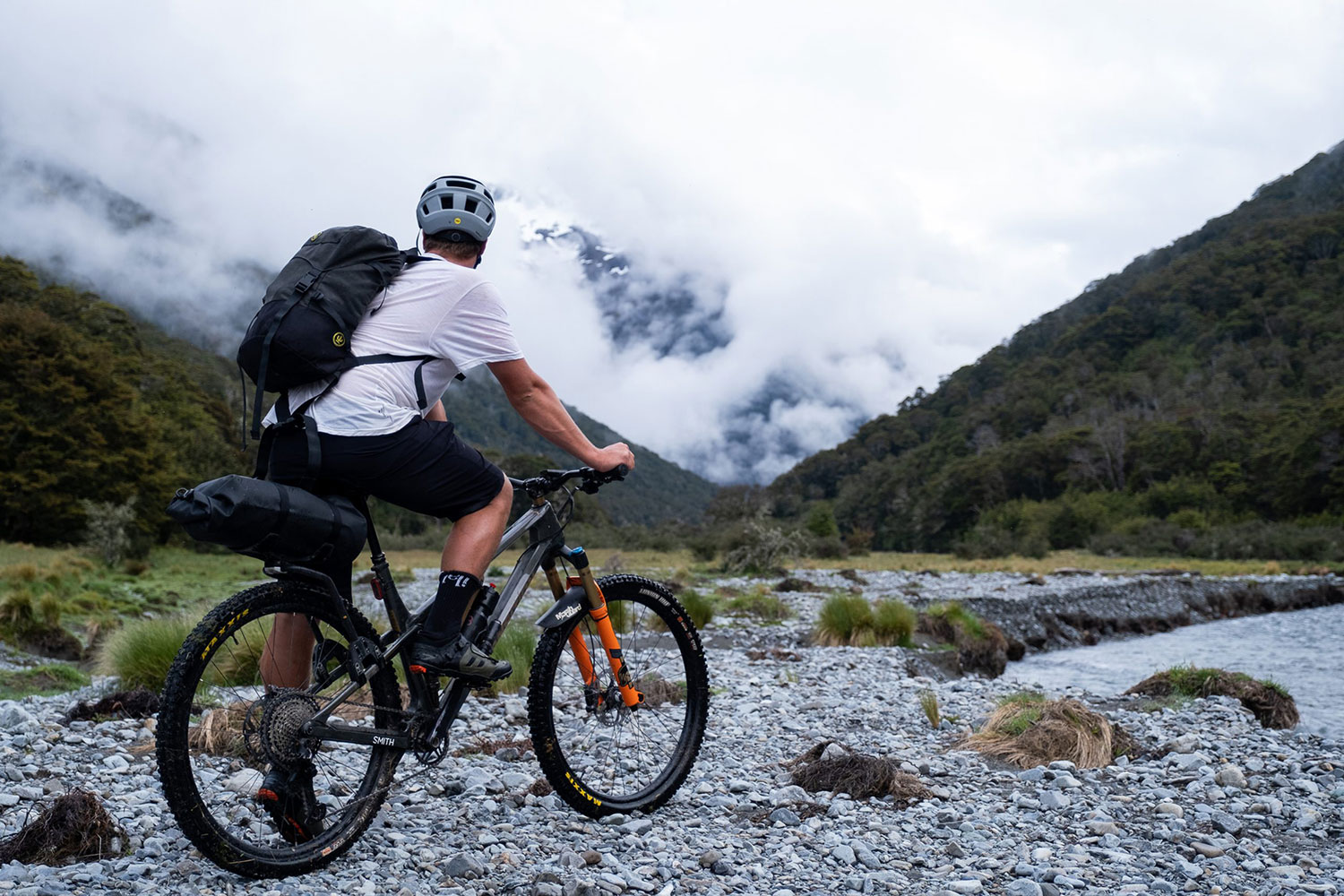SRAM Eagle Powertrain
Removing the front derailleur.
Removing the wires.
Removing the derailleur hanger.
Removing barriers.
Now, with Eagle Powertrain, we’ve removed the compromises.

Go for Eagle Powertrain.
The complete, seamless and holistic E-MTB system designed to turn on uninterrupted flow.
Go for the better ride.
Eagle Powertrain is inspired innovation, radical simplicity, unmatched integration with Eagle Transmission, clean and simple rider control, and AXS enabled personalization.
Go for unbelievable ease.
The Eagle Powertrain power tune applies natural feeling, traction generating, technical move completing, controllable power to the rear wheel. Developed and proven with BlackBox athletes and profiled to work in concert with how real riders, like you, actually pedal.
Only possible with Eagle.
With Eagle Transmission the harder you pedal, the better it shifts. Nowhere is this more apparent than when paired with Eagle Powertrain.
Total. Pod. Control.
The versatility of AXS pod controllers lets you assign all powertrain rider commands – without the need to compromise the bar with the clutter of additional remotes and bar mounted displays. What’s left? The ultra-clean and intelligent wireless cockpit, indicative of any Eagle AXS system.
Better Batteries. Better everything.
The unique Eagle Powertrain battery streamlines the interface between battery and drive unit. Delivering even more power in a smaller area and super elegant form factor for more pleasing frame silhouettes.
A fully integrated AXS ecosystem allows new levels of personalization for Eagle Powertrain.
Push your buttons.
Layout your cockpit exactly as you desire – AXS makes it possible to assign Pod buttons.
Spin to win or crank it out? Both.
Fine tune the feel of Eagle Powertrain Auto Shift features for terrain or how you’re feeling. Power, in the palm of your hand. The Eagle Powertrain AXS App makes the off-bike experience as rich as the on-bike experience.
Eagle Powertrain has already won the toughest race series out there: The UCI EWS-E.
Born from Blackbox.
Riding with Eagle Powertrain, Yannick Pontal (BlackBox Test Pilot Program) became the reigning champion in the 2022 EWS-E series. His feedback partnership with our engineers and development team allowed SRAM to build a race-winning system at home on the circuit and on your local trails.
“Our focus is always on the rider first. The goal of the system was to provide the rider with a complete, wireless, integrated E-MTB system tuned specifically for performance mountain biking. We simplified the ride allowing the rider to focus on the trail.”
CONTROLS
AXS BRIDGE DISPLAY
INTUITIVE RIDER EXPERIENCE
The Eagle Powertrain AXS Bridge Display is the sophisticated nerve center of the entire system, giving you a control unit that greatly simplifies the experience.
Think of it as an onboard extension of the AXS App, providing everything in a brilliantly illuminated, full color, waterproof display, protected under Gorilla Glass.
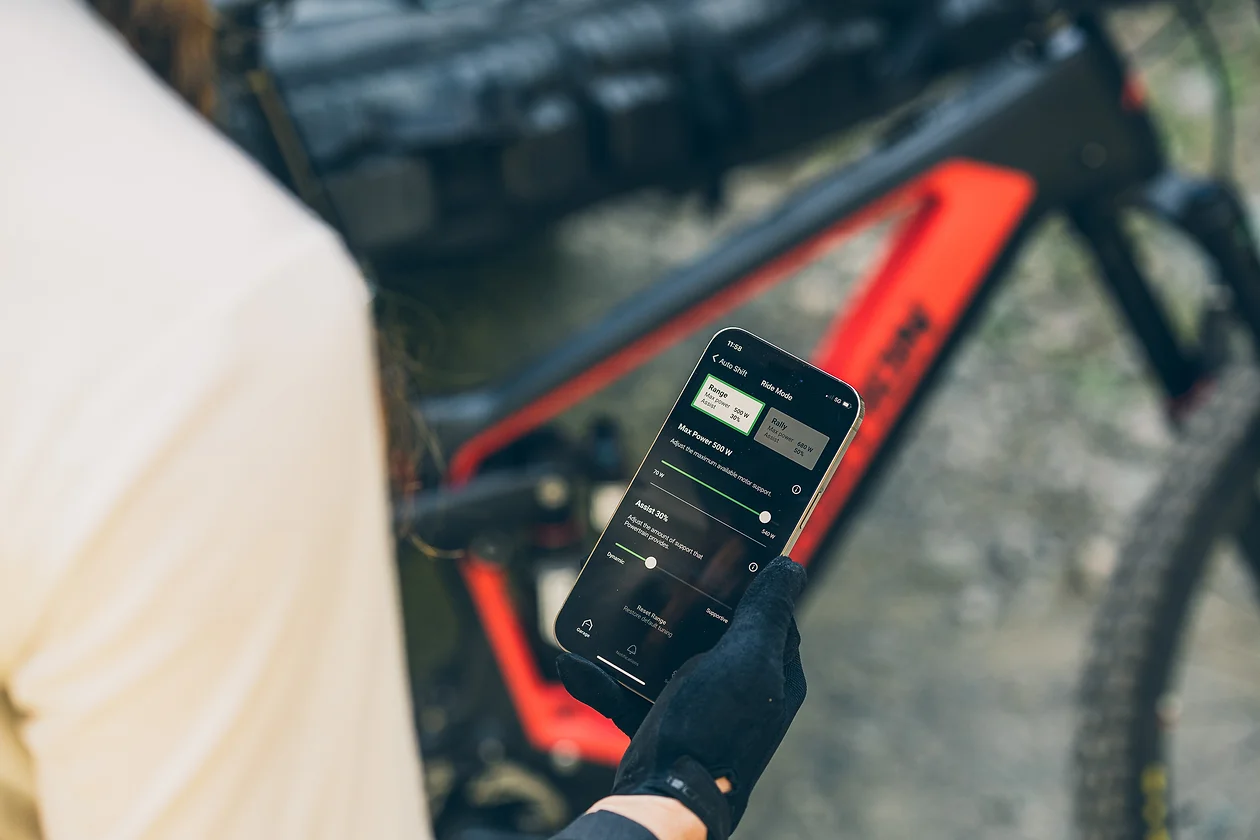
PODS
FAMILIAR CONTACT POINTS
Toggle between Range and Rally modes. Control your Rockshox Reverb AXS dropper post. Press and hold to multi shift Eagle Transmission. AXS control, encompasses everything.
“Our Auto Shift algorithm is like a bike’s sixth sense, deciding when to shift so riders can stay laser-focused on their ride. It’s not just smart tech, it’s the ultimate riding companion.”
Dominique Fuss and Victor Freyssinet Electrical and Software Engineers
What could feel more natural than not having to think about shifting while you ride? Eagle Powertrain Auto Shift is a feat that senses and translates rider input to deliver an incredibly intuitive experience. Planning an attack or simply want to override the system? Auto Shift seamlessly accepts rider commands, to be ready for your next move.
Eagle Powertrain Coast Shift allows the chainring to move freely from the cranks, letting you shift while coasting. Why? Opening the possibilities of shift anywhere performance (whether pedaling or not) puts you in total control, even when the terrain ahead isn’t.
Two ways to get the most.
Reducing complexity with two support modes that can be easily adjusted and customized for individual desire. Where others give you unnecessary power modes and confusing names, Eagle Powertrain uses just two.
Range Mode
With the touch of a Pod button, toggle to Range Mode for longer routes, easier terrain or when conserving power is a good move.
Rally Mode
Toggle to Rally Mode for shorter rides or whenever you want access to the capabilities of power. Keep it simple.
“It was an incredible opportunity to develop a fully holistic system. All components–from the display to the derailleur–forming one perfectly synced unit. Our wireless AXS technology enabled us to create features like Auto Shift, Coast Shift and the limitless options of Eagle Transmission provide shifting under full load.
Everything in control with the AXS App.
The Eagle Powertrain AXS App makes the off-bike experience as rich as the on bike experience. From customizing drive unit power output to simply checking battery life while off the bike, the AXS App lets you view and fine-tune a host of features, right from your phone.
COMPACT AND FULL SIZE BATTERY
Powering the Eagle Powertrain. Utilizing a unique C-shaped clip-in or optional slide-in interface, the Eagle Powertrain Battery helps to support partner OE manufacturers in their quest to keep the weight low and centered. It comes in at a 630Wh compact or 720Wh full size and is easily removable with a single allen key.
SRAM DRIVE UNIT Powered by BROSE
So much more than merely a motor, the Eagle Powertrain Drive Unit has been engineered with a reimagined power delivery tune that replicates a far more natural pedaling experience. It’s a feel only made possible by our holistic approach to the entire system, where we called upon proven motor hardware and paired it with Eagle Transmission. It’s an approach that took learnings from short-comings that plague other motors, such as common power losses from super-hard riding, and gave us the opportunity to go further by utilizing things such as heat-resistant materials that provide superior thermal performance and enable longer power delivery.
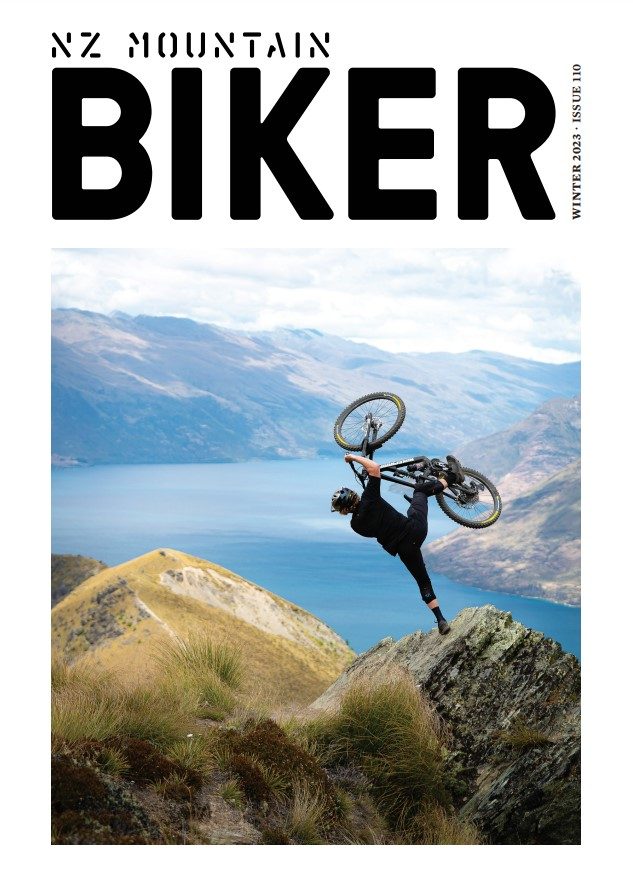
SRAM GX Transmission: First Taste
Throwback to 2018: ‘Old Orange’ was the name of my bike, complete with the original SRAM GX Eagle 12 speed. I won’t fudge it – after having races wasted due to chains breaking and multiple derailleurs self-destructing, I jumped ship and went back to an 11-speed set-up. Thankfully, SRAM did what they do; reworked, refined and, not long after, launched the GX Lunar series with an updated and much more reliable derailleur and new cassette. This new series addressed the issues I had encountered but didn’t sway me back to that groupset on my Enduro bike. My cross-country rig does have a full X01 mechanical setup fitted; I really like its lightweight shift feel – the chains last much longer than other brands, and the overall performance is spot-on.
I’ve never spent any length of time on SRAM’s electronic shifting, outside of a three-day stint aboard their gravel-focussed Rival XPLR groupo (I rated it) for NZ Cycling Journal. My SRAM experience has been purely mechanical on the MTB side of things.
GX AXS launched in late March 2021 and was heralded as electronic shifting for the people. To this day, it remains attainable, reliable and precise, but not necessarily an uber-lightweight option (for the price) for those chasing the electronic dream on a budget. The GX Transmission picks up where the standard GX AXS leave off, and incorporates all the features of the higher-end transmission groupsets, but at a more attainable price point.
Looking to break new ground, SRAM tore up the blueprints for anything we know about the rear derailleur and not only reworked them, but created an entirely new ecosystem by removing the derailleur hangar and creating a place to stand while your bike is lying on the ground. All jokes aside, the new groupset looked to be a pretty game changing piece of kit – even the price was game changing!
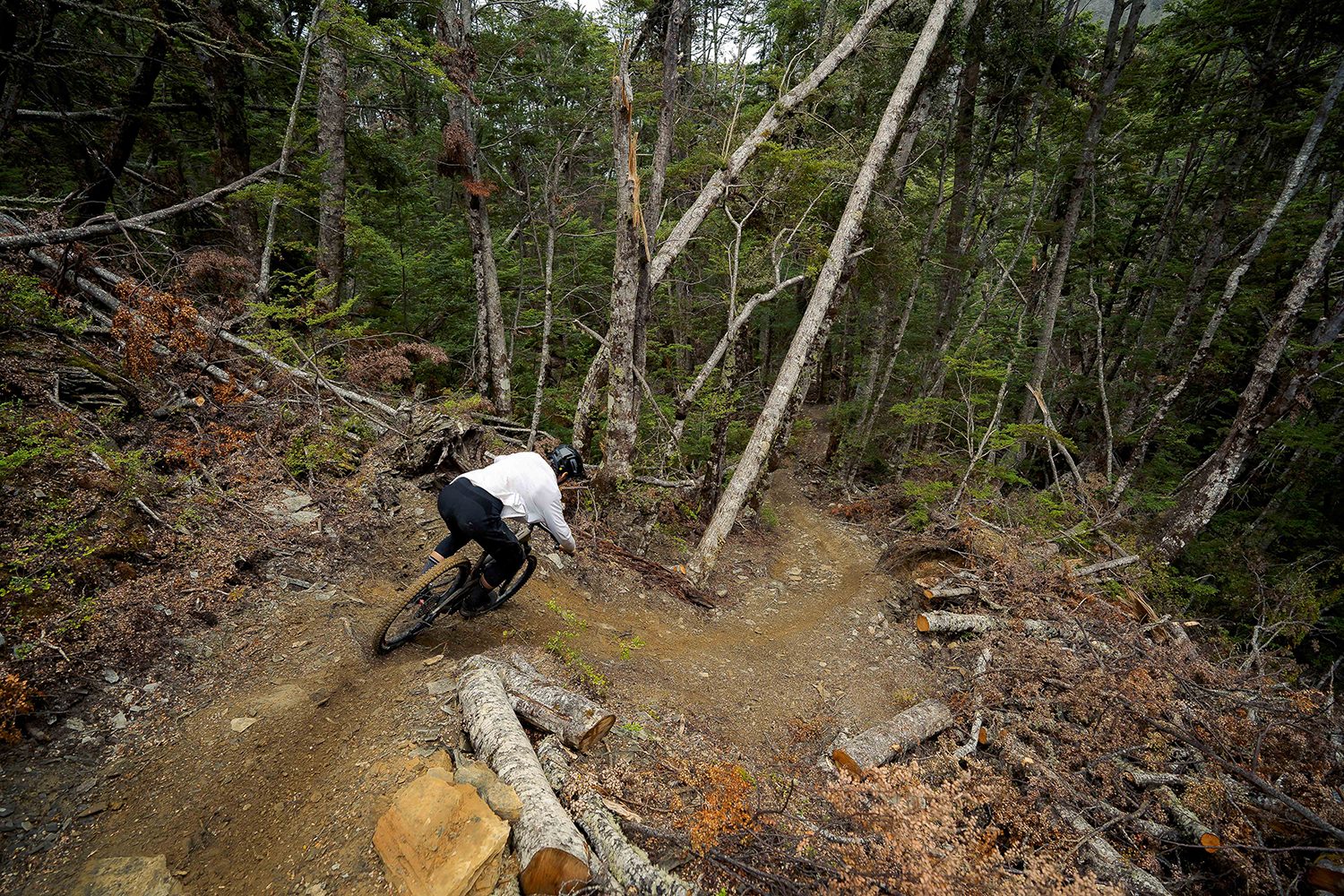
In March this year, SRAM launched the Transmission ecosystem, with their XX SL, XX, and XO levels. Unless you were on an internet-free trip to Mars, in a submarine looking for the Titanic (too soon?) or hidden under a very large rock which had squashed your phone and computer, you’ll have seen its huge launch. For days you couldn’t go anywhere online without seeing pictures of people standing on derailleurs. We won’t delve into the nitty-gritty of the Transmission development or tech in this piece, as that story has largely been told, but we will give some first impressions and point out some differences from what’s already in the market.
Today marks the launch of part deux of the Transmission story, as SRAM launch the GX series – continuing their ‘All Day’ theme with a groupset designed for all-mountain, all-day missions, at a far more affordable price. What you find on the GX system is largely the same as the higher-end Transmissions released earlier. There are some subtle differences which are visually noticeable from those higher-end units. In particular, the battery is hidden away in what I’ll refer to as the “Derailleur Garage” – keeping it out of harms way – essentially inside the derailleur. Replaceable, protective skid plates have been added, and a two-piece outer link. It also features a tool-free cage assembly – so it’s both removable and upgradeable, should you want to do so. A steel inner cage replaces the carbon of its higher-end brethren. Like the GX AXS of old, it’s been built for riders of the real world.
A couple of weeks before the launch date, a nice cardboard cube arrived on the courier. Hastily, I opened the SRAM Eagle logo-adorned box to find a neatly stacked groupset: three tiers, a layer cake of sorts. The piece de resistance – the derailleur – on the top, with the crank set and cassette making up the second and third tier respectively. The packaging is fully recyclable and recycled cardboard, there’s not a piece of plastic packaging in sight – in fact, the only piece of throwaway plastic I could find was a tiny piece of Sellotape and a cap over the end of the crank spindle. A leap forward from SRAM’s old packaging.
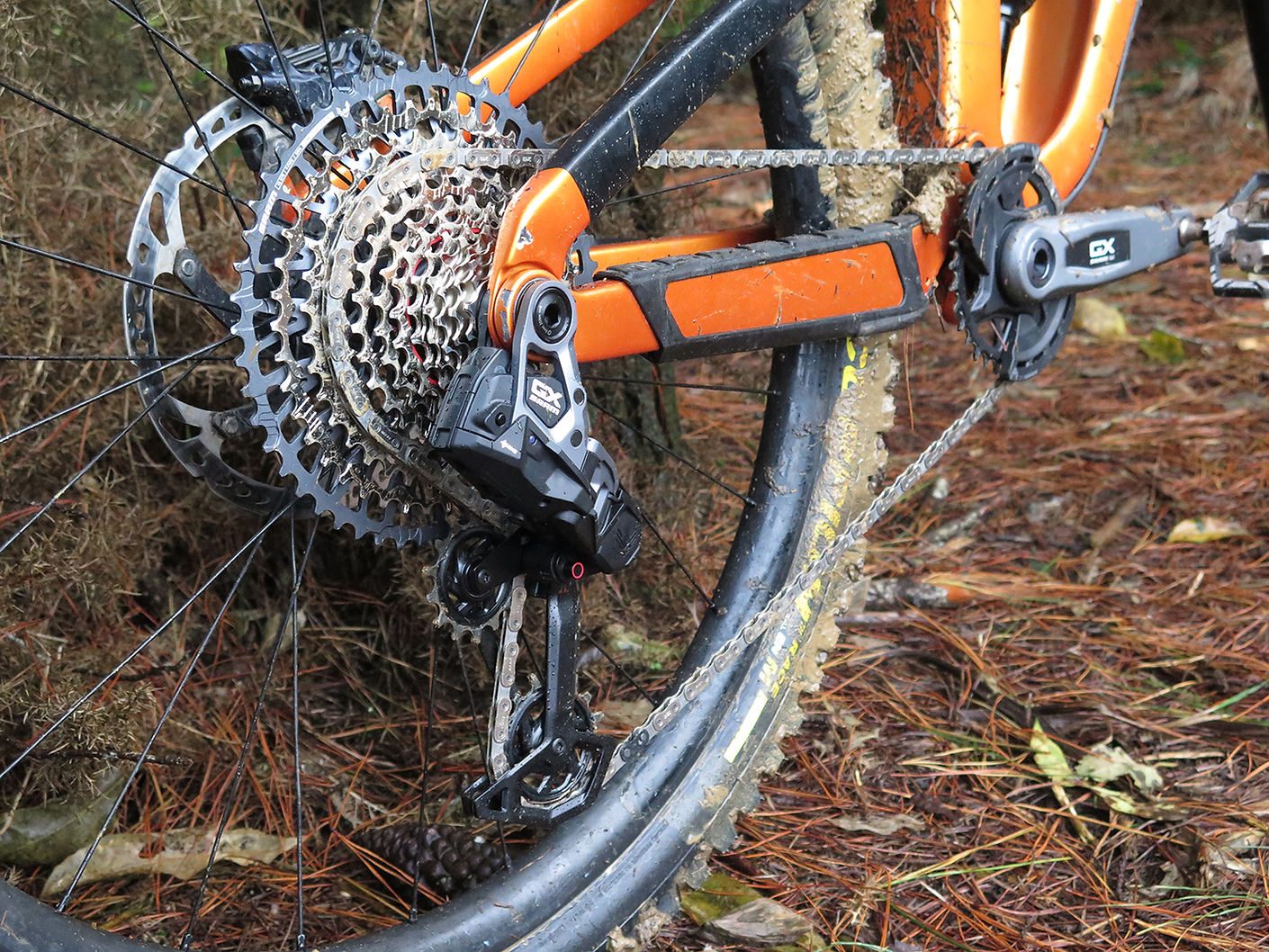
A quick watch of the install video and it was game on. It’s been a long time since I’ve installed anything on my bike that required a proper read of the instructions or, in this case, a video. SRAM does a killer job of stepping through the installation process: whoa-to-go in around 30 minutes. I’d imagine after another couple of goes, a whole Transmission could be installed in about 15 – 20 minutes, maybe even quicker. It really is pretty simple provided you’ve watched the video. My only install hiccup was my inability to pair the system to my phone (no doubt user error, but I’ll figure that out soon) as well as the compatibility of the shifter clamp with my brakes, which aren’t SRAM. It took a bit of jimmying, but I managed to get the two to work together – it did mean that I couldn’t take full advantage of the adjustment that should have been available. Fortunately, the one spot I could get the shifter to sit was just right for me. I see in their documentation a different shifter pod mount is available and this would have completely solved my issue.
After realising there wasn’t an AXS charger in the box (I believe it will ship with one) the derailleur light signalled a critically low battery, so I waited out a few very wet and cold days, borrowed a charger from a mate, finally charged a battery, then hit the trails.
Te Miro MTB Park, just out the back of Cambridge, was my first testing ground. For the uninitiated, the trails are reasonably varied but the general theme is clay and native roots, dispersed amongst meandering climbs with the odd pinch or crux move requiring low cadence torque and fast, precise shifting to get the most out of your bike if speed is your aim. Coming off the back of a few days of intermittent rain, I wasn’t expecting much aside from mud and muck – perfect for bedding in a fresh groupset.
Leaving the car park, I snapped through the gears and made sure everything was still as it should be. I shifted through the cassette and took a couple of looks back just to be sure it had shifted, as it was so smooth and quiet, just a small ‘zit’ noise and a rolling increase of resistance at the pedals. I spun my way up the Easy As climb, taking the harder, steeper lines where possible, purposely shifting at the wrong time and under full power. Thoroughly impressed at how positive the shifting feel and accuracy was I pressed on, thinking to myself, ‘sure, it’s good now, but I bet once there’s some mud in the system it will be just like everything else’.
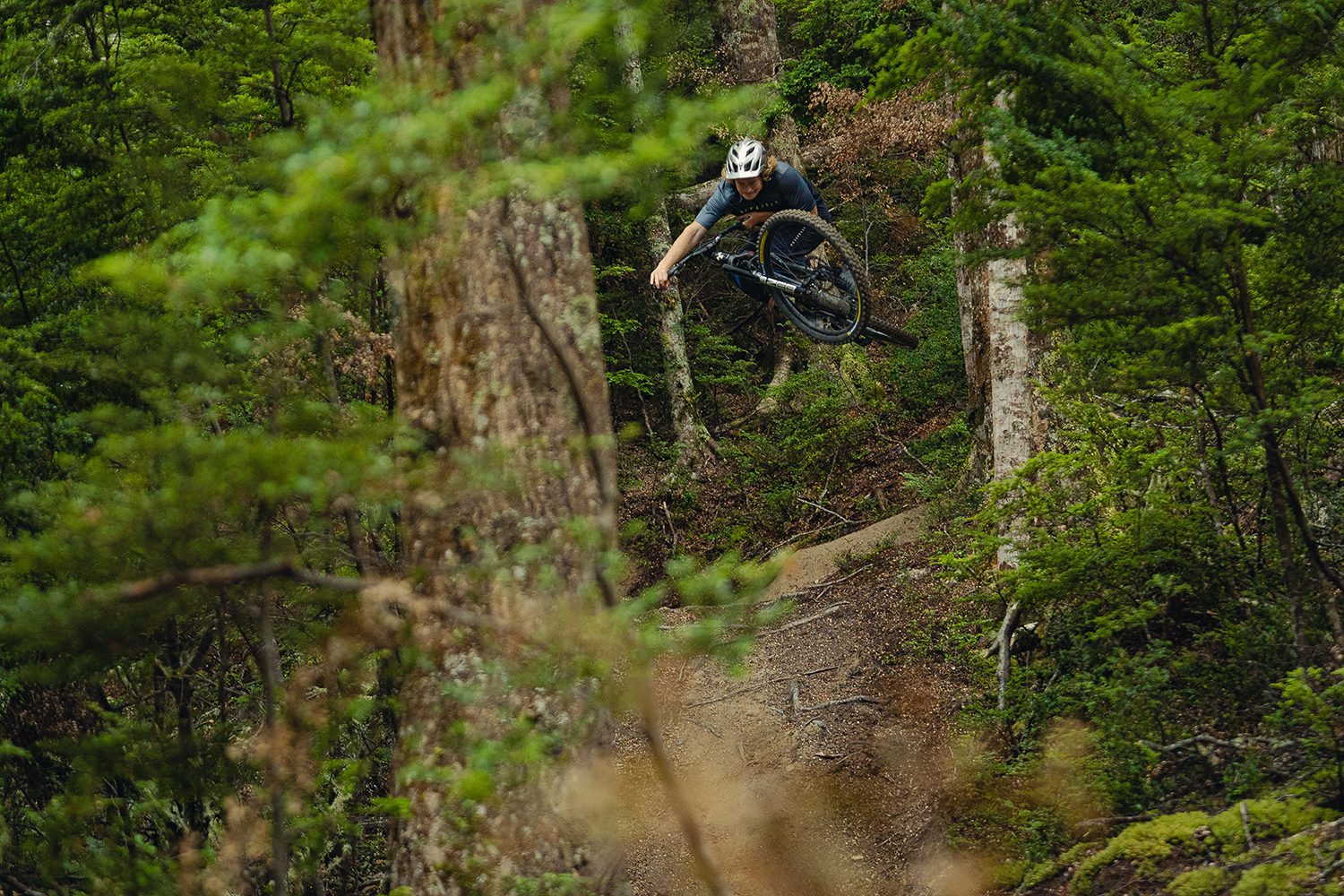
‘Easy As’ caps out and links into the Miro climb; its mellow gradients are broken up with some proper NZ native roots. Regular traffic polishes off the bark and pulls slimy dirt up onto them. You have to have your wits about you to keep the power down and maintain forward momentum, a situation where a mis-shift or slipped gear will likely see you stalled out or on the floor. Again, I was impressed by how accurate the shift was, with no slipping or mis-shifts, regardless of how many shifts under full power, and regardless of cadence.
Words: Lester Perry
Photography: Jake Hood / Lester Perry / Supplied
Bike Review: Trek Fuel EX
In the bike world, we often hear about ‘incremental improvement’. Teams take a lot of things into consideration that seem trivial but, taken on the whole, they add up to the small advantages that make the difference between winning and losing.
The same sort of thing applies to the bikes that get trotted out each season.
The reality is, within most categories, the bikes available have been very good for a long time now. The stuff that gets bolted on has been equally good for just as long. That high level of functionality means incremental improvement is what we get.
In the case of the latest Trek Fuel EX, it is a revision of a model that has been a mainstay for trail riders for 17 years. My personal bike has been one of these things for the last two iterations, and I can attest that although my first one was a very good bike, the next was slightly better and the latest one is better again – for my purposes anyway.
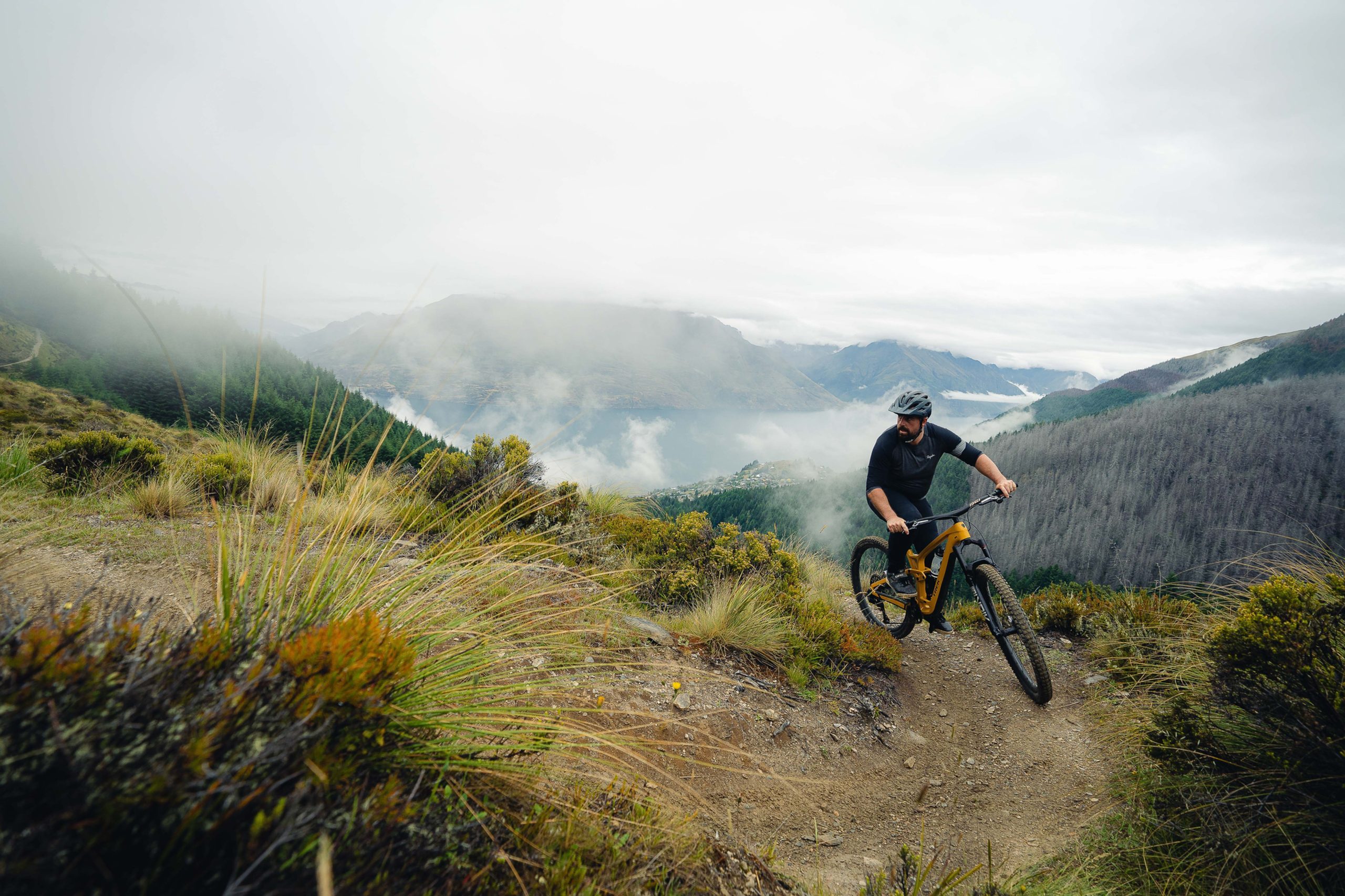
I switched from more boutique brands for a variety of reasons. Practicality, to start with. The bike shop I work with in my day job is a Trek dealer and, yes, I admit I got a good deal on my first Trek. But the main thing that made me give the bike a go was a conversation I had with a friend who runs a high-end bike and sports retail store in Germany.
In his country, Trek is seen as a market-leading brand with the best technology, and customers pay a premium for the products. The retail environment in New Zealand is a bit different, and Trek is one of the brands that is available in the two big chains of retail stores. Not necessarily a bad thing, but it puts a brand in a different sort of light.
I looked at my mate’s input as a reinforcement of my decision to go mainstream, and ordered my first Fuel EX.
I rode that bike for two years, and had the same amount of strife as I had on the boutique brand bike I had been riding. That is, not much. Everything worked, and there were no big problems. So, I was a lot more confident upgrading when the next major model change came along.
My current bike has also given me two years of trouble-free operation, and it was a lesson in the benefits of going with a gigantic company’s offer. A full carbon frame, carbon rims, and decent pile of components for a very keen price.
When I got the chance to spend some time aboard the latest version, I felt well-qualified to feel out what I expected to be very small differences.
The improvements turned out to be more than incremental.
The frame is a thing of beauty – but that is in the eye of the beholder, of course. It has a very similar suspension system to the previous model, with ten millimetres more travel at both ends – they have upped the numbers to a very middle-of-the-pack level for a 29er trail bike: 140mm at the back and 150 in front.
The new model features more adjustability. Trek has offered their ‘Mino Link’ flip chip in the rear suspension for many years. That is an eccentric unit in the upper link of the rear suspension that lets a rider choose between a lower BB height – that makes the front end a fairly slack 64.5 degrees – or a higher BB and half a degree steeper head angle. In the 2023 model, they added a flip chip in the lower shock mount which gives you the option of a linear shock rate in the ‘Less’ setting or a noticeably more progressive rate in the ‘More’ setting. There is also provision for a headset providing a total of two degrees of adjustment.
The frame design makes a coil shock a possibility, and you can even mulletise the beast if you so desire.
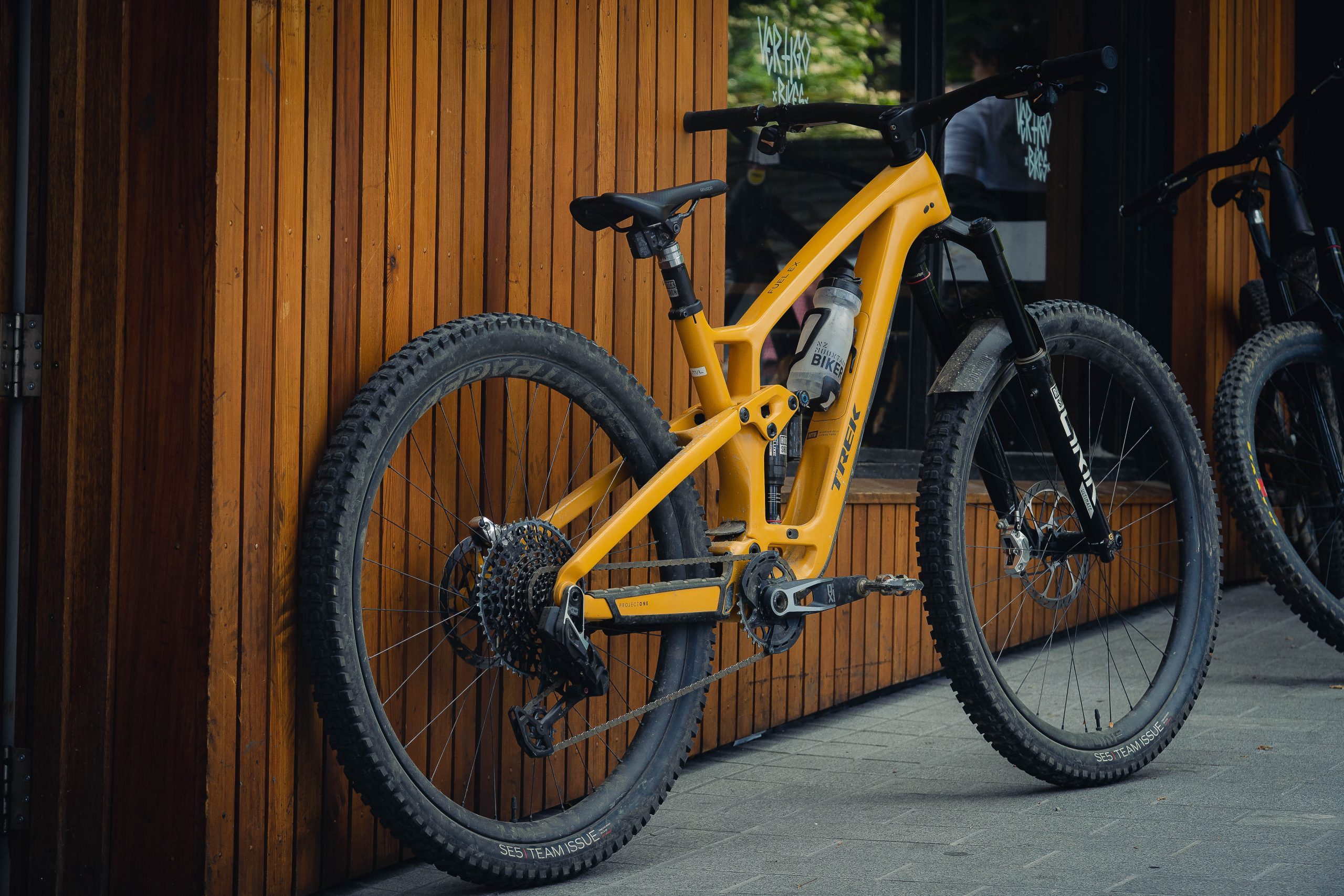
The frame is definitely burly. There is a lot of material in the big tubes and tough-looking support struts in the well-reinforced design. The claimed weight of the Medium sized carbon example is 3.4kg. That translates to a complete bike weight of 14.15kg for this top-drawer model on review. That is not a super light bike these days, and the lower-specced versions can see an extra couple of kgs added on. Does that make much difference to the overall experience of the ride? Not in my opinion.
Heading out into the woods on the new bike, the first thing I noticed was the change of perspective from my cockpit point of view. My ‘old’ bike is a 2020 model, which has a 66 degree head angle and a 140mm fork. A degree and a half slacker, and 10mm more travel, doesn’t sound like much, but it puts that front wheel way out front. The effective seat tube angle has steepened by a whopping 2.5 degrees, to 77.5. The reach is stretched out by 5mm compared to the old machine, but that seat tube angle puts the rider over the centre of the bike.
The next thing I noticed was how spritely it felt. How a bike ‘feels’ is so subjective, I have always wondered why reviewers wax on about it, but now I am one. And how the bike feels is actually more interesting to me than all the numbers, especially the ones that refer to weight.
It feels light. It pedals incredibly well; the suspension platform is very stable with the air and compression settings set according to Trek’s online guide. It goes uphill better than anything in this reviewer’s experience – at least, that is the feeling I got from it. It isn’t a miracle machine, my Strava segments were still very average, but there were some PRs!
Same going down. The bike definitely transmits more chatter to the rider than my previous Fuels, but that could be down to the very stiff, unified bar/stem fitted to the model I had. Dropping a little tyre pressure settled it down a lot. I have not had great relationships with previous sets of Bontrager rubber, but the tyres fitted to this bike worked very well. They are big and heavy, and at a spongy 18psi in the front and 20 odd in the rear, they stuck to the dirt.
The extra ten millimetres of suspension travel doesn’t sound like much but, combined with the geometry tweaks, it really inspired confidence on downhill trails. I might not having been going any faster, but I felt great.
The down tube features the same storage facility that has been on the Fuel from 2020, with a cover that is secured by a lever tucked under the bottle cage, which bolts to the cover. There is enough room in the tube for a spare tube, a small pump, and a toolkit as long as everything is packed so it can’t rattle around. I have been paranoid about damaging the inside of the frame by having something loose floating around in there, so on my Fuel I have repurposed some neoprene things I had kicking around to contain my pump and a multitool. The bikes come with a long folding tube holder, which will hold a lightweight tube if you are patient and careful. It has a red tape on the end to haul it out with, and stowing the tube holder stops anything else form sliding down into the bottom of the tube and out of reach. The only downside to this baggage compartment is that the lid can rattle – it has the weight of a bottle attached to it, which probably doesn’t help. The test bike’s lid didn’t rattle at all. While we are on acoustics, the very generous chain stay protector on the new model quiets the back end of the bike down.
My take on the 2023 Fuel EX is very positive. I liked riding it. For everything I like to do, it was hard to imagine much improvement.
There is a range of build options that all share the same carbon frame.
The test sled was the 9.8 AXS model. It is listed at $12,699 – and that is a fairly eye-watering investment but, when you look at the tech you get, it is a way south of what you would need to spend on many more boutique brands with the same level of kit. Wireless shifting, carbon wheels and bars, Fox suspension.
There is an XTR version at $14,499, but the one that stands out for me is the XT model, at $9499.
Same carbon frame as the pricier bikes, unified carbon bar/stem, carbon Bontrager wheel set, Fox suspension, and the tried-and-true shifting and braking of Shimano XT. Very hard to beat that combo, and you get the back up of a large operation when it comes to the fairly unlikely prospect of a problem. Sometimes big is good.
WORDS: GAZ SULLIVAN
PHOTOGRAPHY: JAKE HOOD
DISTRIBUTOR: TREK NZ
RRP: XT: $9499 / 9.8 GX AXS: $12,699 / XTR: $14,499

Review: Continental Kryptotal & Xynotal Tyres
Reviewed by Lance Pilbrow
Distributed by Worralls
RRP: $148
Continental have recently done a major overhaul of their gravity tyre offering. The range they offer now is almost overwhelming. Four new names, five new tread patterns, three casings, and three rubber compounds. It’s a lot to get your head around. To try and simplify things, let’s run through the tread patterns, which will help you narrow your choice down to match how dry or wet your riding conditions are. For hardpack conditions you start with the Xynotal tread pattern; mixed terrain is the Kryptotal (front and rear specific tread pattern); the Argotal is for loose terrain; and the Hydrotal is for mud. Got it? We’re just getting started. The Xynotal, Kryptotal and Argotal are all offered in Trail, Enduro, Downhill, or Downhill Supersoft casings (the Hydrotal is only offered in DH super soft). Oh, and then you choose how hard or soft you like your rubber: Endurance (harder); Soft (softer than Endurance); or Supersoft (pretty self-explanatory). Still with me? If you like Subway and getting your Sub just the way you like it, then you’ll be in tyre heaven. For all that choice, width wise, the Kryptotal Re is 2.4” or 2.6”, everything else is 2.4”, and that’s it. Everything is available in 29” or 27.5”.
Ok, so you have lots of variants to choose from. No, I did not test every variant. As much as I love new tyres, I have other things to do with my summer. I’ve been riding the Kryptotal Fr (Front) and Kryptotal Re (Rear) in the Enduro Casing, with the Soft compound, in a 2.4” width, this summer. This probably represents a fairly middle of the road option across the board. The tread pattern on the Kryptotal Fr has a 2-3-2 pattern down the centre, whereas the Re has a consistent 2-2-2 pattern. The Enduro casing has three layers of 110 tpi thread count and weighed in at 1125 gm
Out of the box, the tyres actually just look great. I didn’t know I was so attuned to what a quality tyre felt like, but these are that. The finish on the tyres is top notch. The graphics are perfect and there is a unique kind of embossed pattern in the side walls and in between the lugs. It screams German precision and quality. Getting them mounted up on my WheelWorks wheels was pretty tough, I’m going to be honest. Were these the hardest tyres I’ve ever had to mount? No, but it would be getting close. The casing is incredibly stiff. Just getting them on the rim felt like I was going to break tyre levers or damage my rims. Thankfully, that was all in my head, but it took a LOT longer to get them on than any other tyre I’ve used in the past. Once they were on, they sealed up nicely.
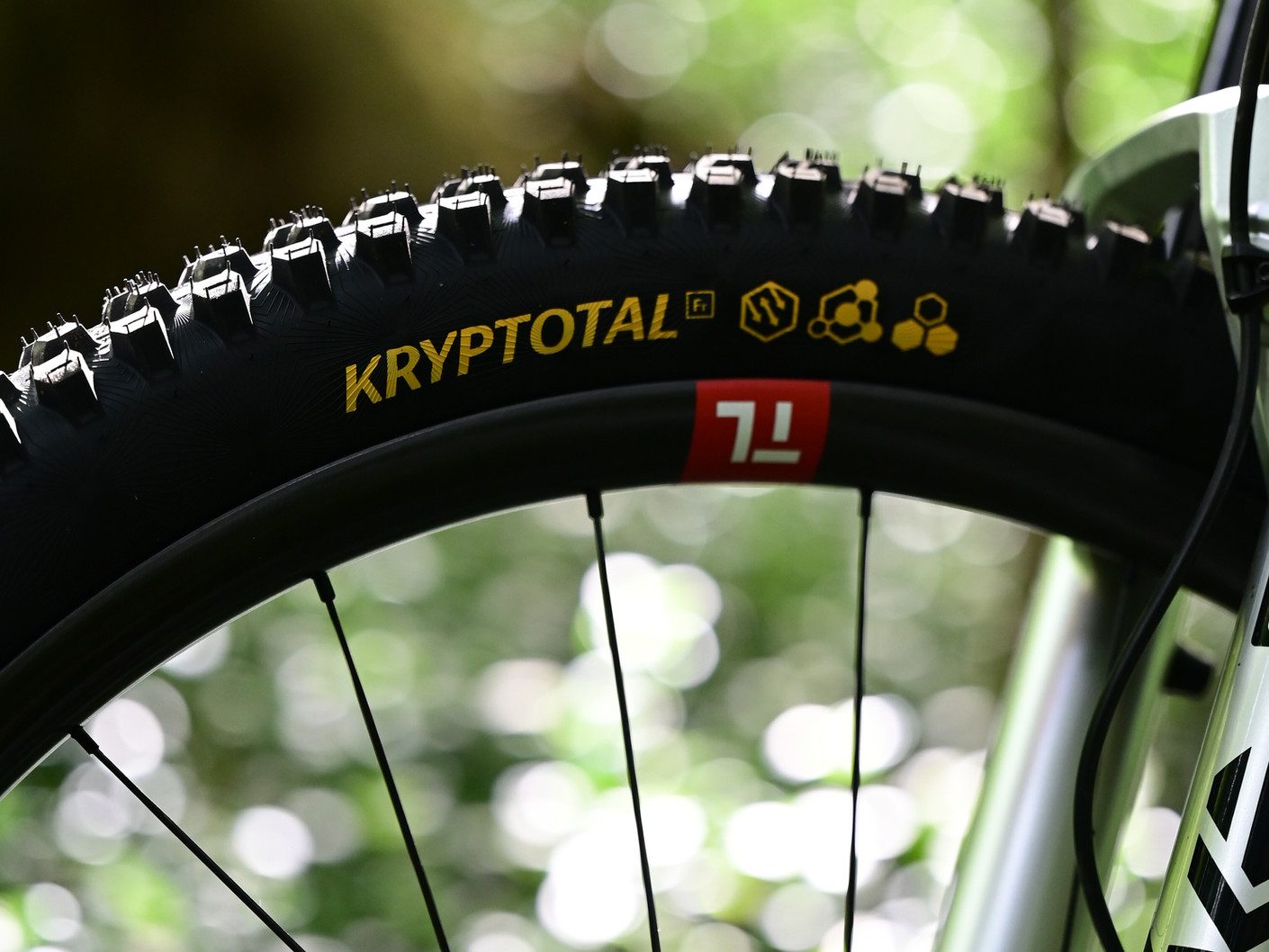

Visually, you can see that these tyres mean business – the lugs are tall and on the front there are generous gaps to help with mud clearance, enabling the tyre to really dig in. Out on the trail I have been really happy with the Kryptotals. The 2.4” width is spot on for trail riding and gives you plenty of rubber for when things get just a bit squirrelly. Having spent a fair bit of time recently on lighter, faster rolling tyres, coming on to the Kryptotals felt like I had traction in spades, and I always felt in control. I could push and push and it would always seem to hold. When heavy braking occurred, it would always hook up strong and this really made me feel confident riding them. I really noticed how, on a few favourite turns, I would try to push through and stay off the brakes, and the Kryptotal held the line incredibly well. Occasionally, I was actually surprised that I didn’t lose the front end, and was left thinking, ‘huh, I rode out of that?!’ with a great big smile across my face. This really helps with confidence and keeping your fingers off the brakes; holding your speed through the corners.
After a summer of riding, I’m happy to say the tyres still look great. The side walls are in great condition, and I haven’t had a single puncture, tear, or burps. If you’ve been a fan of Maxxis Assegai’s or DHR’s then I think you’ll find the Kryptotal to be right up your alley. I’ve been really impressed with these and will be leaving them on my bike for as long as I can. They gave me great confidence to push hard into corners and control when navigating heavy braking down steep descents.

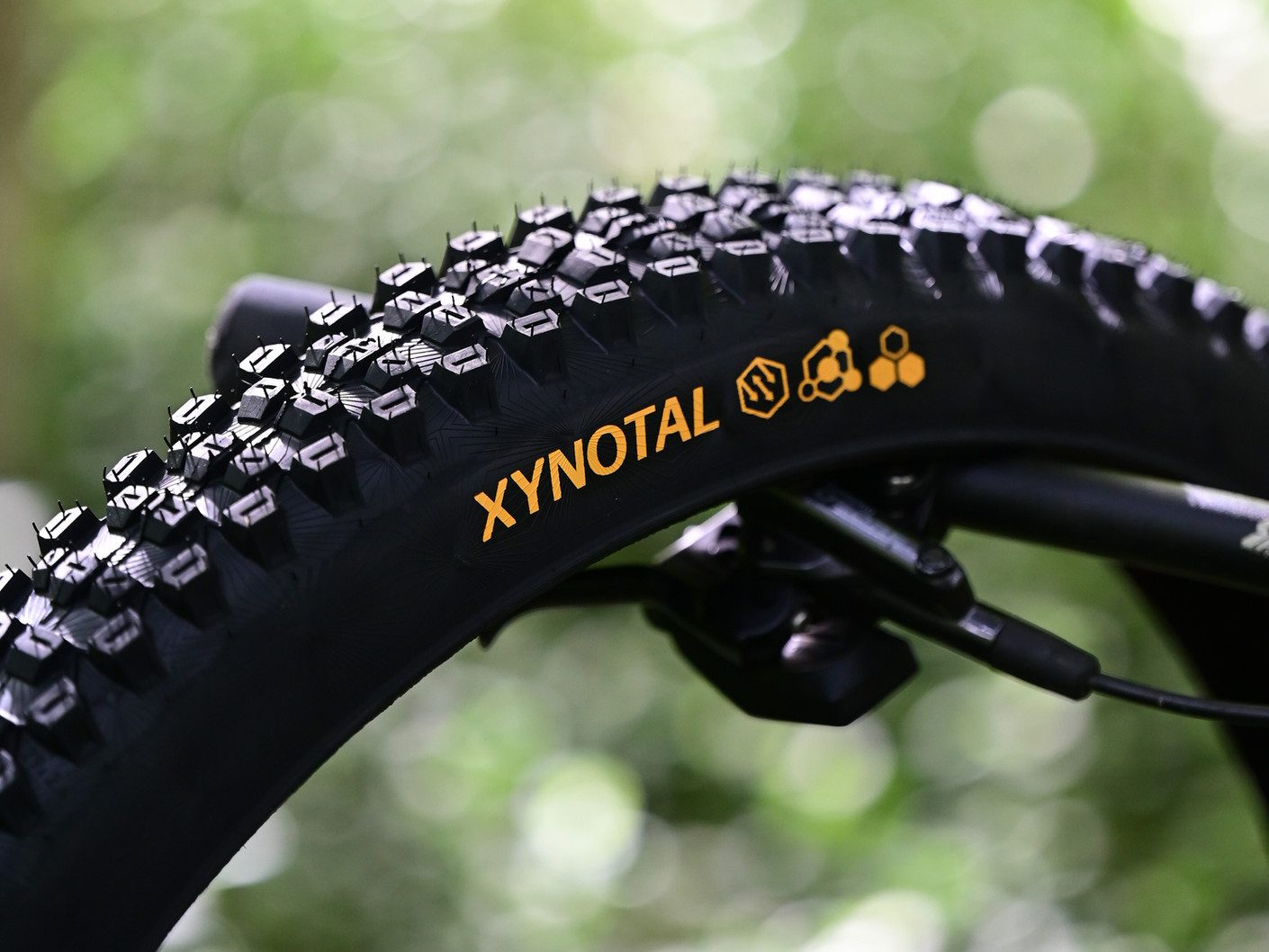
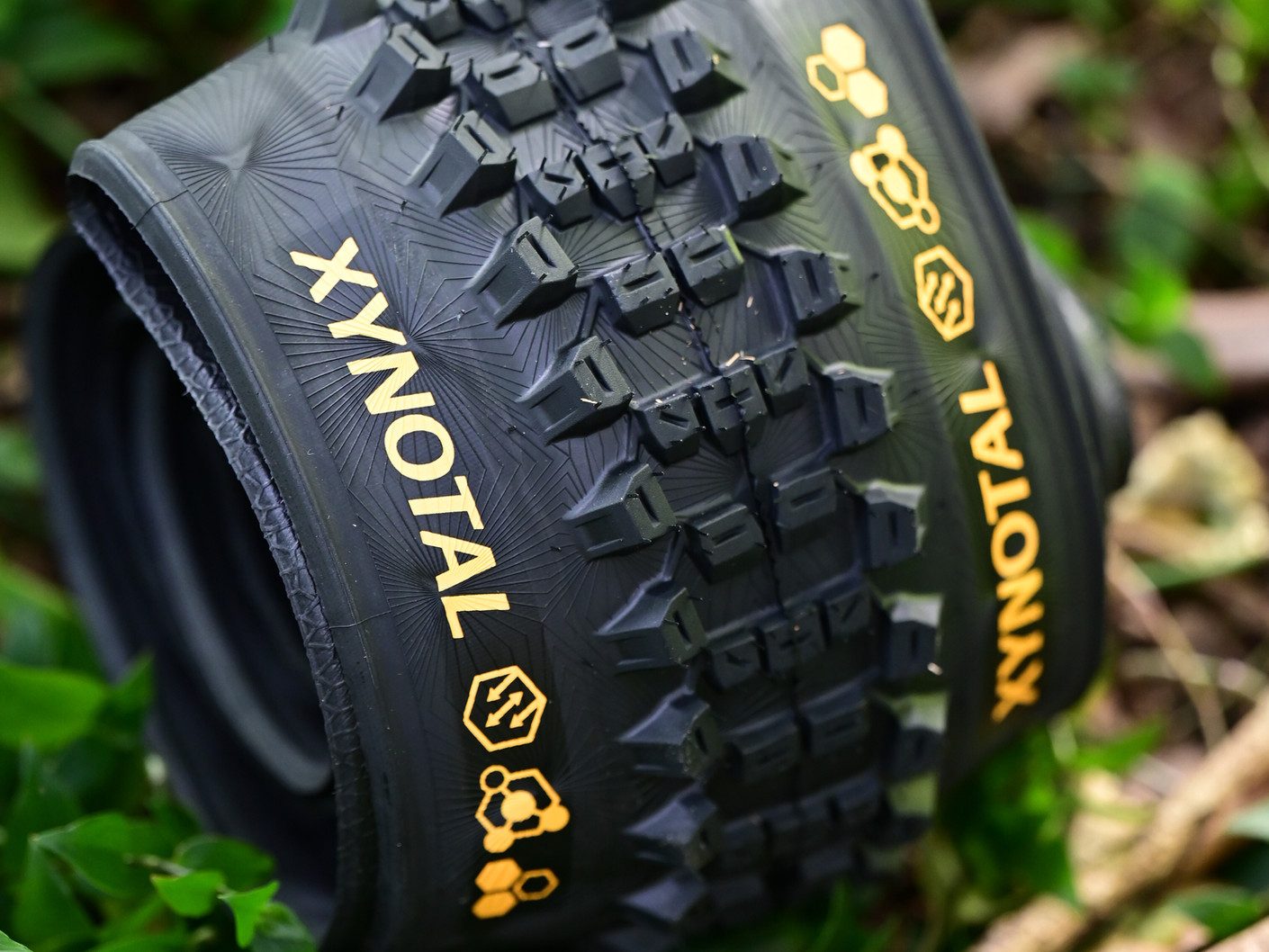
I also was able to spend a small amount of time on the Xynotal tyre too. This one is not offered as front or rear specific and, at a distance, it looks incredibly similar to the Kryptotal Fr. So similar it was a little like one of those ‘spot the difference’ cartoons but, after a bit more of a careful inspection, the Xynotal’s tread pattern is slightly closer together. On the part of the pattern where there are ‘2’ centre lugs, the Xynotal groups these closer together, whereas the Kryptotal keeps these further apart – presumably this helps the Kryptotal with mud clearance and hooking up in looser conditions (which is what it is targeted to do.) The Xynotal’s lugs are also considerably more bevelled down at the leading edge which should help reduce rolling resistance. All in all the Xynotal is theoretically designed for more hard pack conditions and may help the rider retain a bit more speed. On the trail, I found it really hard to tell the difference between the two – aside from generally feeling that the Kryptotal just had a bit more ‘bite’ to it. If I noticed it anywhere, it was on steep chutes under heavy braking. The Kryptotal just seemed to be able to hold traction for that fraction longer. This is all pretty arbitrary really, as it’s hardly a controlled test, but if hardpack conditions are where you ride, the Xynotal would do the job perfectly. As an all-rounder, I’d probably err towards the Kryptotal – and I like the front and rear specific options it gives.
The fact that the new Continental range is offered in so many variations of patterns, compounds and sidewalls is slightly overwhelming at first, but it means you can find a tyre that perfectly suits your riding style. Pricing varies across the range, depending on your variant. The Kryptotal’s and the Xynotal come in at $148 each.
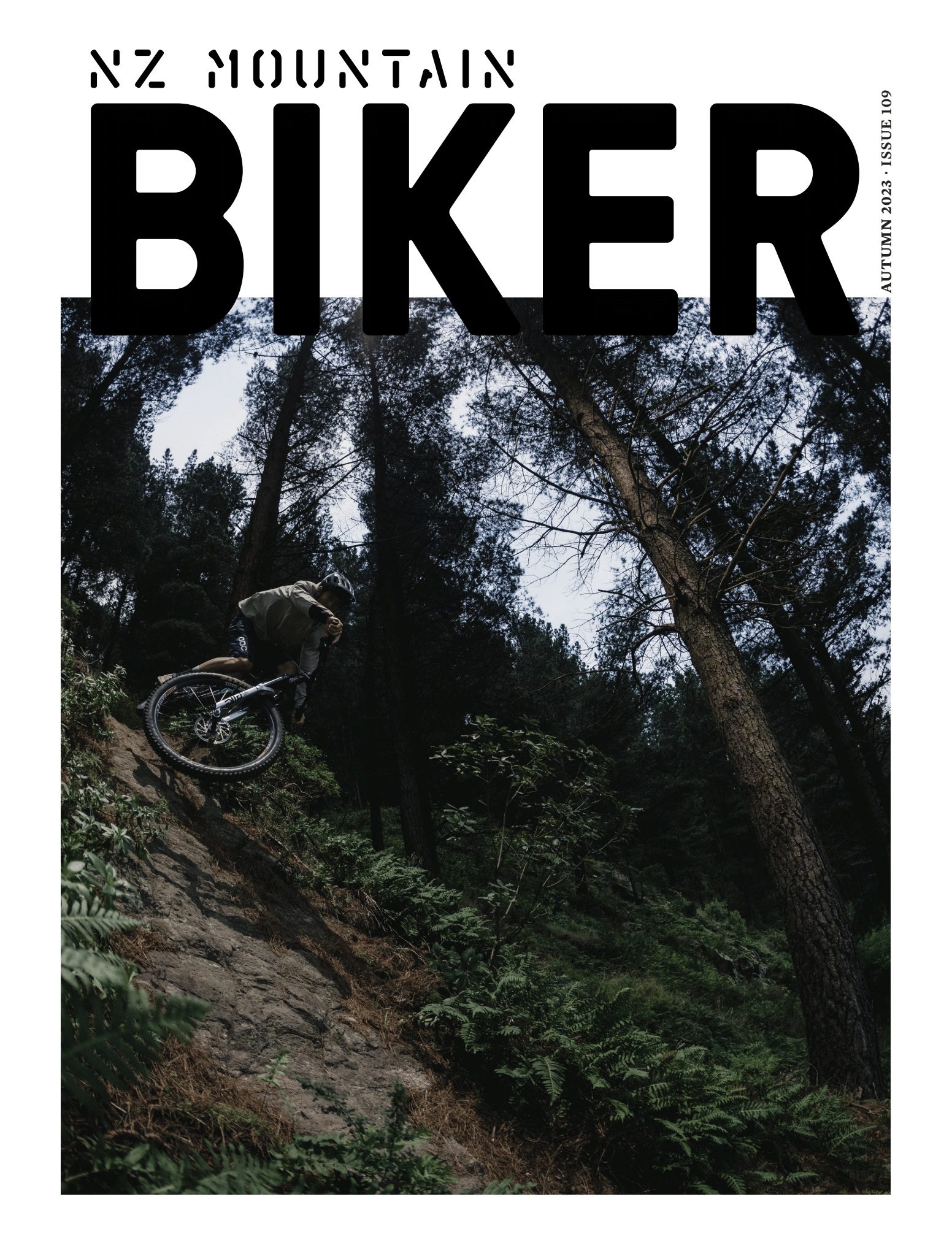
Review: Marin Rift Zone 2
If you’ve been around biking long enough, you’ll no doubt be in sheer disbelief over the price escalation that has been part of the sport. I’m not sure who is buying the $20,000 bikes on offer, but clearly someone is. In many ways, though, at the other end of the spectrum, the quality of ‘entry level’ bikes we are getting is incredible too. The Marin Rift Zone 2 (RZ2) is probably in this category, although we’re aware that calling a $3,499 bike ‘entry level’ clearly shows we’ve been drinking the MTB industry Kool-Aid by the gallon!)
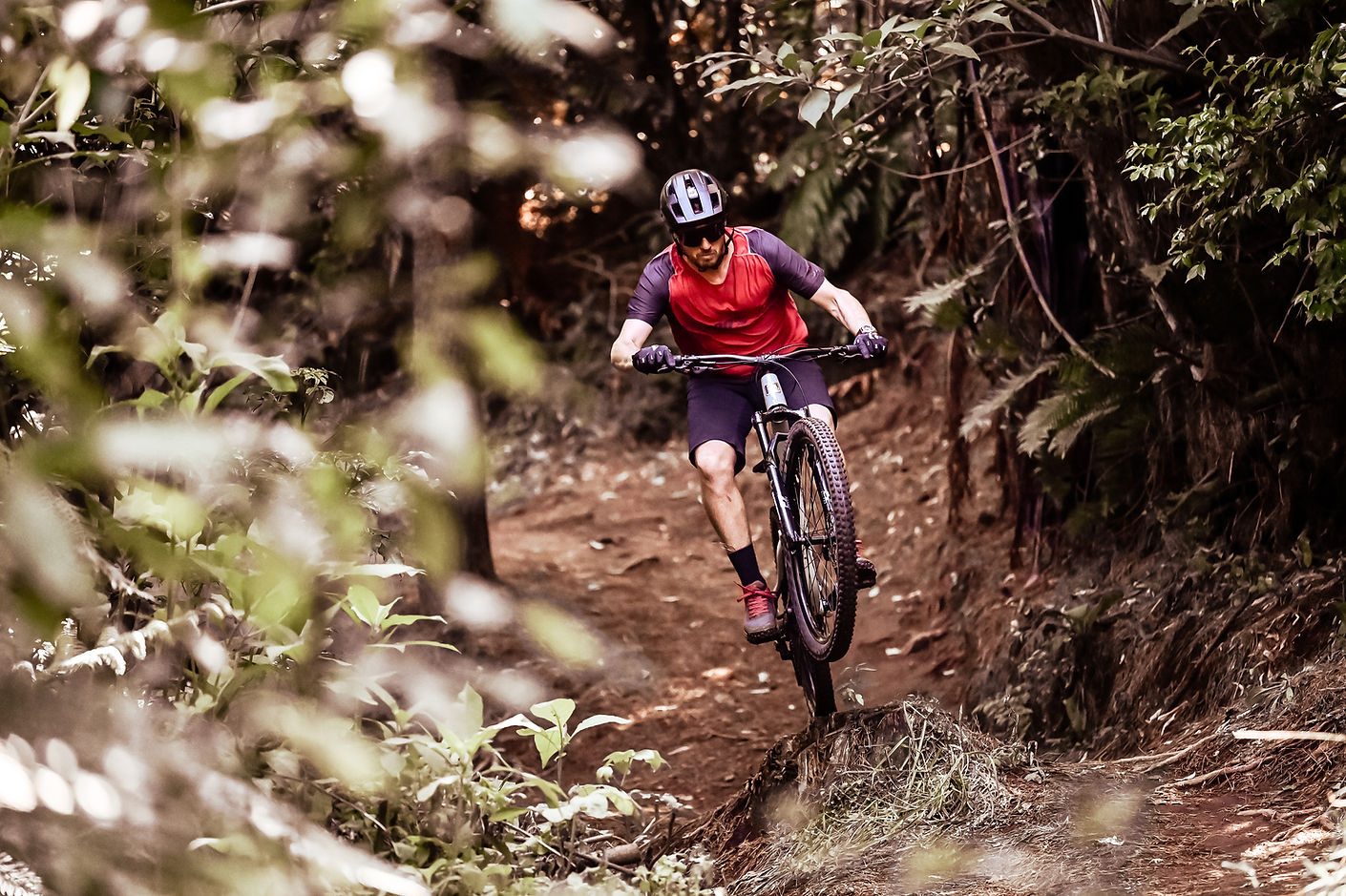
Marin Bikes have been around for, literally, ever - arguably among the ‘first’ of a group of mountain bike companies hailing from Marin County California. In recent years, they have been absolutely hitting it out of the park with quality bikes that look the biz - and at great price points too. The Rift Zone 2 is a perfect example of this; it hits so many of the right notes and, if you’re just here for the summary, it’s this: the Rift Zone 2 is all killer, no filler. A great choice to take your trail riding game to the next level, and feel really quite smug at your clever purchasing.
We tested the alloy framed RZ2, priced at $3,499. There is also a slightly lower spec RZ1 at around $2,899, and a flashier, more aggressive specced XR version, plus two carbon options above that as well. But it’s this mid-range option that will hit the sweet spot for lots of riders (or parents of riders). Spec wise, the Rift Zone 2 has a 140mm Marzocchi Bomber Z2. It may not be as flashy as its Fox or Rock Shox brethren, but this fork is a true workhorse and is capable of handling a wide range of terrain, from flowy singletrack to technical descents and everything in between. If you’re old enough to remember the original bright orange Bombers it’s got a certain nostalgia to it too. Handling the rear is the Rock Shox Deluxe Select RT Debonair, delivering 130mm travel. Despite being quite a mouthful of a name, the shock is pretty straightforward and proved to be highly responsive and supple. The Debonair technology provides excellent small bump sensitivity and a highly progressive ramp-up as you charge bigger hits and drops. This allows the shock to provide good levels of control and stability in most riding conditions.
Shifting is handled by the Deore 12-speed system. Well, at least the shifter and the derailleur are Deore; the derailleur features Shimano's Shadow technology, which provides good chain stability and reduces chain slap, ensuring that you get a quiet and smooth ride. We reviewed the Deore drivetrain a few issues back and were impressed by it - so long as it is kept clean as it does seem more ‘temperamental’ when it gets bogged down in grit and gunk. Sadly, you’ve got a Sunrace cassette, but that is something you will naturally update down the track. The cassette features a 11-51T gear range, which provides a 510% gear range, making it highly versatile and capable of handling a wide range of terrain.
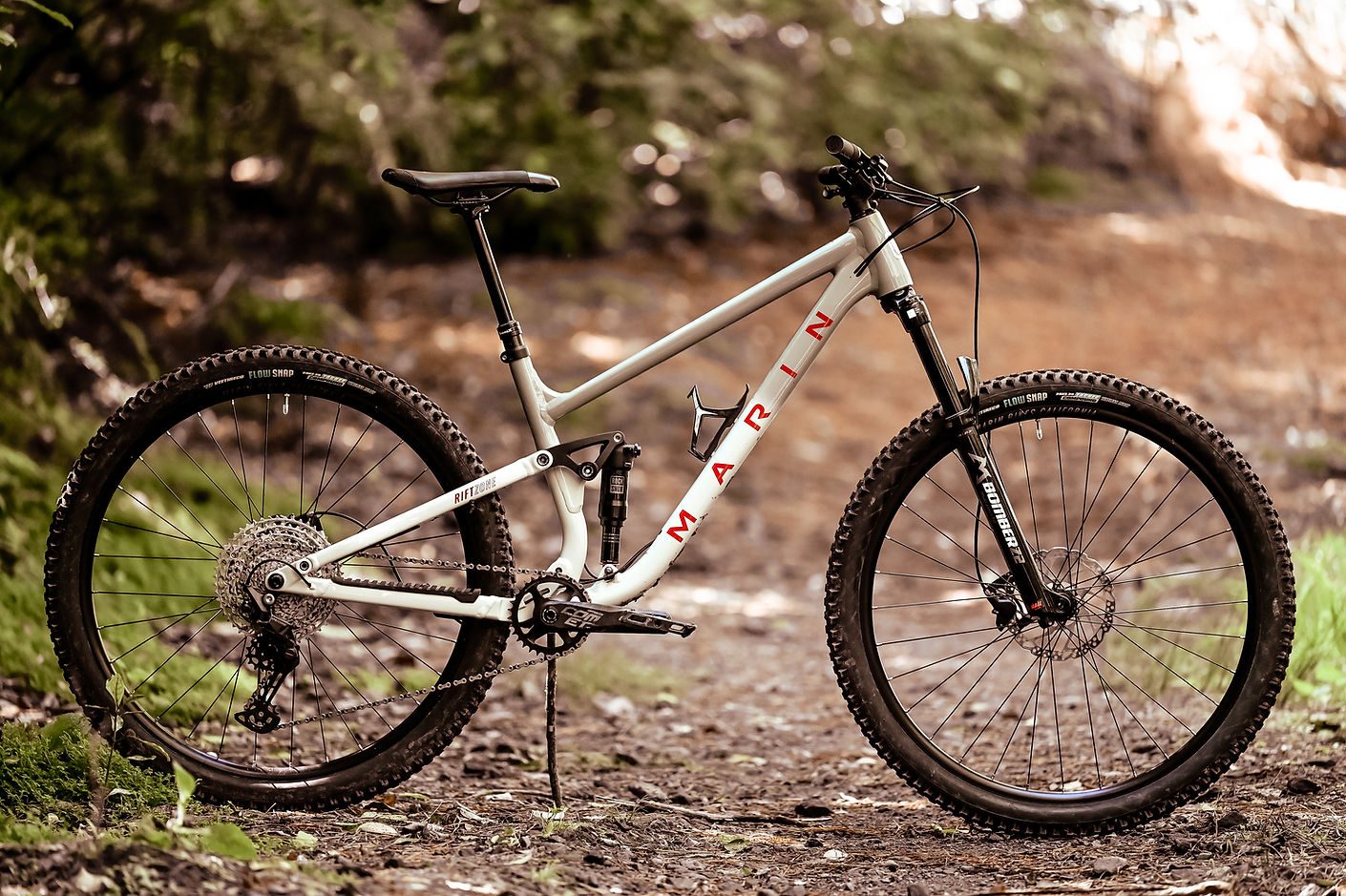
A Tranz-X dropper provides a simple but totally functional dropper seat, and it’s great to see it offered at a 170mm drop on all sizes apart from the small, which gets a 150mm version. The only other notable spec was the 2-piston Shimano brakes which felt like a swing and a miss. Even the low-cost M520 4-piston Shimano brakes would be a welcome addition, even if this raised the price fractionally.

Both carbon and alloy frames sport full internal cable routing in the front triangle with Marin’s all-new internal cable routing grommets providing a clean and rattle free cable set up. Colours are subjective, but most of our riders were impressed with the simple grey/white fade and striking red graphics. Geometry wise, our size large had a fairly lengthy 485mm reach and fairly slack 65.5 head angle. Remember, this is only a 130mm travel bike, but it is clearly pitching itself at the aggressive end of the ‘trail bike’ spectrum.
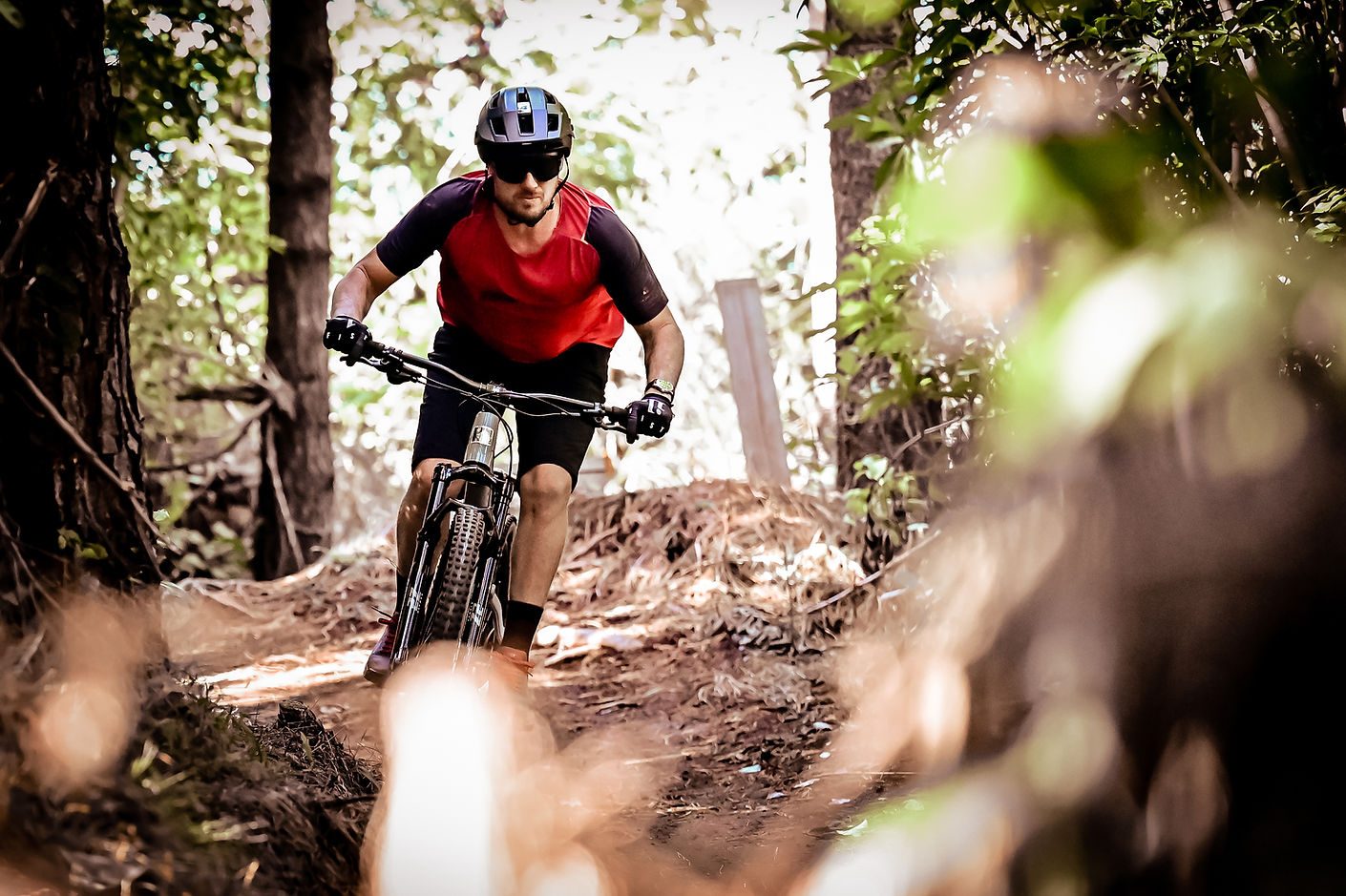
On the trail we were immediately impressed with the Rift Zone. The phrase that kept coming up was ‘bang for buck’. It doesn’t have any particular bling, but that doesn’t hold it back from doing everything it needs to do. Marin’s MultiTrac suspension system delivered a balanced ride capable of absorbing big hits with an ‘efficient enough’ pedalling platform. We were really impressed with just how much of a lively combo the slack head angle and moderate amount of travel made. Longer travel bikes can feel like they take excessive rider energy and input to ‘get up and going’, but the Marin feels spritely; the short chainstays and low bottom bracket height make for nimble and agile handling on tight turns and technical terrain. Despite being on the lower end of travel, the slack head angle gives the rider plenty of confidence to have fun and attack whenever the trail presents an opportunity. This is a winning combination for many of us, who need one bike to do most things well.
The Vee Snap tires specced also performed well. Being a new tyre for our testers, it has an aggressive pattern and seemed to pump up wider than its 2.35” label. They gave good grip and cornering ability on a range of terrain types, from loose dirt to rocky surfaces. Other parts handled suitably well too. The Bomber fork was surprisingly capable, and even outshone the RockShox rear shock which we never quite managed to get dialled, but maybe reflects its price point. The only thing we kept coming back to, were the brakes. The bike wants to be ridden hard, but 2-piston brakes have their limit and longer, steeper descents reminded us why 4-piston brakes would be a better option. It’s not a deal breaker, but something that could have made the RZ2 an absolute home-run.
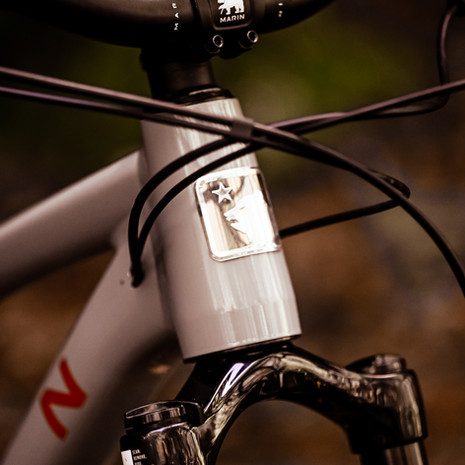
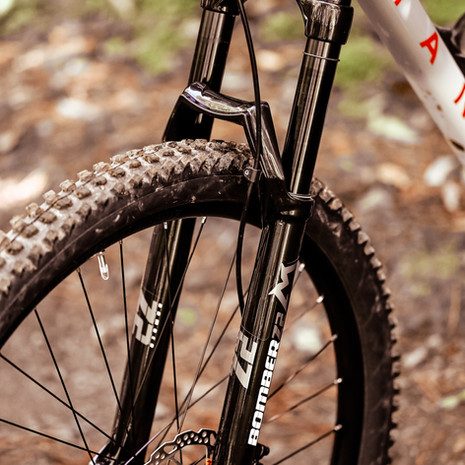
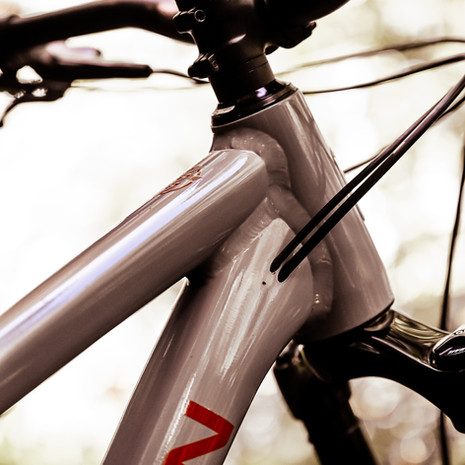
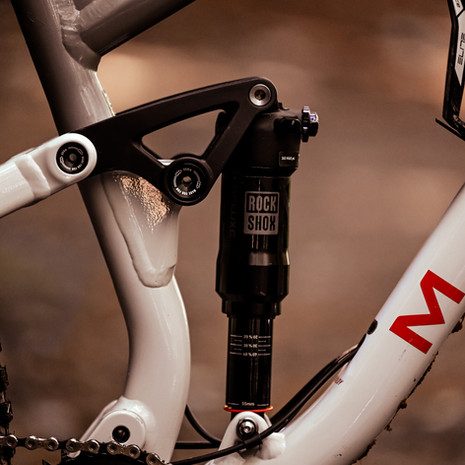
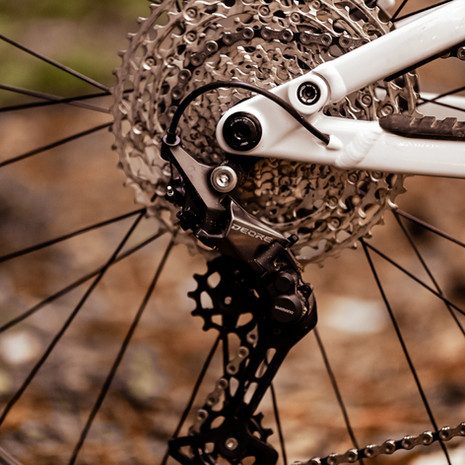
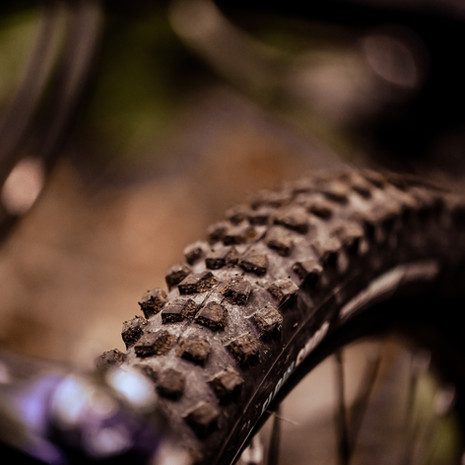
Talking to a local bike shop mechanic about the Rift Zone, he pointed out that, from a shop perspective, they have been really impressed with the Rift Zone and have seen very few issues come up, which should give buyers confidence too. They’ve sold a lot of them to teenagers, where parents are looking for a bike that is going to let their child really expand their capabilities without breaking the bank (too much). I can see that being a great fit.
Ultimately what really stands out about the Rift Zone 2, is its versatility. This bike is designed to handle a wide range of terrain, from flowy singletrack to technical descents and everything in between, and it’s not afraid to jump - something a teenager, in particular, will really like. The bike's geometry and suspension system make it highly capable and able to tackle any trail. It all comes together in a package that really feels like value for money, and greater than the sum of its parts.
Distributed by Advance Traders l RRP: $3,499
Words: Lance Pilbrow
Images: Julia Moore-Pilbrow
Location: Ōtautahi Christchurch
Words: Jordan Phipps
Photography: Cameron Mackenzie
Produced in partnership with Christchurch NZ
Ōtautahi Christchurch: a diverse and exciting city in the heart of New Zealand’s South Island, this is the gateway for adventurers and explorers alike.
The largest city in Te Waipounamu has grown from the incredible challenges Mother Nature threw the community in 2010. These days, a real buzz can be found on the city streets, although it remains an old city at heart, with many remnants of its gothic architecture still tucked away amongst the new. There’s not many cities that can claim the new, vibrant feeling Christchurch has; the city is now flush with a number of new shops, cafes, restaurants and watering holes. Areas like the Riverside Markets and The Terrace are lined with spots to check out and the rebuild has offered a ‘re-set and re-think’ into mobility and how people get around. Go down any street in the city and you’ll see pedestrian areas and cycle lanes along with a heap of cyclists using them. The city has always had a strong cycling culture but nowadays it seems more popular than ever.
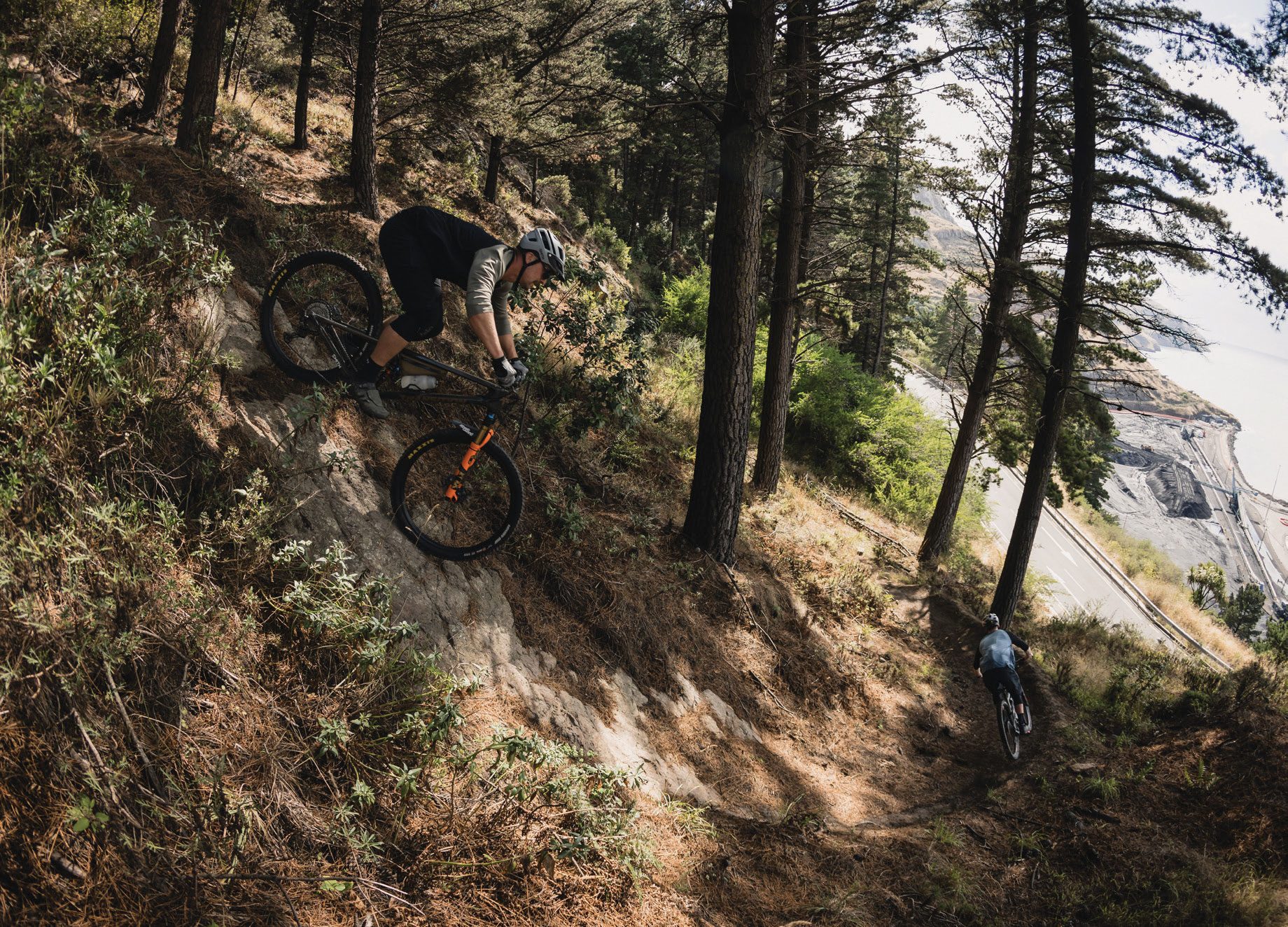
Ōtautahi exudes ‘great outdoors’ vibe and it’s clear to see why, with the white peaks of the Southern Alps standing tall, the rolling South Pacific Ocean to the east of the city and various other mountain ranges as far as the eye can see to the north. The city also has easy access to some of the best conservation and national parks, such as Craigieburn and Arthur’s Pass. Beyond that, there’s multiple options from the north, west and south. Closer to the centre, the Port Hills border the city and offer a plethora of outdoor activities. This is one of the main locations for mountain biking, with trails weaving across the city face. This, along with the addition of Christchurch Adventure Park, which opened back in 2016, make it very rider friendly, with trails from beginner to expert. The best part about the city is its proximity to the riding – you can get from the heart of town to the rolling tussocks of the Port Hills with just fifteen minutes of pedalling.
Ōtautahi blends city vibes with outdoor culture seamlessly. It’s got charm, character and so many choices of trails on its doorstep. Recently, we spent a long weekend exploring some of the best riding locations the city had to offer.
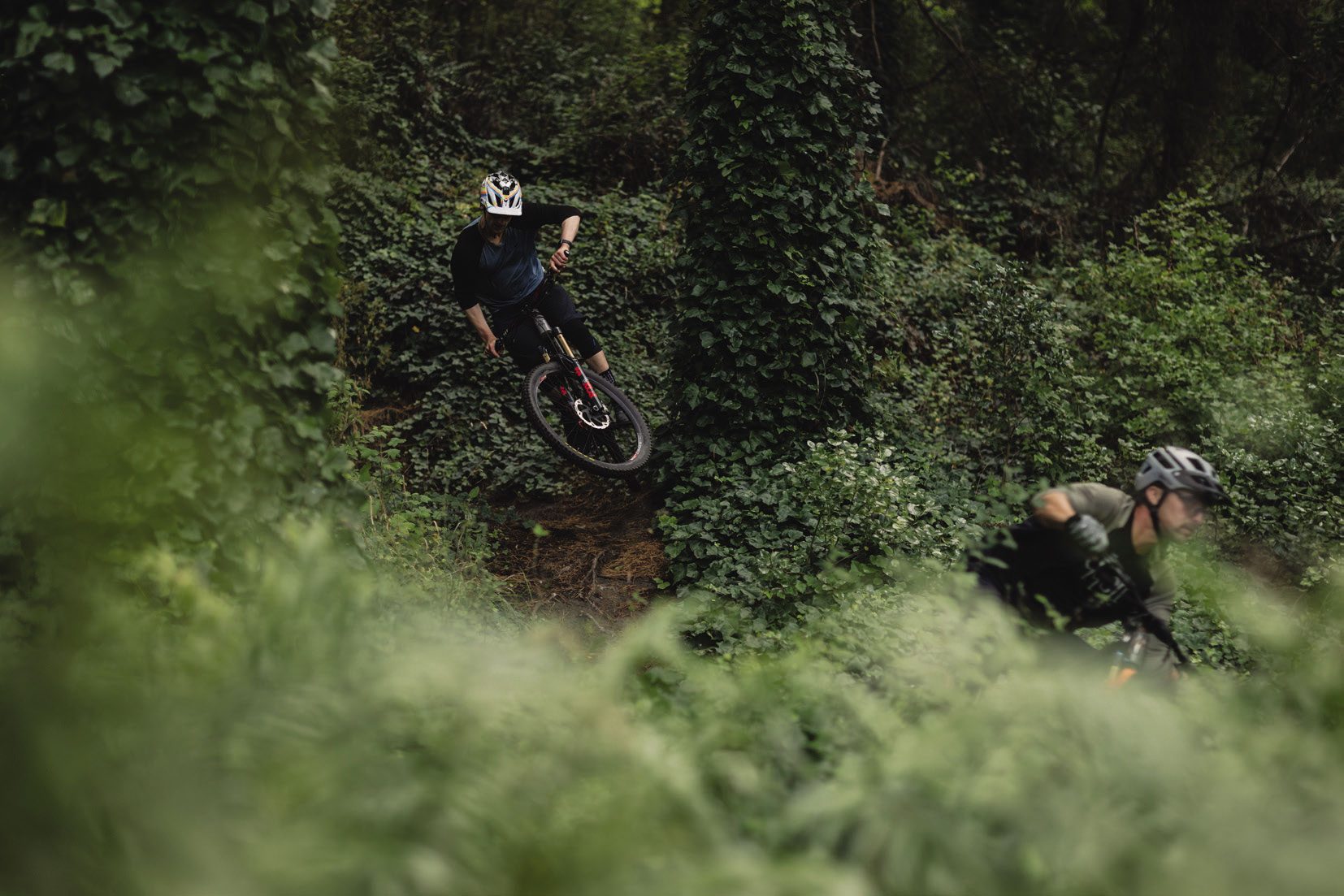
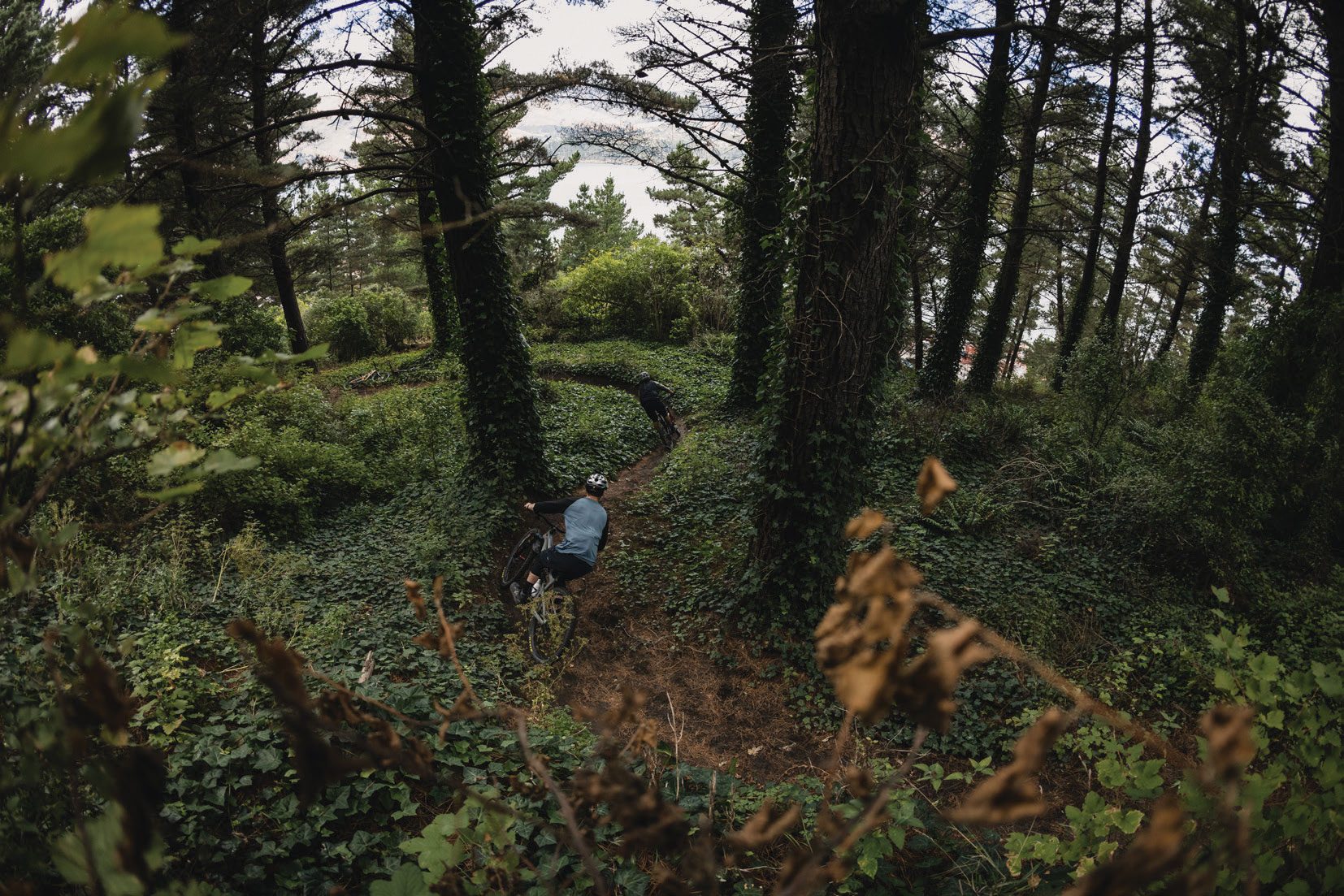
Location: Lyttelton
How’s the serenity!
Lyttelton is a treat, its own special vibe. Whether you pop out of the tunnel or drop down off the hill it’s clear you’ve stumbled upon a gem. Lyttelton is a quirky portside town filled with welcoming locals, excited tourists and, of course, the froth-searching mountain biker.
Loading up the truck and heading through the tunnel on a Saturday morning is my favourite way to get immersed in this quirky town. There’s nothing better than smashing out a few laps of the forest, then taking the time to explore the street market with its fresh food, produce and local goods. Or maybe even an impromptu half an hour yarn struck up with a traveling American tourist named Pete. Complement all of this with a hazy and a snack at Eruption, or maybe a flat white and scone at the coffee co-op, and it’s an epic way to spend the day.
You’ll often find Lyttelton bursting at the seams but, somehow, it always manages to retain a chilled and relaxed feel. Even the trails here seem to embody the same feeling, a nice way to escape the hustle and bustle of the city side tracks. It’s not entirely uncommon to lap out the forest and only share the stoke with yourself.
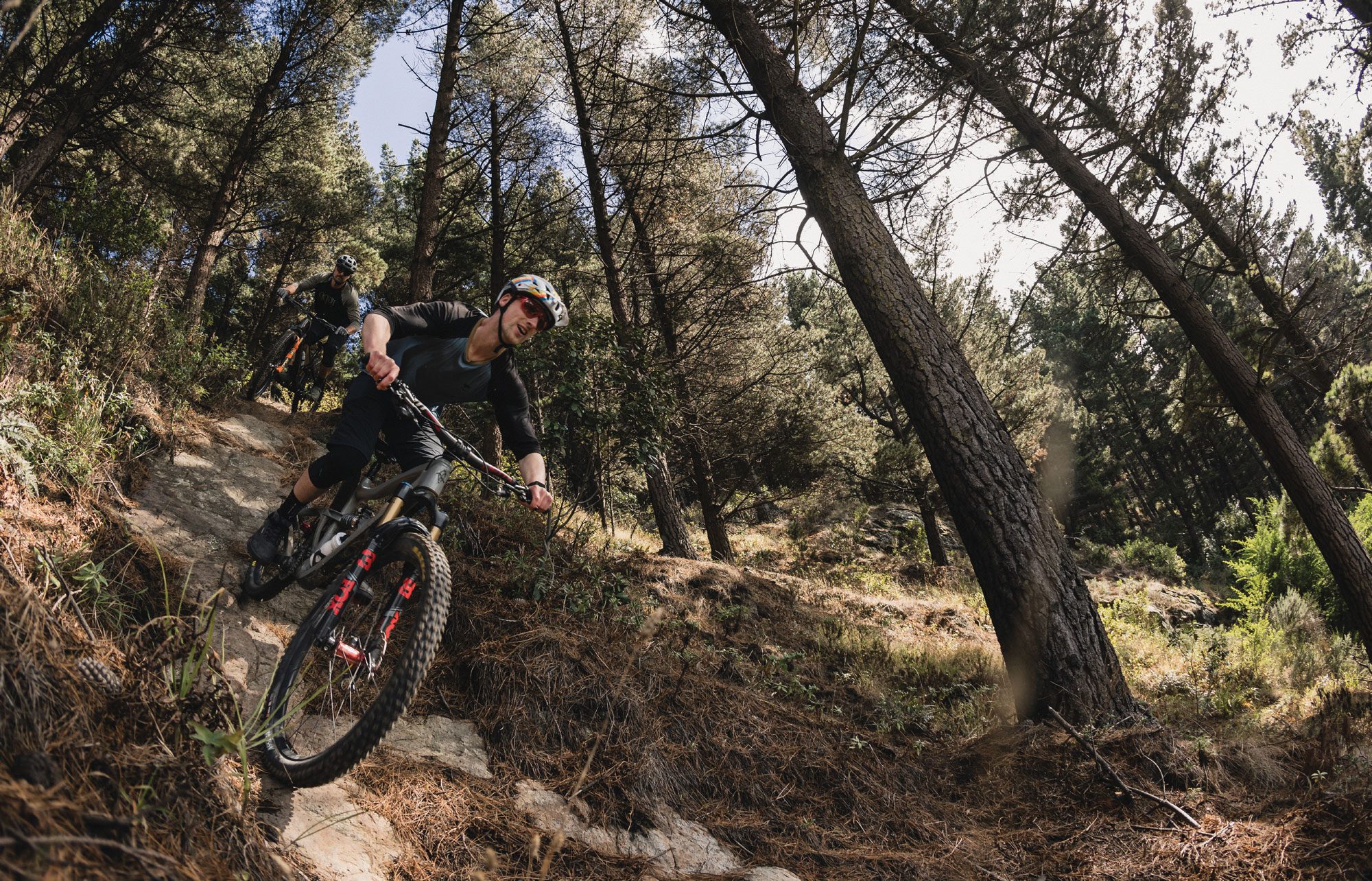
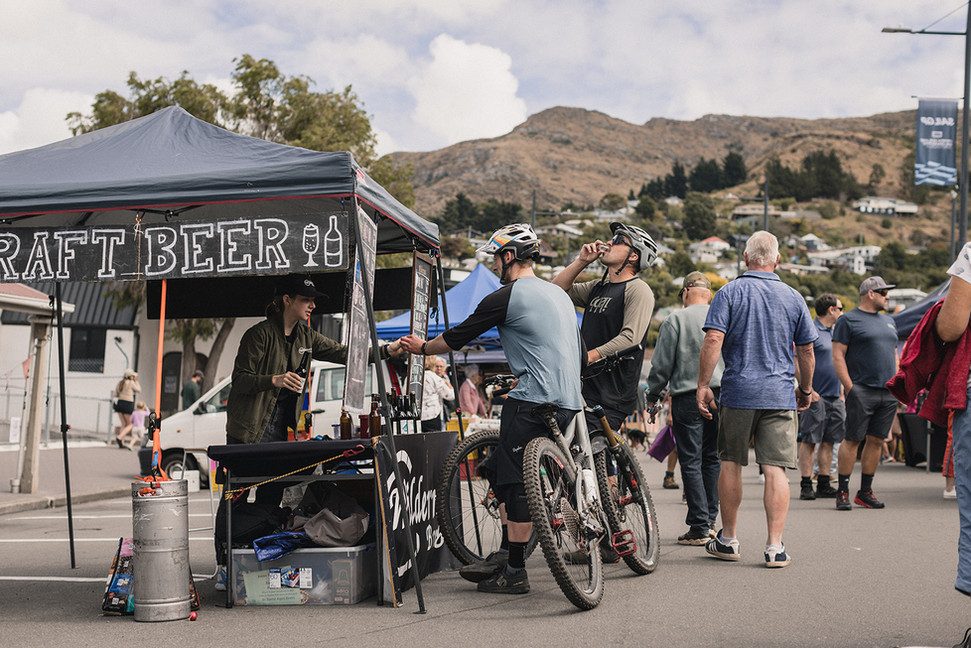
The Lyttelton trails are located in the Urumau Reserve, which is accessible from the top of Foster Terrace. Parking can be a little scarce and with the classic narrow Lyttelton streets, I just find it easier parking in the township and pedalling my way up. A large bonus of parking at the bottom is being able to exit the trails down onto Evan’s Pass when the times comes for your last lap. A rad road bomb back into town for a beer certainly beats an uphill ride back to the car.
Lyttelton, it has loam! It can often be a little haven of dampness sheltered from the hot winds that the northern side of the Port Hills face. Trails like Grommies make it feel like you’ve been transferred into the rainforest, with its green, dank vibes and native flora lining the forest floor.
The Urumau trails are constructed and maintained by the Lyttelton Mountain Bike Club, and their effort and hard work shines through in the quality of rider experience. Janky descents and flowy corners duck and weave through the canopy of trees; the trails cater for everyone.
As a Christchurch local, I can say Lyttelton is a ‘must ride’ spot in Canterbury. Whether it’s a day spent lapping out trails, or perhaps visited in conjunction with an epic ride out to Godley Heads. No matter the plan, make sure Lyttleton is on your list.
Trail Recommendation
Urumau Track – Stormer – Grommies
After-Ride Recommendation
Location: Eruption Brewing
Snack: Fish Taco
Drink: Hydration – Pyroclastic Haze
Accommodation
Rydges Latimer



As a Christchurch local, I can say Lyttelton is a ‘must ride’ spot in Canterbury. Whether it’s a day spent lapping out trails, or perhaps visited in conjunction with an epic ride out to Godley Heads. No matter the plan, make sure Lyttleton is on your list.
Trail Recommendation
Urumau Track – Stormer – Grommies
After-Ride Recommendation
Location: Eruption Brewing
Snack: Fish Taco
Drink: Hydration – Pyroclastic Haze
Accommodation
Rydges Latimer
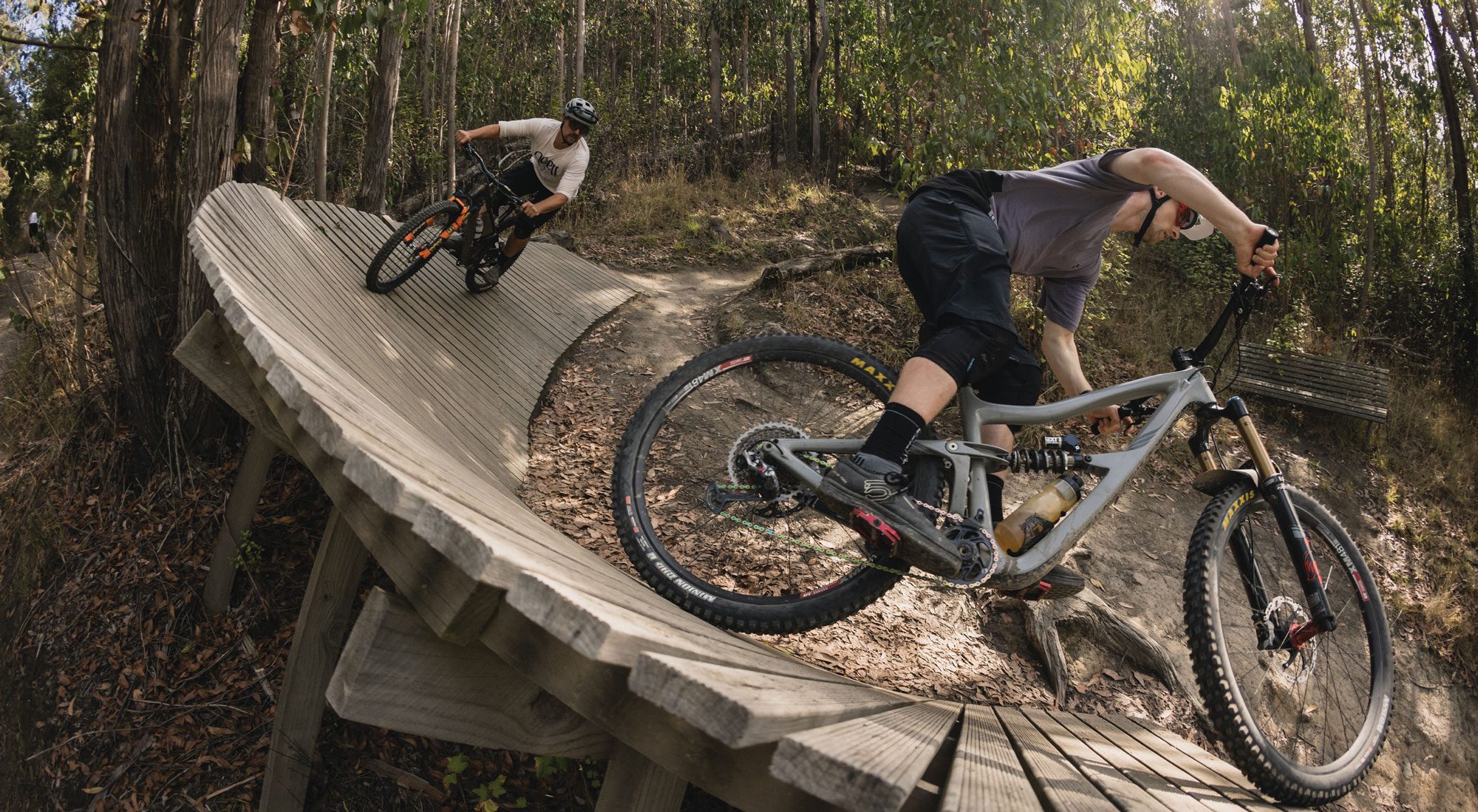
Location: Victoria Park & Port Hills (Te Poho-o-Tamatea).
This area was formed over 12 million years ago through intense volcanic activity. What remains is the left overs of the Lyttelton crater lake. The terrain is perfect for mountain biking – long, gradual ridges and deep valleys are dotted with trails, spreading from the east with Godley Heads and Lyttelton, across to the western side, where you’ll also find Halswell Quarry Park. Conveniently parked right in the middle is Victoria Park and the Christchurch adventure Park. It’s hard to ignore the calling of these infamous hills, even when you are immersed deep in the city centre; the tussock covered slopes are always beckoning.
For me, Victoria Park (and Bowenvale Valley even more so) is the spiritual home of mountain biking in Canterbury. Core memories of dusty shuttle days, and time spent watching wild National Races in the early 2000’s, quickly flood back to mind. The rock and roll days of early DH racing will always be a part of Victoria Park, but it seems the times have changed – you’re more likely to find trail riders out cutting laps now, or even the odd rogue gravel rider punishing themselves battling on the drops.
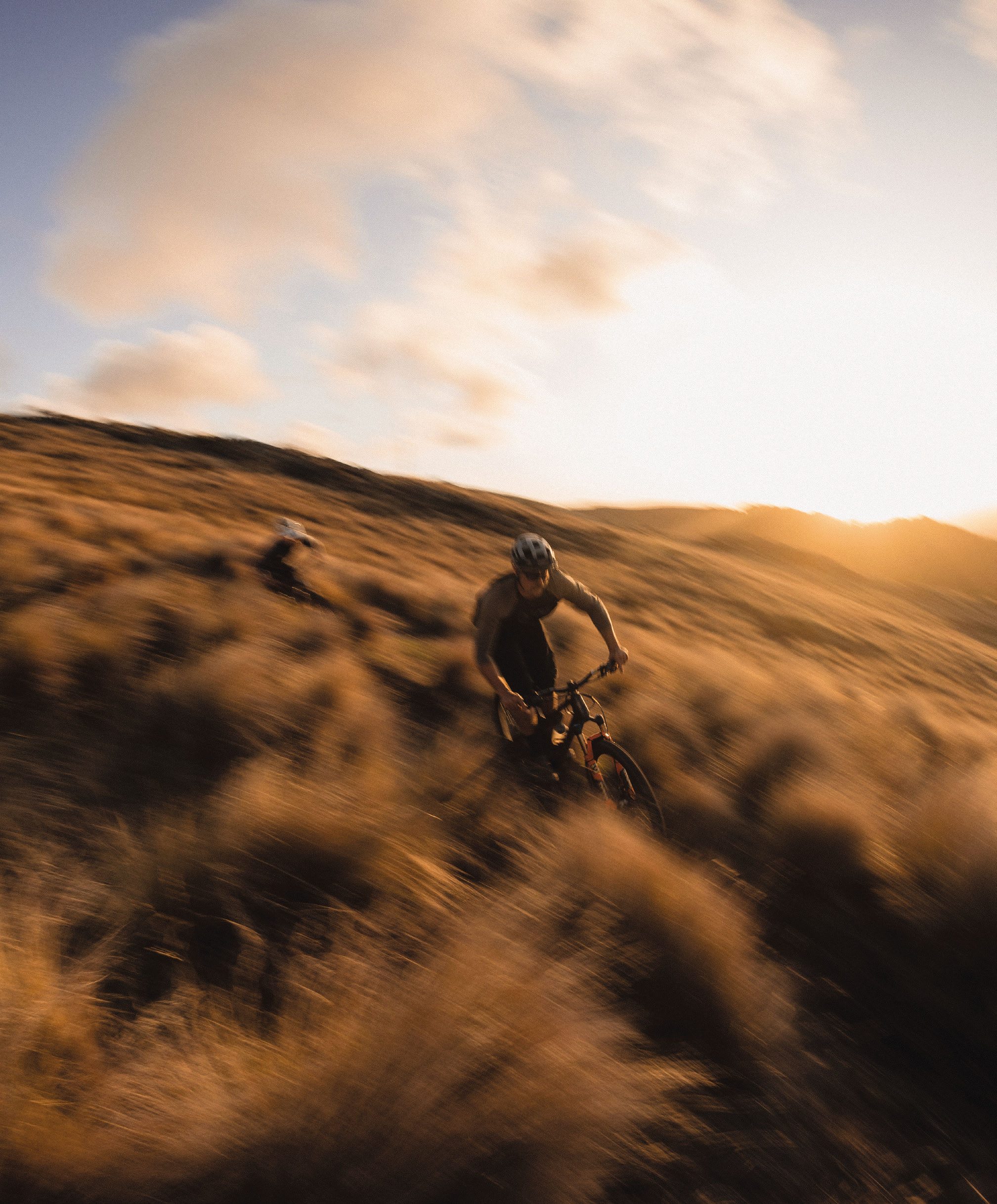
The vintage days of Iron Horse Sundays and Foes Mono’s slapping corners may be a distant memory but the trails that founded my froth are still here. The likes of Lava Flow and Huntsbury DH are still local favourites and with rapid descents and epic vistas these are ‘must rides’! It’s best on a sunset so ensure you pedal up in the evening light to see and capture it.
Accessing the park is a breeze – the evolution of drivetrains and wide range cassettes make climbing the fire roads a far more enjoyable affair. The park also has many access points. If you like a challenge, park up at the head of Bowenvale Valley and sweat your way up the 4WD road – see if you can clear the pinches without dabbing! Personally, I find the park best experienced when accessed with a classic Rapaki track climb. Pair that with a pedal west across the iconic traverse trail and you have an iconic loop!
The traverse trail itself is a must ride and is as Christchurch as it gets. The narrow tussock lined corridor leads riders from one side of the city to the other. A multi-direction trail, it offers both descending and climbing options and exceptional views from the Pacific Ocean right around to the Southern Alps.

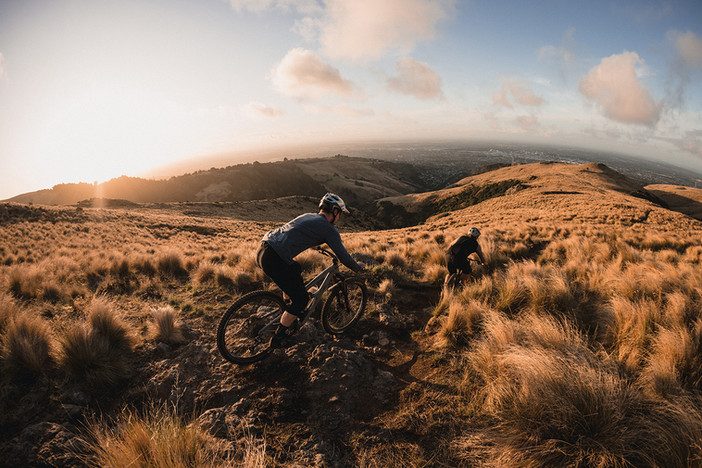
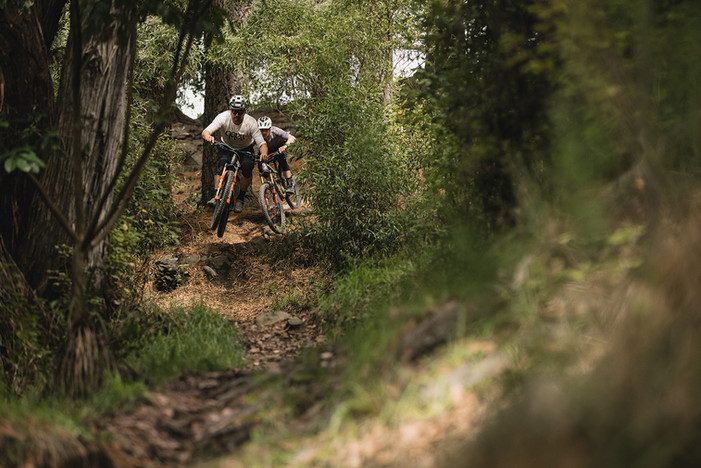

Trail Recommendation – Scenic Option
Rapaki – Traverse Trail – Brakefree – Sesame ST – Bike Park Connector
2000’s Flash Back Option
Tilted Sally – East Side Bush Track – Bridges
After-Ride Recommendation
Location: Moon Under Water
Snack: Fried Chicken Burger
Hydration: Alpha Juice
Accommodation
Rydges Latimer
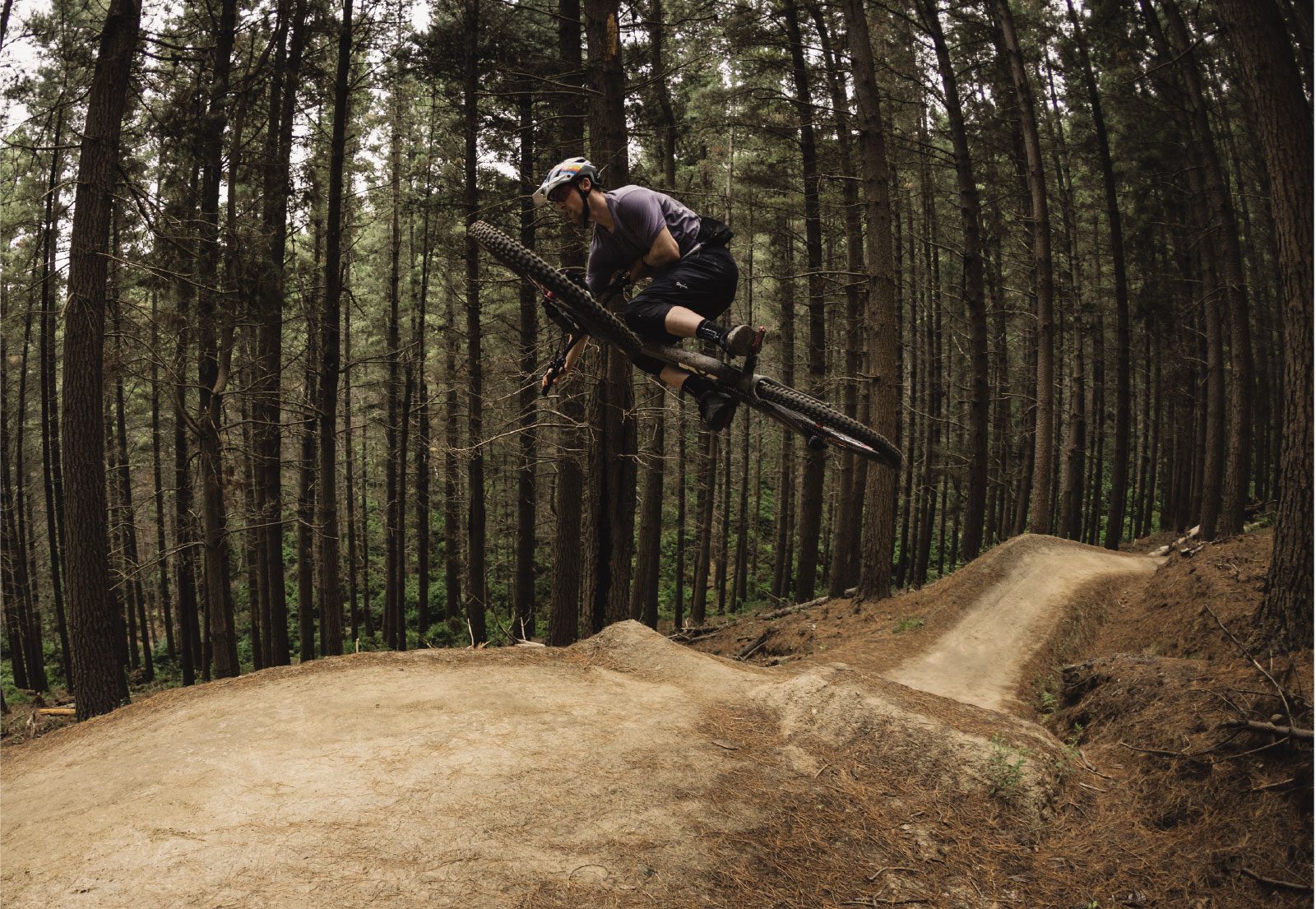
Location: Christchurch Adventure Park
Nestled in the shadow of Marley’s Hill lies the Christchurch Adventure Park. The park is a dream come true for local riders and offers a fully lift accessed mountain bike park as well as a zip line and numerous hiking trails.
The Christchurch Adventure Park (CAP) has risen like a phoenix from the ashes (hence the name of its annual Phoenix Enduro Race) after being badly damaged by the Port Hills fires, back in 2017. A strong effort from local volunteers and the trail crew at CAP meant no time was wasted in getting the park back into action.
I’ve found the park has been a great way to introduce new riders to mountain biking – the ease of lift access and variety of trails available ensures there are options for everyone. Getting your significant other involved in the sport has never been easier. Failing that, there’s always the bar at the bottom as a last resort, to reconcile any differences. Turns out, there’s only so many times someone wants to be told how to go around a corner before my instructions grow thin….
The park sits just to the west of Victoria Park, meaning an easy traverse back and forth between the two can open up an even wider network of trails, all easily accessed from the ease of a chairlift ride. I personally like to use the lift to save my legs, and every now and sneak my way over to Victoria Park for the ultimate combo of park and tech fun!
In true Park Rat style, my favourite haunts are Askins and Gung Ho, two blue trails that loved to be lapped. Gung Ho being a technical blue trail, rapid and fun at high speed, and Askins is a blue jump trail. Both I find are pretty forgiving – the kind of trail that, when you’re on one, you can fully unleash and feel like a pro – but, in contrast, also the kind of trail you could head down when you’ve got that one mate who’s convinced they were almost pro once but can’t seem to stay upright on a bike now. You’ll both still have fun.
Really, my true favourite haunt at the Christchurch Adventure Park is the café and bar – the home of hot food and cold beer! The deck here is a great spot to watch riders with more skill then myself fly over the ‘Mulch’ jump and pull shapes most gymnasts would be happy with.
After the realisation that the skills you thought were once there are definitely now gone, make sure you swing into the skills area on your ride out. An area loaded with progressive jumps, corners and drops, a few sessions there and you’ll be on the ‘Mulchie’ in no time.
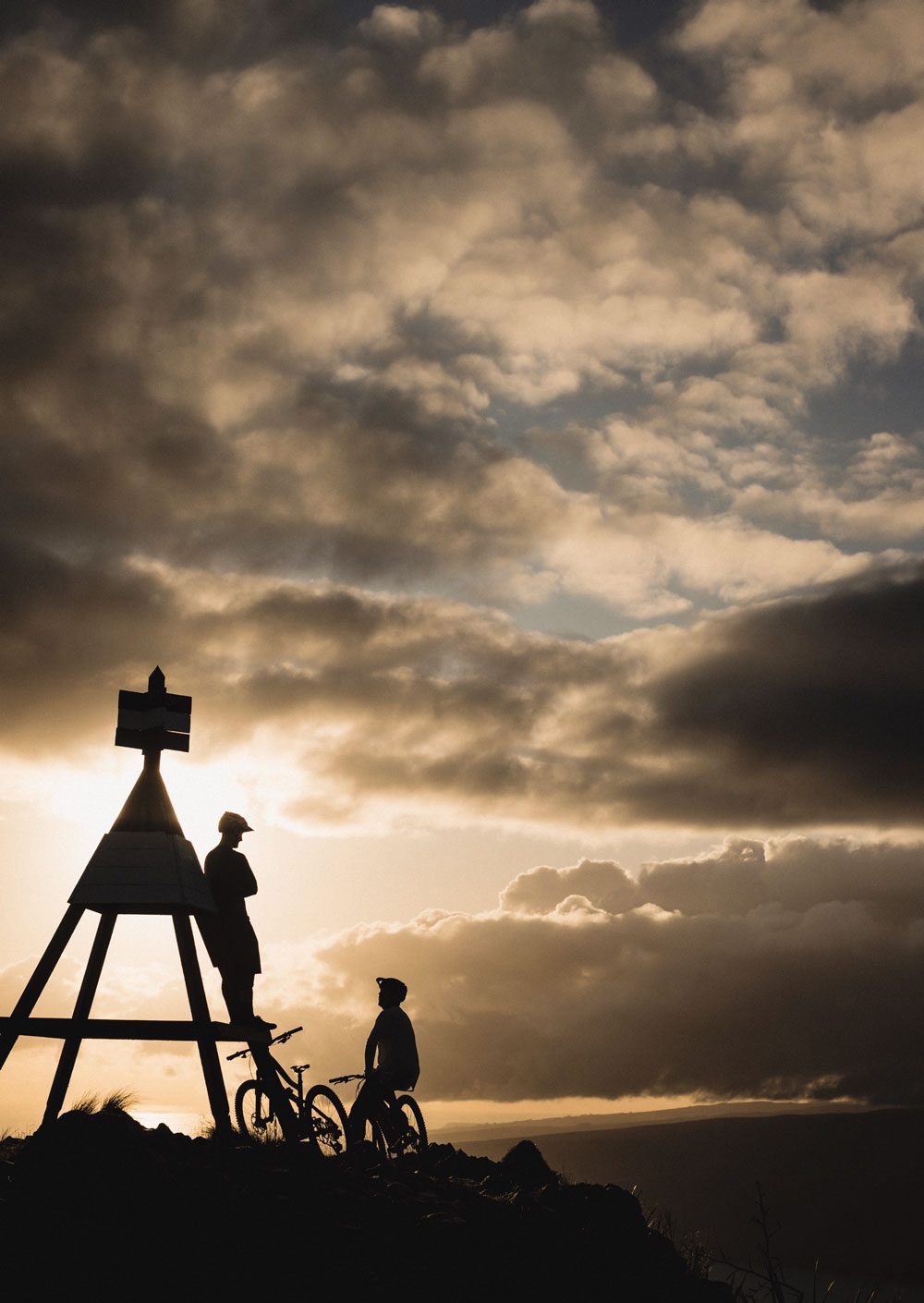
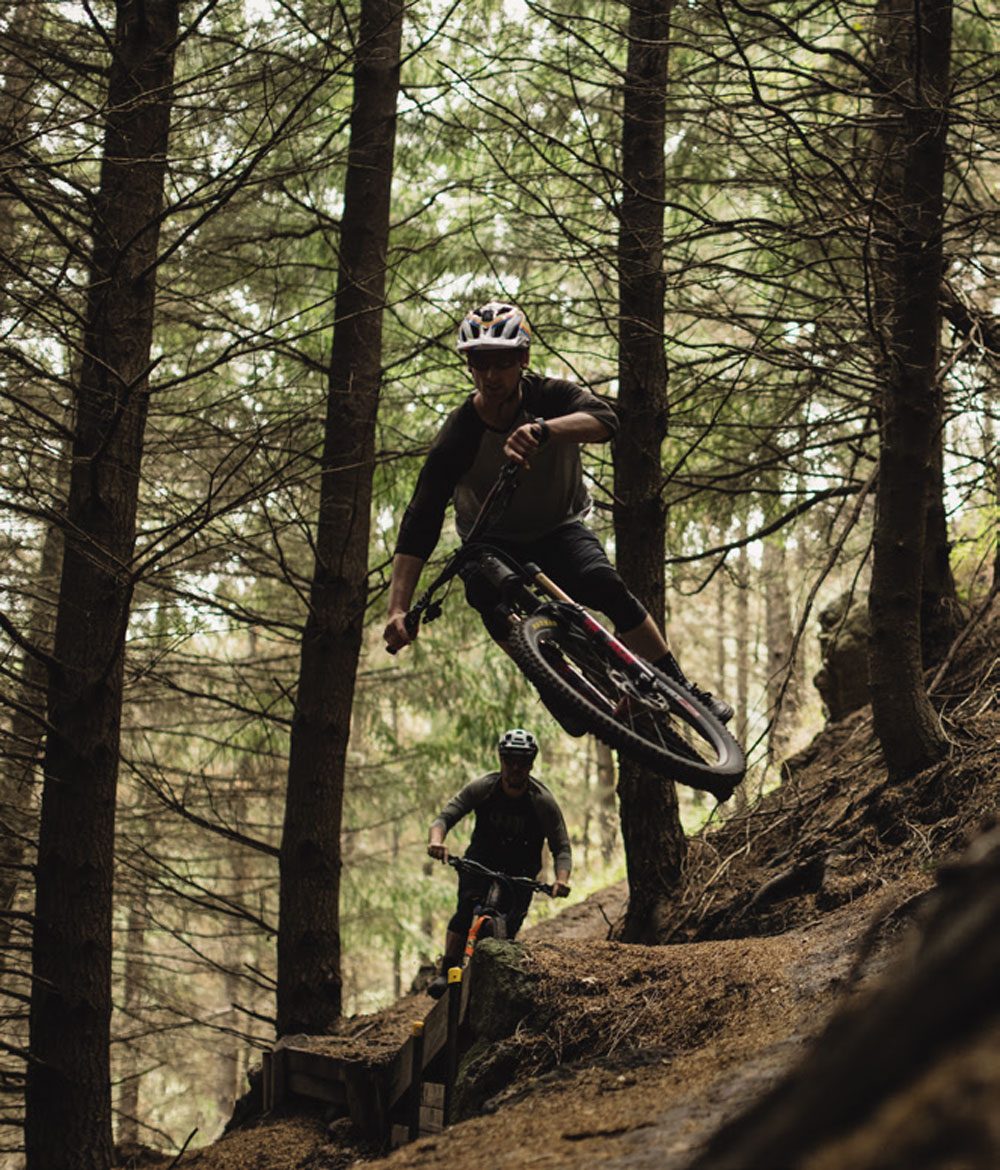
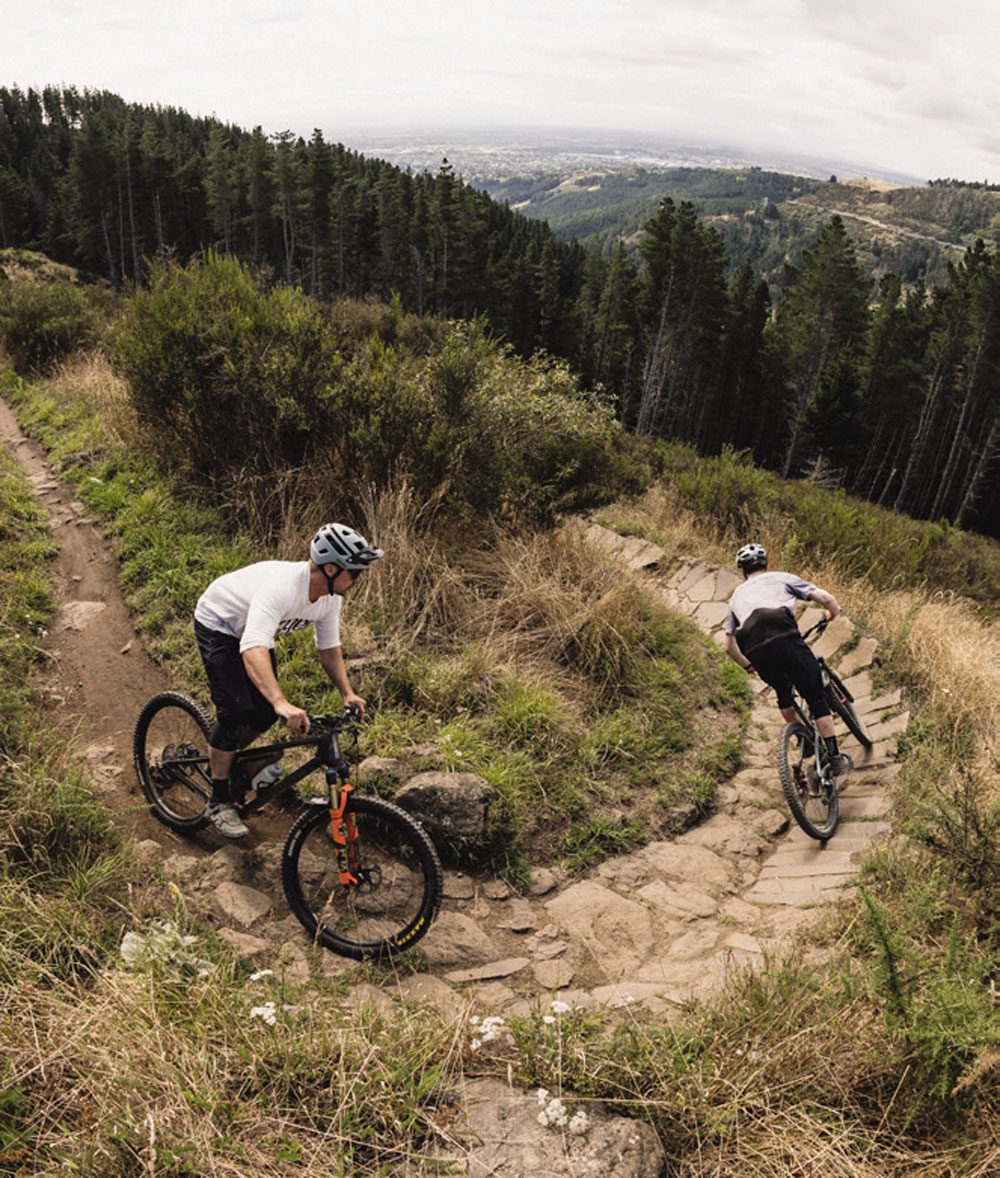
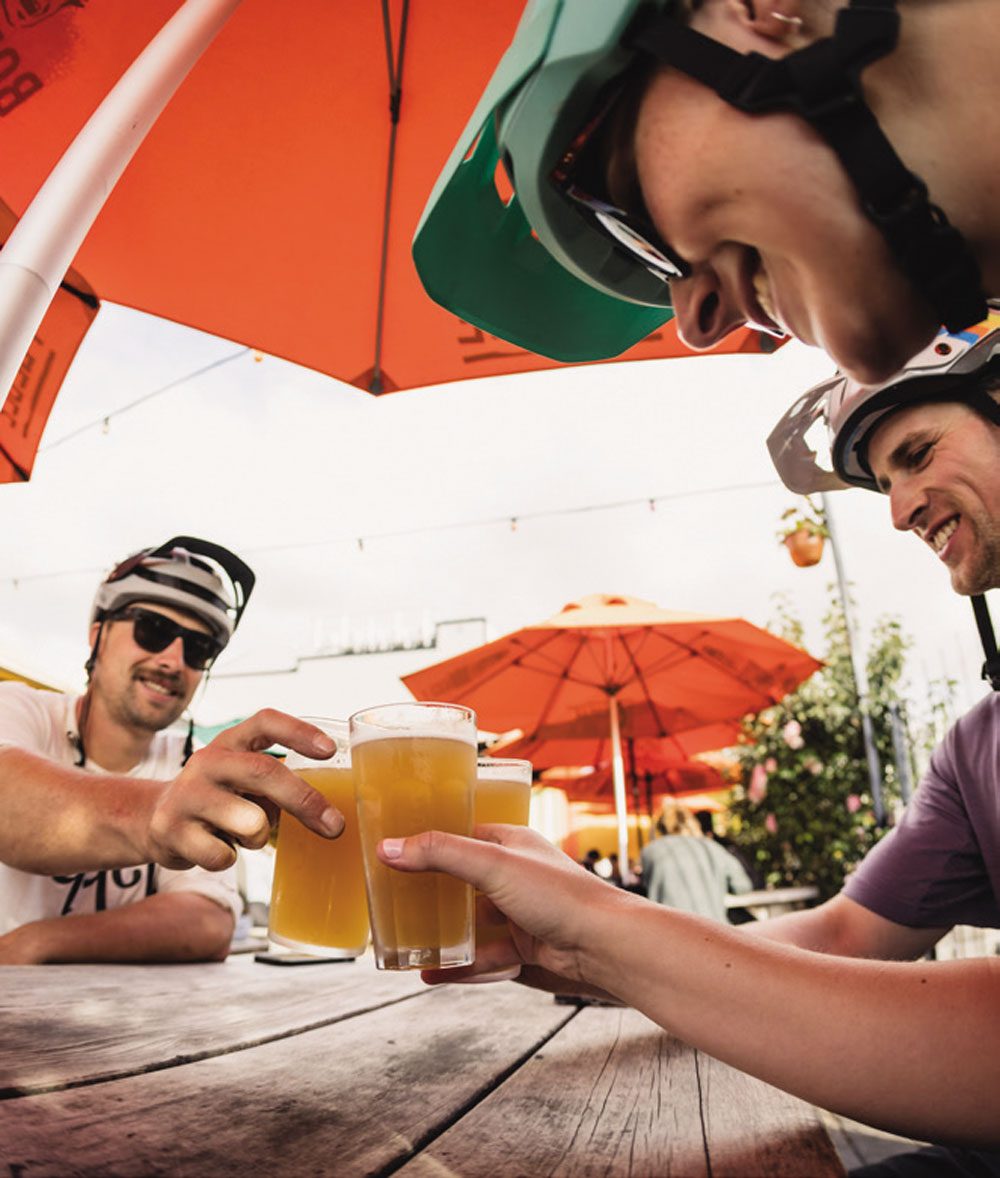
Trail Recommendation
Summit Connector – Flying Nun – Choir Boy – Gung Ho
After-Ride Recommendation
Location: Adventure Park Café & Bar
Snack: Karaage Chicken Sushi Bowl
Hydration: Cassles Nectron IPA
Accommodation
Cathedral Square Novotel


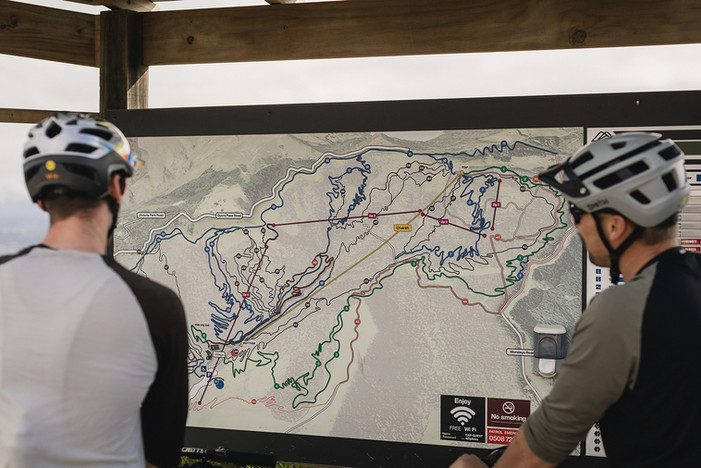

The riding gems are many within Ōtautahi’s city borders. Being predominantly flat and surrounded by hills means that whenever you descend a trail, you can easily get to your crib or digs. It’s also very easy to navigate and, in this modern age, a device will help direct you anyway. The intersection of unique city flair mixed with vibrant outdoor culture makes it shine. You can easily ride flow or technical trails and then be immersed in a café, city bar or restaurant for provisions and replenishment before heading back to the hills or calling it a day. The cycling culture is everywhere you look – people are on bikes! From commuters and roadies to gravel riders and, most often, mountain bikes – especially when you get close to the Port Hills. The riders range from young groms right through to old dogs and pretty much everyone in between.
Ōtautahi has a vibe, it’s going places and there’s a heap going on. The riding here just gets better and better, and you can see why world-class riders reside here. With riding in such close proximity to the city, with epic spots all around, this location is not to be missed.

The Next Episode: SRAM Eagle Transmission
I have to admit - we have it pretty good with today's mountain bikes, and the products that hang from them. Everything is pretty damn dialed, and reliable too. Things have really come on in the last 10 years and I'd say one of the big driving factors behind that was the introduction of the 1by drivetrain.
Eleven years ago, SRAM shook up the mountain biking world when they released their new-to-the-world XX1 groupset; the first 1by dedicated groupset. It was gorgeous; the narrow wide chainring blew people's minds. I remember looking at the cassette and thinking, ‘holy shit, you could eat your dinner off that, it’s so big’. Mind you, that was a measly 42t compared to today's 52t cassette. That groupset really did change the game.
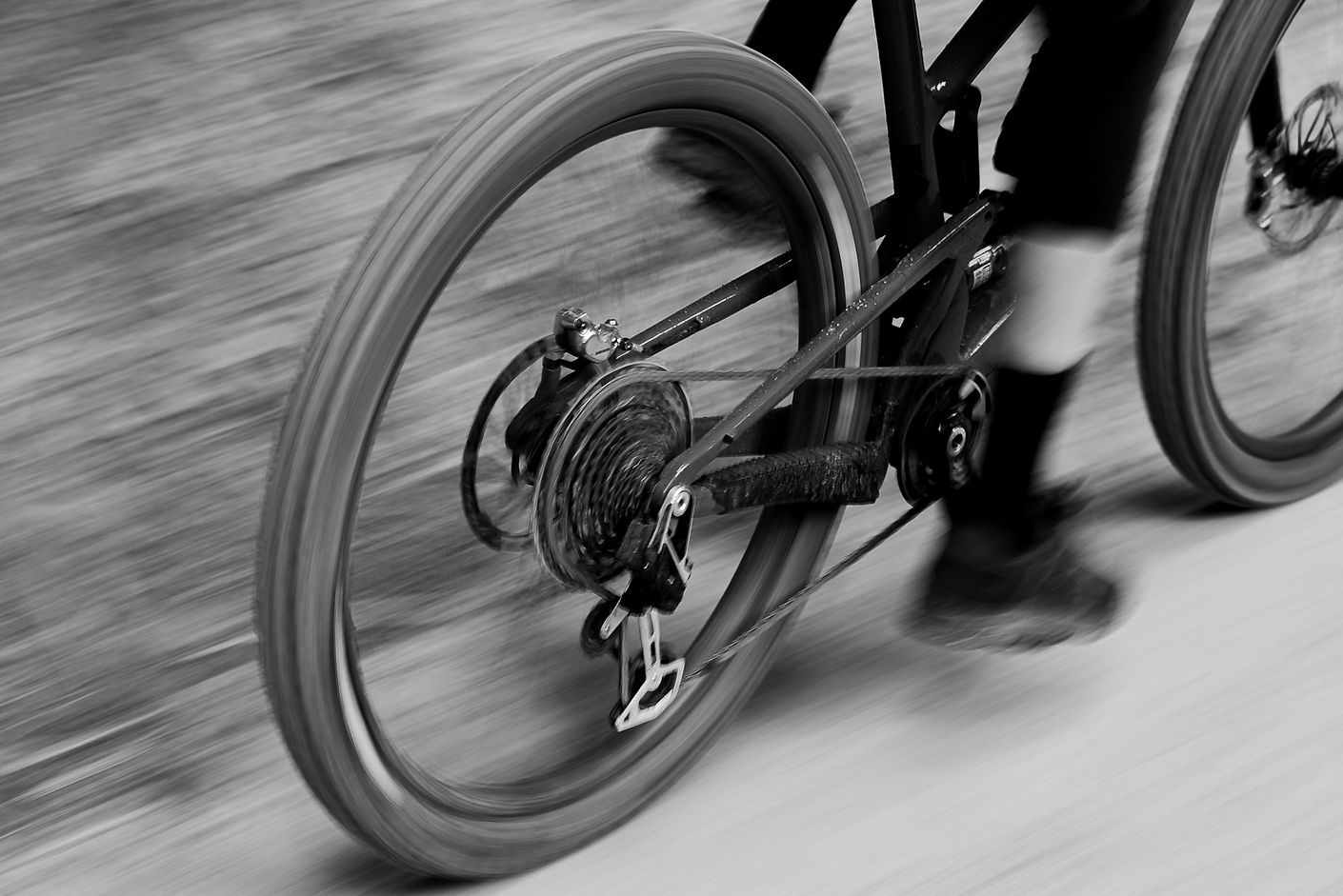
Now, 11 years later, SRAM is back at it. Disrupting the normal; rewriting the rule books - and changing the game for the future. Enter, the new XX1 SL, XX1 and X01.
SRAM has gone back to the drawing board and reimagined the way the derailleur mounts to the frame. Gone is the hanger. In its place, a clevis mount derailleur. The new system is designed to work on bikes that use a SRAM UDH hanger interface.
A couple of years ago, SRAM brought out the UDH (universe derailleur hanger). The purpose of it was to create a better derailleur hanger, that other bike brands could adopt. It was a standard that made sense and, slowly, more and more bike brands have been getting on board with the standard. It was a really good move forward for the bike industry. This new AXS system builds on top of that. The hanger is replaced by a direct mount clevis on the frame. By making this change, you massively increase the stiffness and strength of the derailleur. It's not just held by a single bolt to the hanger; instead, it mounts both sides of the frame. When you induce the hub, frame and axle it creates an interface that is incredibly stiff and really strong, so much so that you can put your bike on the ground, stand on the derailleur on one foot then get back on your bike, ride away and the shifting will still be perfect. That's not possible on a normal hanger set-up - something will bend. I had my doubts about it until Chris showed us - it was super impressive.

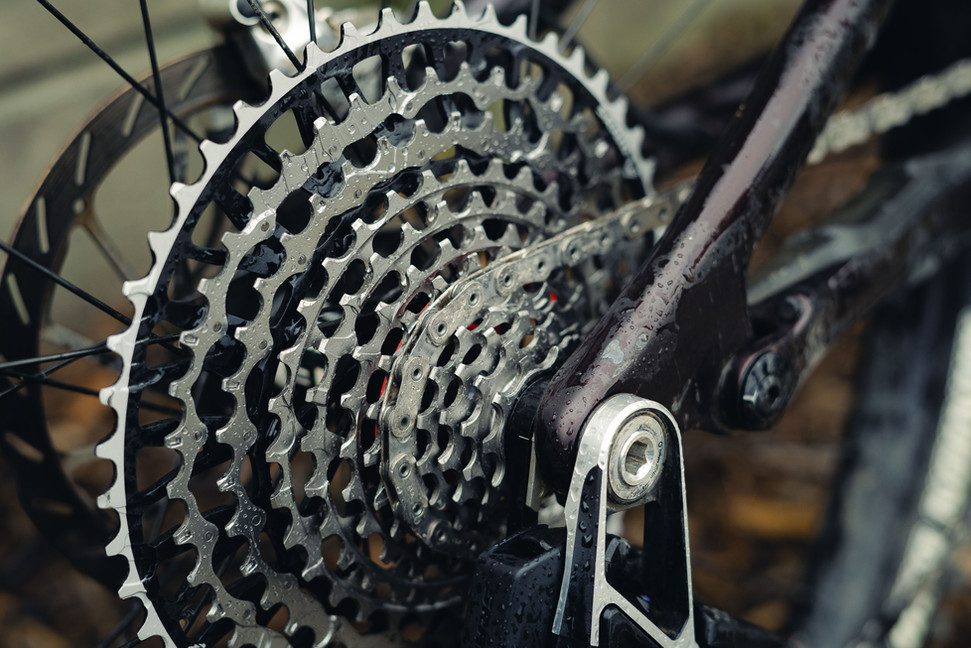
The derailleur keeps the override clutch system that lets the mech move out of the way. It’s fantastic, and something that seems to get used regularly on my current GX AXS. It's saved my hanger from getting bent so many times and I’ve never needed to straighten it like I would have with a normal cable set-up. The clevis mount, combined with the override clutch, gives you a system that should (in theory) be very hard to put out of tune. Overall, it’s a much more reliable system with more pierce gear shifting offering a better experience on the trail.
SRAM has also introduced other technology to these groupsets: flat-top chains that come from their road bike groupsets. These increase efficiency and durability whilst looking flipping awesome. X Sync can now be seen on the cassette, improving the shifting and chain reaction. It really lets you shift under load without the worry of skipping gears. I’d imagine it also helps with the durability of the cassette. The recent SRAM x Dome cassettes have incredible wear life if you replace the chain regularly. I think these new ones will blow them out of the water, as long as you keep up-to-date on replacing the chain when it's worn.
The smart engineers at SRAM Germany really went to town on this, and have gone over everything with a fine-toothed comb. Chris Mandell (SRAM PR) told us that they looked at all the warranty data they had collected over the last 10 years and tried to eliminate as many of the issues as they could. The way to do this was to redesign the whole system and imagine a new way of doing things. The clevis mount gave the ability to produce a far superior product and gave the engineers more ability to optimise every last bit. There are so many little things they have done that all add up and just make it a joy to use - such as the slight bend in the derailleur cage. It looked like it had been bent on the trail but in actual fact, it was supposed to be like that. It helps keep the pulley chain interface better aligned when at the extreme ends of the cassette. There are two different modes to set the cage to, depending on the chainstay length, along with many other little things which have been optimised to create an overall better product.
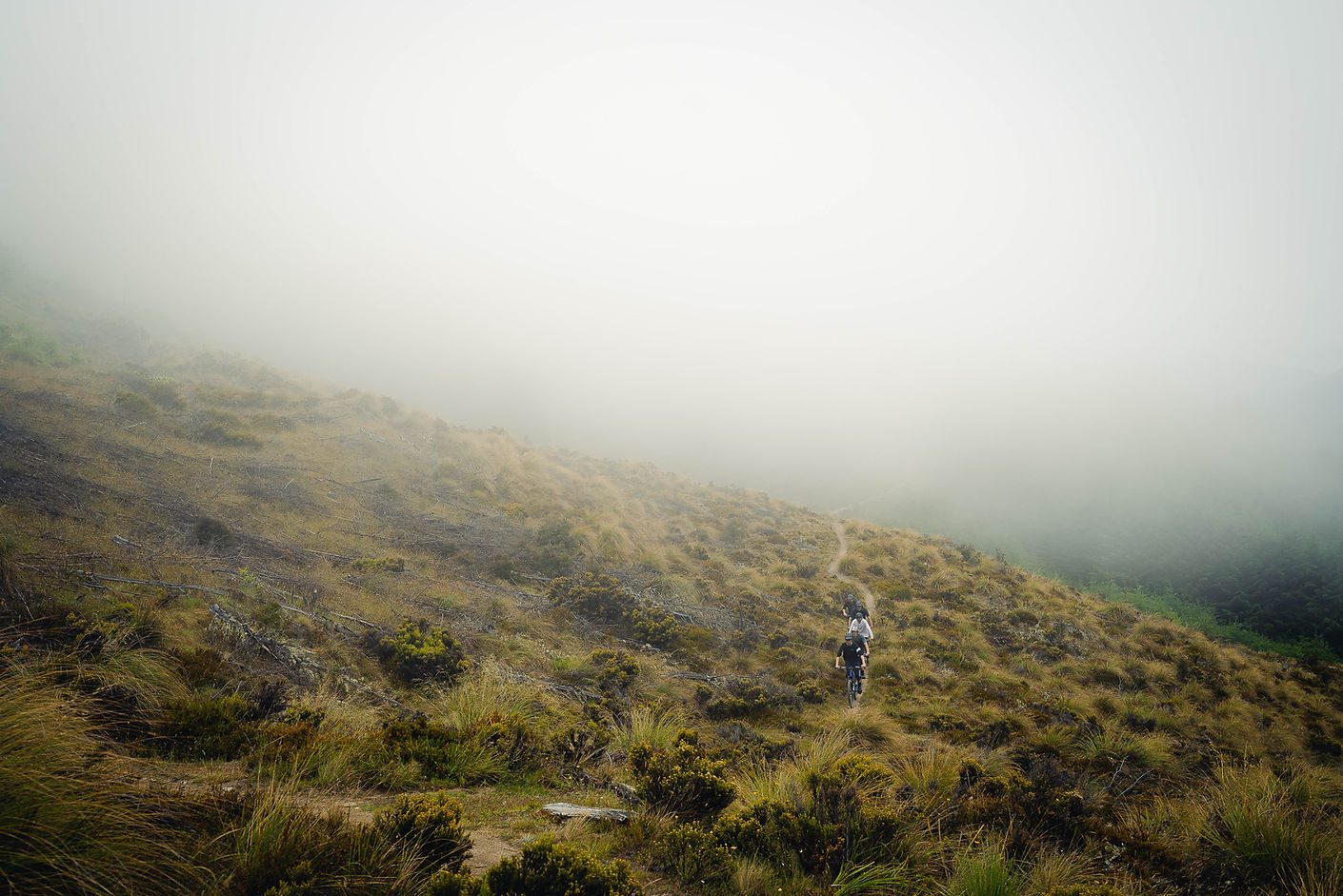
Set up has become easier than ever before. I won’t go into exactly how you go about it - the SRAM technical manuals have that all dialed and are a great source of information.
“We gave this product out to some of our racers this year, on the EWS, and the mechanics keep overthinking the setting up of the system,” explained Chris. “They keep telling us: ‘it can't be this easy!’”. Easier setup leads to fewer problems and fewer tuning errors from the get-go.
Now, I imagine you're thinking; ‘that's all well and good, but what happens if I crash and absolutely smash it into a rock and manage to bend it?’. Well, yes. Shit does happen, obviously. In that case, on a normal hanger mech situation, both of them would probably be a full write-off and due for the bin. In the case of this new system, well, I'd be very surprised if you were able to bend the clevis. It is truly that strong and stiff. The good news is that the rest of the derailleurs are rebuildable. If you do damage a part, it will most probably be replaceable. You can remove the cage without using any tool. A simple little ‘tap’ while unscrewing the cage will loosen it up. The tension spring and clutch are now built into the cage, so servicing and cleaning these parts has become super easy and something that can be done in no time. The face plates of the parallelogram are replaceable as well. Is your mech looking a bit scratched up and tired after a year of use and abuse? Simply slap some new ones on, and it will look brand new. I’m really behind this - I love when brands make their products rebuildable and serviceable; products that they want to see being used for years and years; products that you can fix rather than just replace. It is the way our industry should be heading, rather than adding to a ‘throwaway society’ just because one tiny part breaks or wears out.

The derailleur looks slick – it’s futuristic looking, almost taking some of that cyberpunk aesthetic and feel that Hyundai is using in their cars. There are sharp lines throughout, highlighted by the brushed alloy metal on the black derailleur. It’s a solid unit of a mech and it looks like you could take this thing through the gates of hell and come out unscathed. The new cassette is a work of art as well. As you looked closer, you realise SRAM have added X Sync to the cassette as well. Mind-blowing stuff. The new shifter - or pods as SRAM refer to them as – have a more traditional, ergonomic design compared to the previous generation. It uses a two-button system, one placed above the other. The rubber paddles require a push, making them feel like a shift versus a tap. The return spring built into the paddle gives you that positive, almost mechanical, feel. Personally, though, the pièce de résistance was the new XO cranks. They are gorgeous. A change from carbon to alloy, they are unlike anything else on the market (well, minus 5DEV). They're minimalist, cyberpunky and abstract. You can tell they used what they learned from their AI crank program and applied it to this. There’s a hole near the crank bolt, highlighted by the brushed metal accent that gives the look of a drawing compass. The bushed metal has been placed in the part of the crank where you’re most likely to get foot rub, thus keeping the crank looking brand new for years, for us chronic shoe crank pedal rubbers. The final piece that set these off, is the return of the bash guard. Why these ever feel out of fashion I do not know, but I’m so glad to see them back. They mount on the chainring and can be removed if you see fit. I’m such a fan of these.
From the first shift, you realise this is something special - it’s not just another groupset, another new drive chain. It’s more than that. It's the crispest shifting I've ever experienced. It has such a positive feel to it. There is that reassuring ‘clunk’ as it moves into gear - almost mechanical, but with the precision of electronics. It’s lightning fast; instant, and precise. Even under load, in the worst possible moment to shift, it was still absolutely light years ahead of everything else. Everything you have learned about not shifting under load, you can now throw out the window; this new system does it with ease. I think a big factor of this is due to the added stiffness of the direct mount and the X Sync teeth on the cassette, but SRAM has also made a lot of tiny tweaks that have really optimised the system.
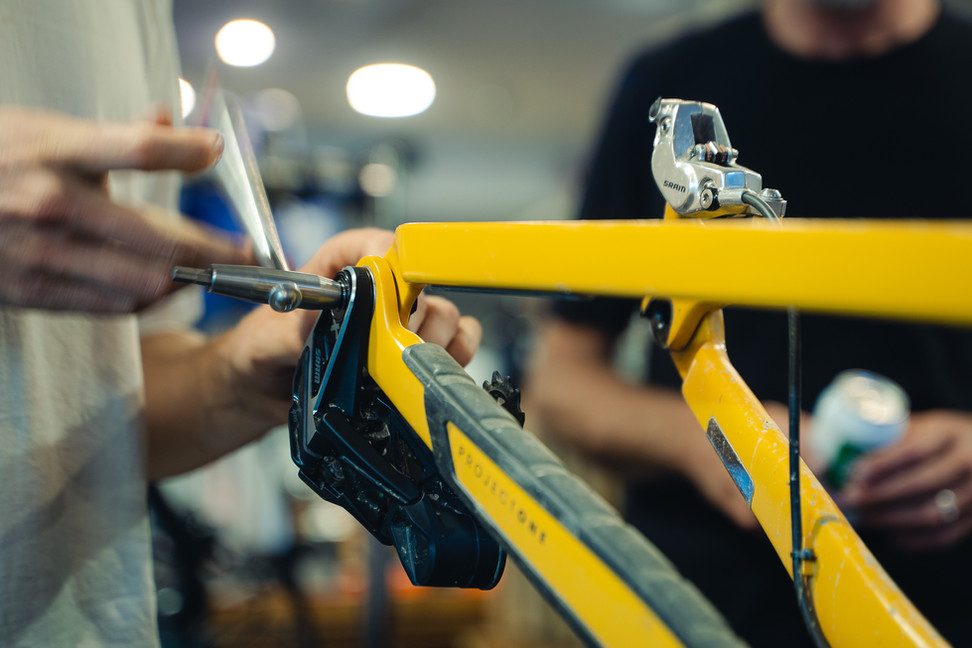
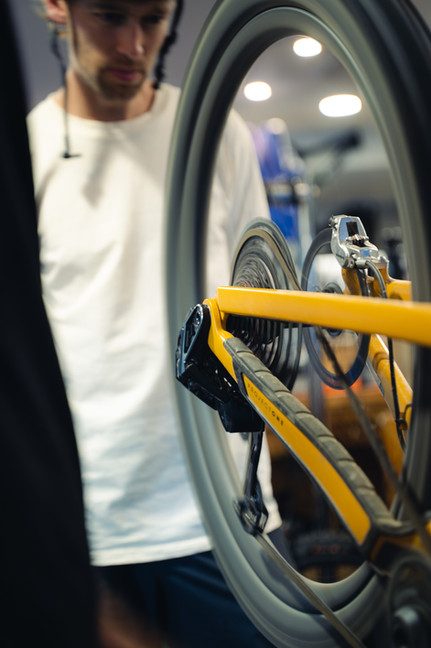
The more I rode the product, the more I liked using it - it's an absolute joy to use. You just know that when you push the button to shift, it will do it – there’s no worrying about a little under-power half pedal to help it shift. Just pedal as you would, and the chain will shift on the cog. It really does improve the enjoyment of climbing. The slightly altered rations in the cassette were also a welcomed improvement. No more big jumps between the 42t to 52t. Instead, you 44 - 52 jump and it feels a lot nicer. It doesn’t sound like a lot, but it makes a difference, with less of a sudden change in ratio. It's hard to put into words the feeling of the drive chain over the previous stuff; overall you’ll just have a much nicer time while shifting. A good analogy would be comparing driving a car from ten years ago to driving a brand new, modern car with all the bells and whistles. Both do the same thing, but the newer car is going to be easier and arguably more enjoyable to drive; more relaxing, quieter, with more features to assist you.
SRAM has really knocked it out of the park with this. It’s hard to think about how you can improve on what they have delivered here. It’s truly fantastic. It’s robust, designed from the ground up for mountain biking, and is finally moving on from the hanger system that came from road bikes so many years ago. I’m a massive fan of the ability to be able to rebuild and replace the parts on the derailleur.




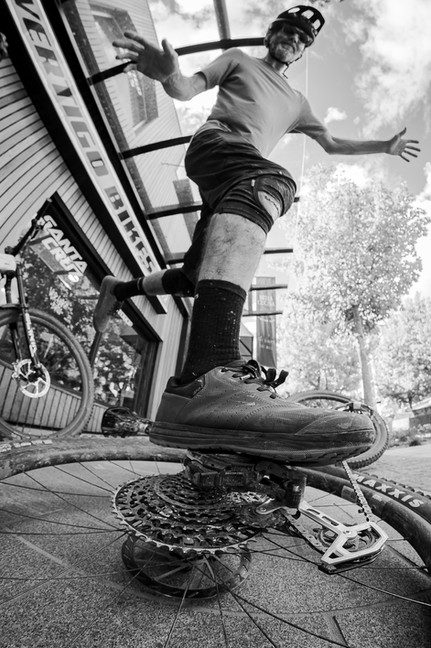
The shifting is light years ahead of the others. Will this groupset make you ride faster? You could argue that it will, but I don’t think that’s the right question to ask. Will this groupset enhance the experience of your ride? 100% it will. It’s an absolute joy to use, and makes you want to shift more – plus, it’s easy to set up. It’s built to last, is robust, and strong, so you don’t really have to worry about it. Going off the reliability of the previous AXS stuff, which was - in my opinion - the best out there, this should be able to survive an apocalypse. I’m not normally the sort of person to fork out for an expensive drive chain. Instead, I normally run the cheapest I can get away with. Gen 1 of AXS started to change my mind about that but this new stuff has 100% flipped my view on it. It's something that's worth saving up for and putting on your next bike. It's something worth investing in. You won’t regret it.
Hat’s off to you, SRAM. Well done.
Words & Photography: Jake Hood
Review: Aeroe Spider Rack
Review by Odin Woods
RRP: $199
Find out more here.
“The Spider Rack system is comprised of a rear rack, rear cradles, front cradle, and some nice dry bag options to suit just about every bikepacking pursuit.”
When I think bikepacking, I think of drop bars, janky bags and loose straps hanging off every corner of the bike.
Some of those janky seat bags, front rolls and frame bags have become more refined over the years – to stop stuff bouncing, swaying, and ultimately falling off your bike – but there still isn’t the perfect solution for all occasions by any means. Consumers pushing for cleaner, simpler, less faffy ways of mounting bags on bikes continues to drive innovation. Innovators, like brothers Mike and Paddy Maguire at Aeroe, have certainly played their part in that move. You can thank them for the original freeload rack (now sold by Thule) – which I’m sure many of you have seen over the years – and now for the Aeroe Spider Rack system. The Spider Rack system is comprised of a rear rack, rear cradles, front cradle, and some nice dry bag options to suit just about every bikepacking pursuit. All the parts have a very modular feel about them, and you can tell each component has had a lot of love poured into it, design-wise, allowing for a very simple and easy-to-use product.
I’m kind of a ‘rip the packaging open first, read the instructions later’ person, and if how something is supposed to work isn’t immediately apparent then, in my opinion, it isn’t effortless for the customer. I applied this logic when first fitting the rear rack to my gravel bike and was quickly impressed with how simple and easily adjustable everything was. The mounting brackets can rotate to accommodate different seat stay angles and the rack itself can flex to achieve different widths. The rack height can also be adjusted +/- 30mm by loosening the four bolts and sliding it up and down through the mount to adjust the clearance around the rear tire. Nipping up the 5mm Allen key, the Silicone coated straps effortlessly tension up to keep the rack secure, without risking damage to your frame.
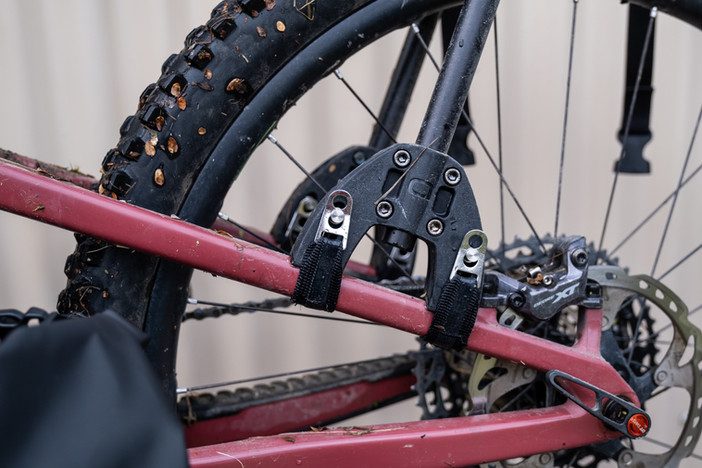
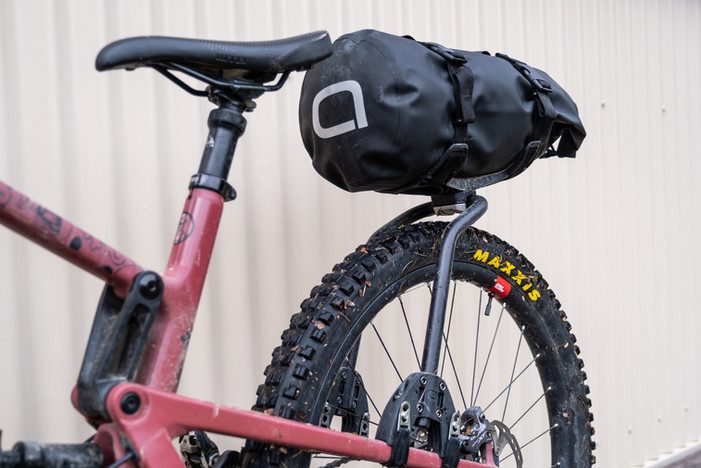
“I more or less forgot that there was a 12L dry bag strapped to the back of my bike. The rack was rock solid and didn’t make a sound.”
I pulled it off and within three minutes had it mounted on my Santa Cruz 5010. I chose to flip the entire rack 180° so the cradle sat back a bit further and lower down to clear my seat on compression. Aeroe note this as a ‘hot tip’ in their install guide.
It was time to put this stuff to use! We gapped it out of town to a quiet wee hut for the night and opted to use the Spider rear rack, with a single cradle, and the 12L dry bag to hump our gear up-river to the night’s accommodation. It was a quick transition in the pouring rain from empty bike to loaded bike. We simply clicked the cradle’s integrated buckles over the dry bag, then we were off. Jordan opted to mount his rack facing back as well, and had plenty of clearance over a 29er rear wheel as we bounced our way across tussock, river lands and the beech forest beyond. Without the usual constant swaying of a loaded seat bag, I more or less forgot that there was a 12L dry bag strapped to the back of my bike. The rack was rock solid and didn’t make a sound. When it came to dismounting and crossing some of the bigger rivers, I could fully drop my seat and climb off easily! Getting to the hut, it was nice to just unclip two buckles and not have to fumble around under the seat trying to pull straps through to remove a bag. My clothes and sleeping bag were nice and dry, courtesy of the super durable dry bags.
Loading up was, again, as easy as stuffing a bag full of gear and strapping it on. I gave my rack the once over just to see if anything had moved, but everything was where it was supposed to be and riding behind Jordan over some of the rougher sections of trail made me realise how little the entire system moved as well.

As mentioned, we only used the Spider rear rack with one 12L dry bag, but it’s worth noting that if you wanted to you could add another two cradles to each side and strap on another two dry bags – or a tent, fishing gear, whatever you want. One small thing to mention is that the straps that hold the rack on could be easily lost when the rack is removed, so putting a small rubber band around the end while on the rack would stop them being accidently dropped.
The weight weenies will note that the rack and cradle weigh in at 996 grams, not as light as a seat bag, but there is no questioning the robustness of the rack and cradles solid design. With that in mind, if you are planning to use this system for bikepacking, on rougher trails, it is reasonable to accept the 400-odd additional grams for the sake of longevity.
Rounding out, I found my time using the Spider Rack system sturdy and reliable with no surprises. For the price, I think it’s fairly good buying considering its versatility to move between bikes without too much hassle – plus, you can add to it when you need to.

Feature: Weekend up the Waiau
Words: Jordan Phipps
Images: Odin Woods
The idea of strapping crap to your bike and heading into the wilderness definitely isn’t a new one, but I’ve been feeling the urge to break out. Time to make the effort to get back outside, chuck down the tools and avoid the Christmas rush. Find fun in the misadventure and – for the first time, for me – take the bikepacking offroad.
The perfect opportunity to dip a toe into this niche practically landed in my lap. A long-planned weekend at the Wairoa Gorge was rapidly approaching, which would see me and my buddy, Odin, traversing the South Island. The journey from Christchurch to Nelson dances along the fringes of some unreal backcountry areas, giving us a plethora of rivers and valleys to explore. What better way to start a weekend of gravity-assisted riding than with a bikepacking adventure.
Driving to Nelson isn’t overly long or strenuous, but when schedules are tight and optimising time away from home is key, an after-work departure is best. Some folks may just opt for a hotel or even whack up the rooftop tent to break up the drive when tired, but when activities take priority, a backcountry hut makes perfect sense…
Stuffing a dry bag full of snacks, camping gear and the occasional hazy (of course), you’ve now got the perfect recipe to start any adventure. I’ve learned over the years, there are three things you usually like to line up to help aid a positive experience while out in the backcountry. None of them are exactly critical but a lack of all three definitely makes life slightly harder, colder and, ahh, less positive:
Good weather.
Ample daylight.
Cold beer.
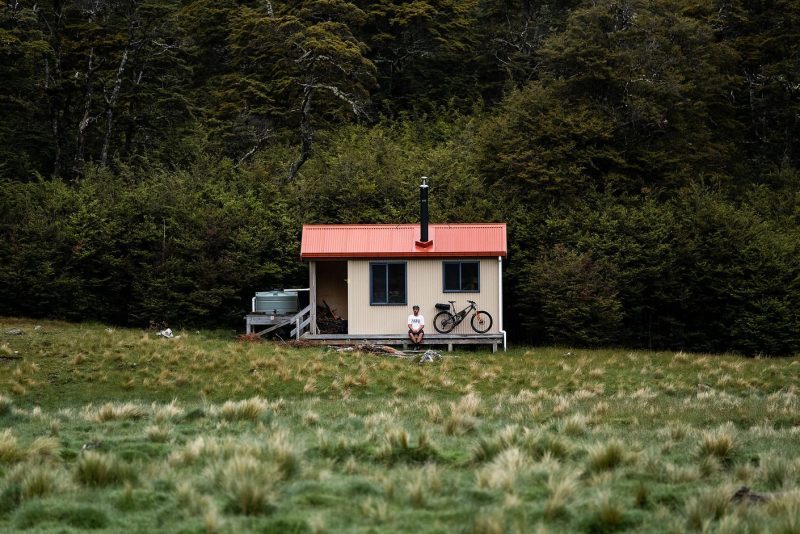
A plan formed and before long we began the battle out of civilisation. Bumper-to-bumper rush hour traffic filled the roads, with the silly season undoubtedly upon us. Shop fronts were adorned with Christmas livery, and footpaths struggled to contain the masses. My mind begins to wander: have I got my partner the right thing for Christmas? Shit, did I remember to book the campsite for New Year’s Eve? Am I going to be able to pull off a flawless pav on Christmas Day? In my present reality, the only pressing questions were when the traffic was finally going to move and which flavour dehydrated meal I should have for dinner that night.
The slow crawl across the city only intensified the urge to get the hell outta there and be completely immersed in the wilderness. Eventually, the houses thinned out and the tar seal quickly turned to gravel. The inconvenience of the city and that pesky traffic became nothing but a smoke-fuelled memory.
The Landcruiser was loaded to the gunnels: two different disciplines and a weekend’s worth of supplies had stretched our Tetris packing skills. This was demonstrated almost as soon as we hit the first 4WD track – everything that could possibly fall off the shelves and create chaos through the interior, did. As bags collected our heads, we were forced to stop and rearrange, taking the time to observe the dank playground that sat in the valley below.
Alas, the peaceful serenity was momentarily broken by the sound of the windscreen wipers reaching Mach 10 on the Landcruiser. Cool, it was raining…

I downshifted the truck and let the old girl roll down the hill, headlights on as we watched the sun dip below the snow-capped peaks. The weather was packing in and the daylight running away, but hey – at least we’d made it outta the city. Plus, we still had beer.
Under the last ounce of light, we parked the old girl up, had a quick shuffle of gear, then strapped our dry bags down to their racks. With our head torches illuminating the way, our road had become a singletrack adventure. New to me for this excursion, was the Aeroe spider rack system. The simplicity of having a drybag strapped to the back of my bike while still maintaining use of a dropper post was a win indeed. With no movement or the admin of having to stop mid-ride and tighten anything up, this product got a thumbs up from me.
I’d never actually ventured into this part of the country before, but Odin assured me I was in for a treat. A narrow goat trail through tussock flat lands carried us away from the carpark and upstream towards the mountains. Navigating seemed a breeze… for the time being.
It’s strange, but for some reason I tend to always be overly confident in my navigational skills. There’s not really any skill set or valid reason to justify why, I’ve just always been the one to charge ahead and find the way. But, as it transpired, navigating from one small orange DOC marker to the next in the dark is a skill I’ve yet to learn. Toppo maps came out and assurances were made that as long as we were heading upstream, eventually we’d reach the hut. Right? Oh yeah, and technically ‘upstream’ also means ‘downstream’, ‘back across stream’ and ‘across that other stream’, too.
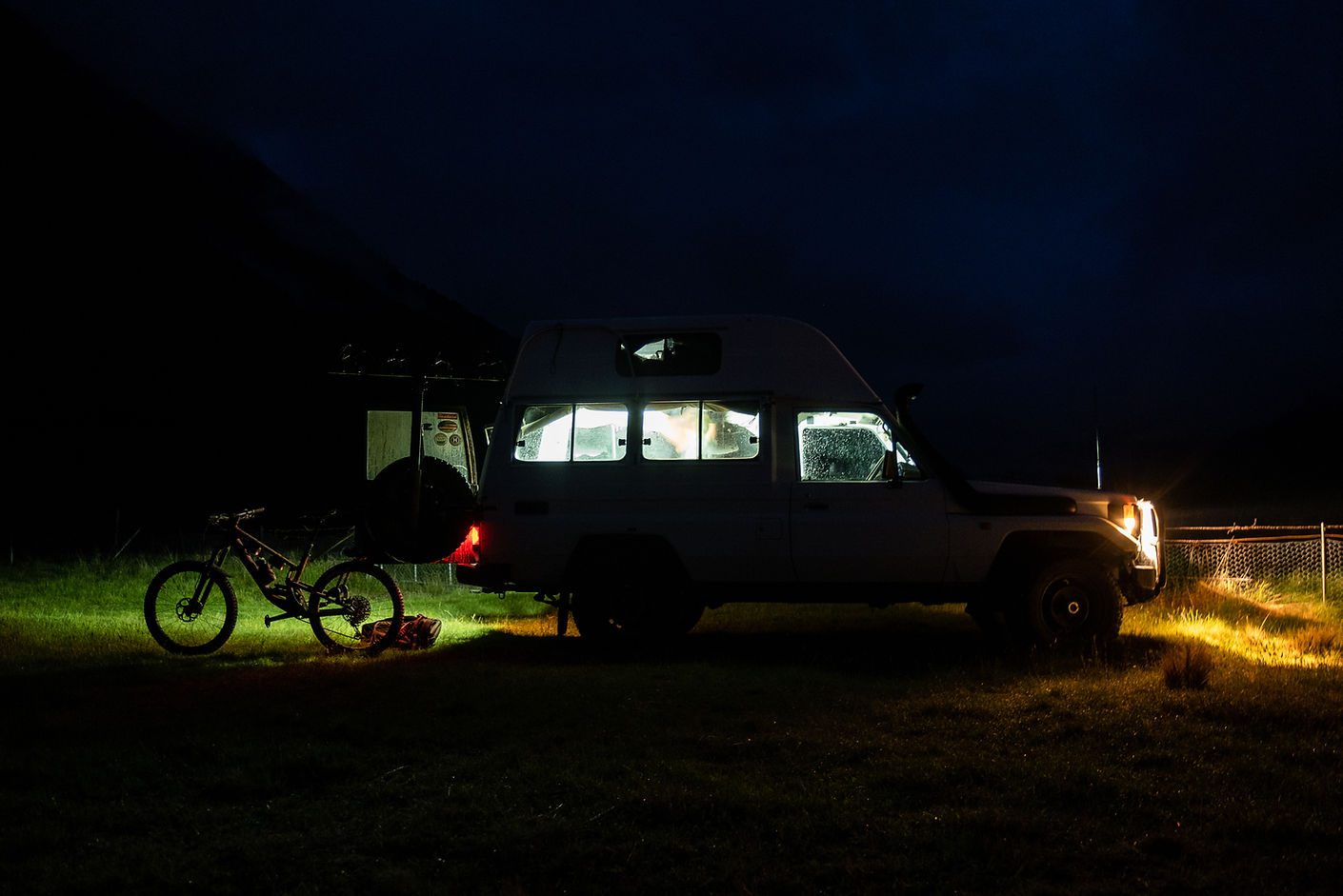
We were, by then, doused in darkness and navigating river crossings, however, the dedication to sustaining dry feet was strong. Our shoes stayed firmly strapped to our handlebars, and socks tucked in our pockets – a decision I questioned as my bare feet felt helplessly for the path ahead, fumbling over rocks and navigating the murky waters one dainty step at a time. It was about then that I reminded myself; ‘it’s not the destination, it’s the journey’. Or was it #notallwhowanderarelost? Either way, the realisation that only a few hours previously I was slinging tools at work and watching the hours slowly tick by, yet now here I was immersed in the wilderness, wading upstream, bike in tow, pushed me further into the unknown.
I don’t know about you, but to me, that’s pure bliss.
Our chosen abode for the night happened to be placed on the Te Araroa trail. We started to broach the subject that there was every chance the hut would be chocka block full of other intrepid travellers, and the question arose of whether we would be pitching our tent in the rain? What was proper hut protocol when arriving late at night? Ah well, I decided that was future Jordan’s problem, and kept the pedals turning.
This was night riding like I’d never experienced it before. To be fair, it was more a combination of multi-sport, orienteering and cycling all thrown into a mixing pot of Type 2 adventure. Mental notes were made on which sections to avoid on our return ride through, and which rock cairns were actually helping us. Somehow, it seemed that each time we’d battle our way through an off-piste excursion, we were only ever metres away from the trail.
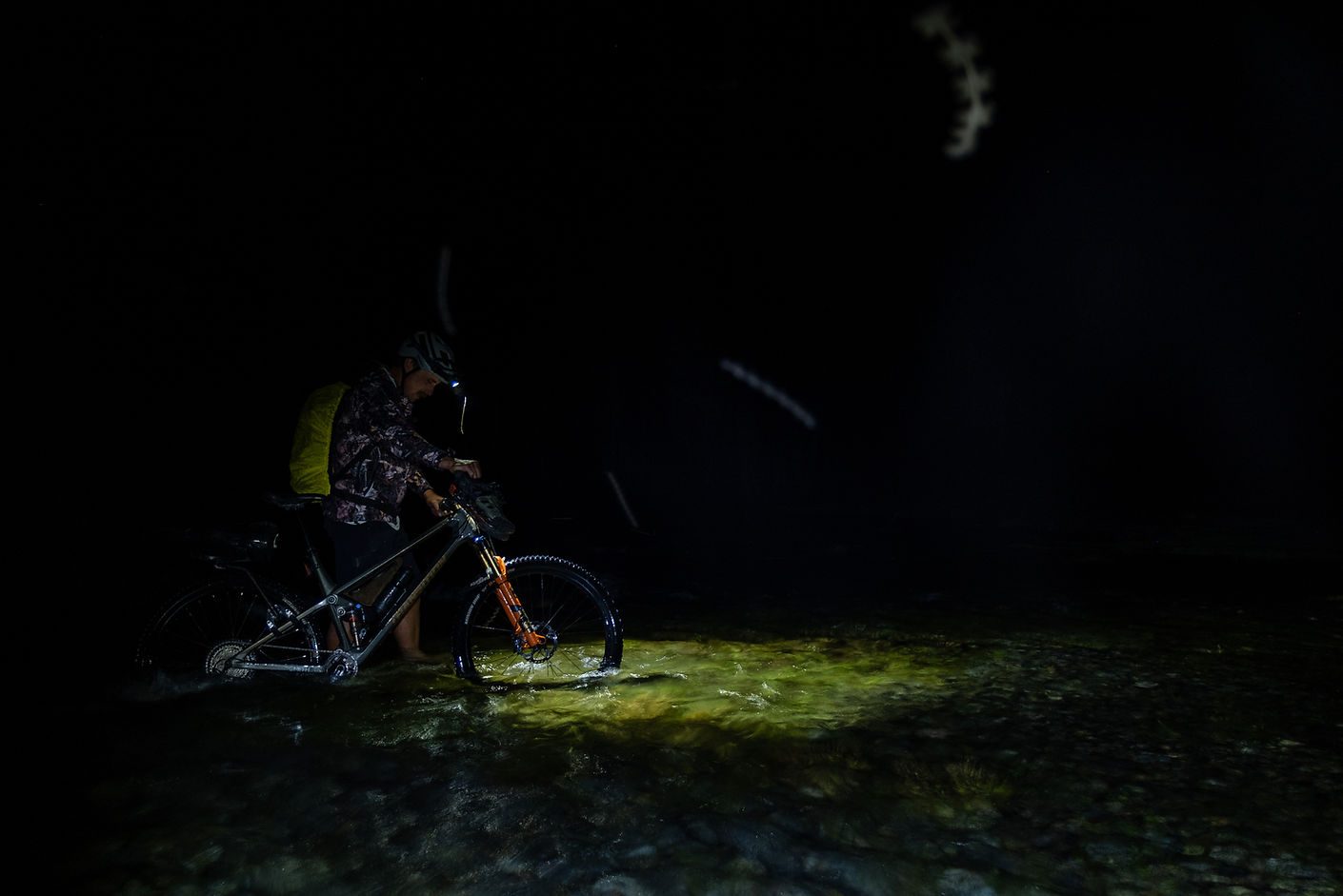
Finding ourselves on opposite sides of the river, we reconvened to once again check our course. After a couple of hours of fumbling athletically through the dark, we had success – the hut was in reach and the legs could sense it, so we cranked up through the dank beach forest and summited the last climb. I soon found myself yahooing, taking in the cornflake descent, corners getting slapped, and any feeling of tiredness seemingly having left my brain.
Sliding to a stop, we couldn’t believe our luck – checking, then double checking, then triple checking that we did indeed have an empty hut at our disposal. Yes, an empty hut! We couldn’t believe it; our intrepid trail of cornflakes had led us right to the front door and not a soul was in sight. Our bikes were safely tucked away and, with two simple clicks, my dry bag was released from its cradle. Ahh, that first crispy beer was cracked.
Hut life is an easy life – not to mention, a much-needed change of pace from the standard 9 – 5 back home. It’s the simple things for me: the rhythmic crackle of a fire and the anticipation of a dehydrated meal. We were more than content. This was a heck of a way to spend a Thursday night. With the fire cranking and beverages poured, the quality of our chat started to fade and it wasn’t long before the night slipped away.
The beauty of arriving at 11:30pm the previous night was that neither of us actually knew what to expect of our surroundings when we woke the following morning. Our subpar porridge was inhaled while glassing the numerous slips and clearings, adamant to scan some creatures. This trip, as all of them seem to be these days, was a squeeze in our schedule. It was the sort of trip that, at the time, could have felt rushed and a tad flustered, but that’s when it’s key to remember something like this is always worth doing.

After a morning scanning and exploring the terrain, our bags were back on as quickly as they were unpacked, ready for the downstream trip – which we expected to be an absolute treat. I was quickly humbled by how off track my self-proclaimed mastery navigation skills were the previous night, as the amount of river crossings were halved. The sheer vastness of the valley was hard to absorb.
On any adventure, every positive is balanced with a – sometimes – a small negative. The small negative on this trip was the kind that liked to fly around our faces and bite any exposed skin. Sandflies weren’t going to put a damper on this trip, but boy did they give it a nudge. Luckily for the sandfly population, the majestic sight of the Landcruiser was on the horizon. We’d managed to make it back to the truck in half the time and almost half the distance we’d covered the previous night, but both exploits were just as fun.
Sometimes life needs a bit of spice. Not necessarily the whole Cajun vibe, but maybe more of a paprika hit. It doesn’t take much to mix it up and get out of your environment and into another. Squeeze it in the schedule and get it done. You might be surprised how enjoyable a moonlight ride upstream in the rain actually is.
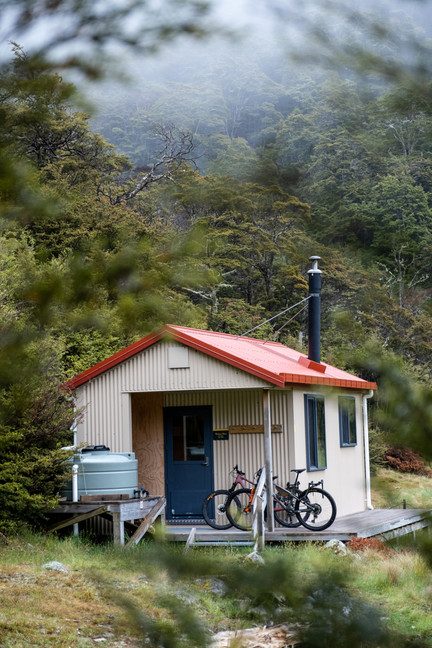
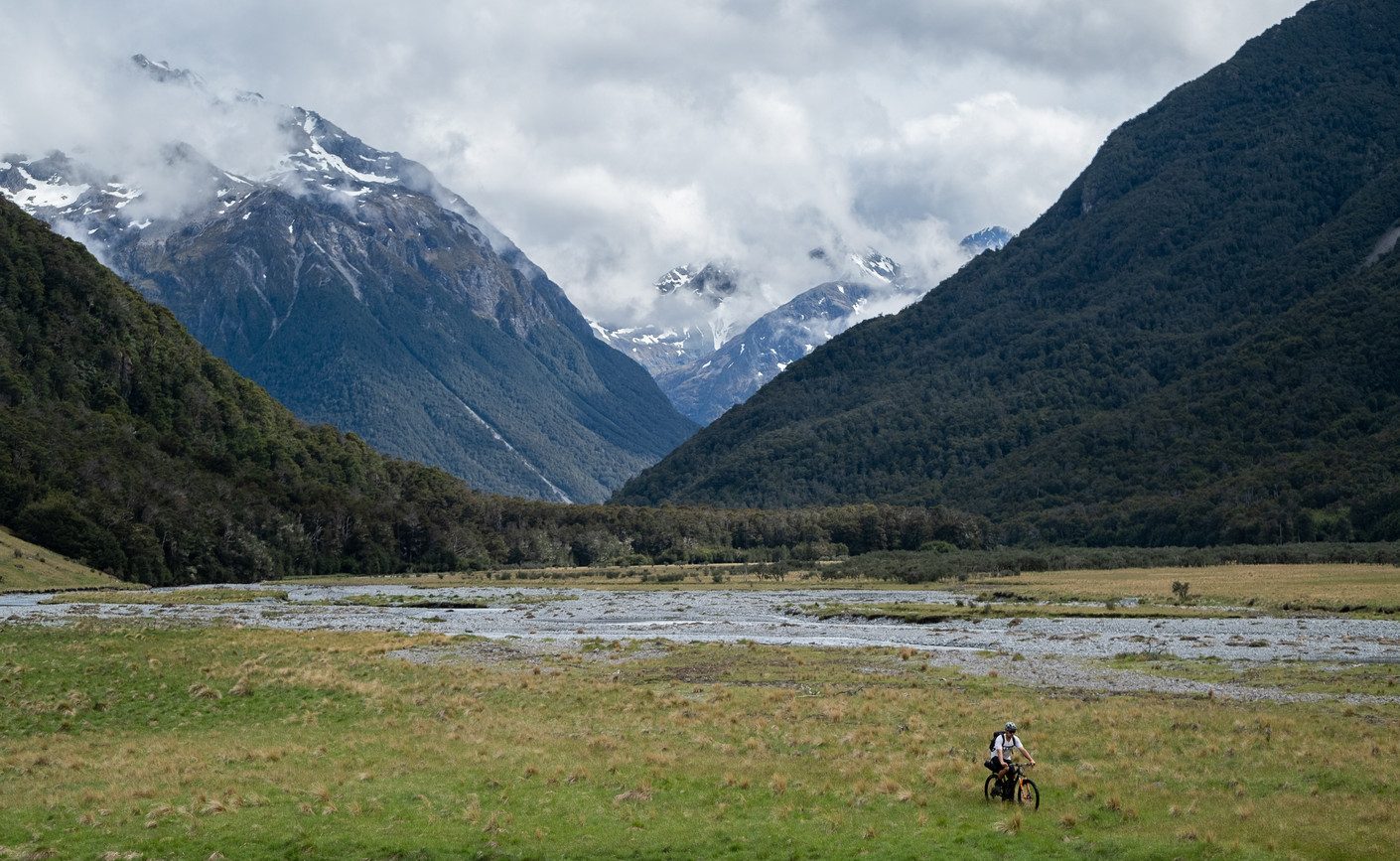
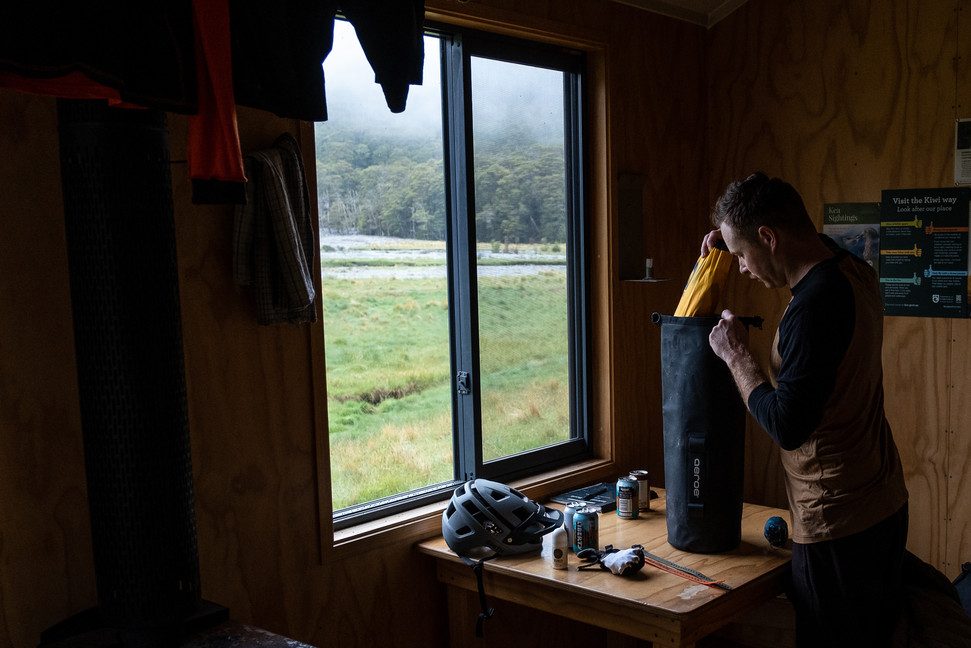
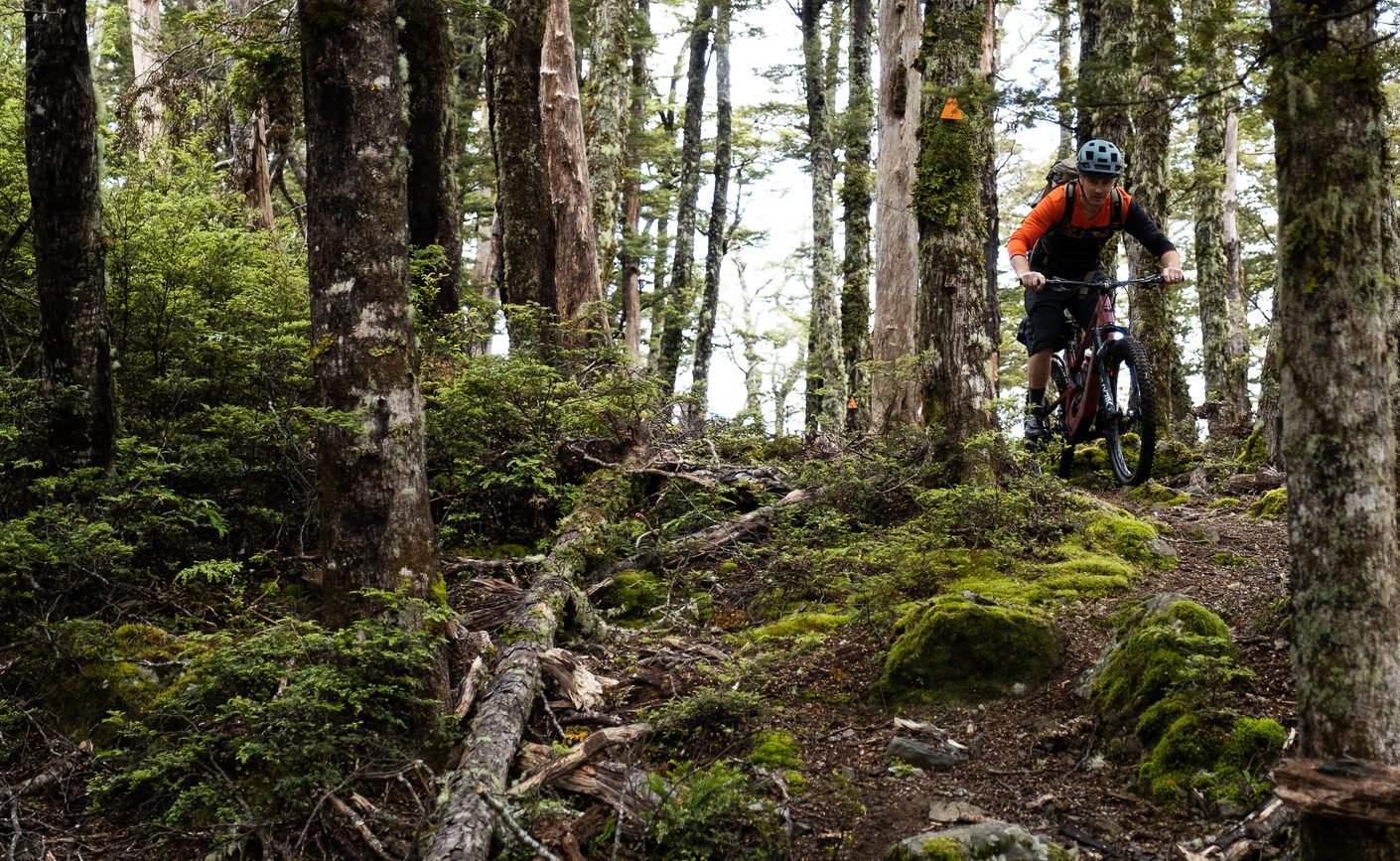

Bike Review: Trek Fuel EXe
This is a review of the Trek Fuel EXe, a great example of a new category of mountain bike.
It will not be like any review you have read before. To be honest, there is not much point in rattling off the geometry, the parts spec, the wattage and the torque figures. Anybody who is remotely interested in this bike has already watched a dozen in-depth videos, and people moderately interested probably know more about the kit that comes on each model than I do.
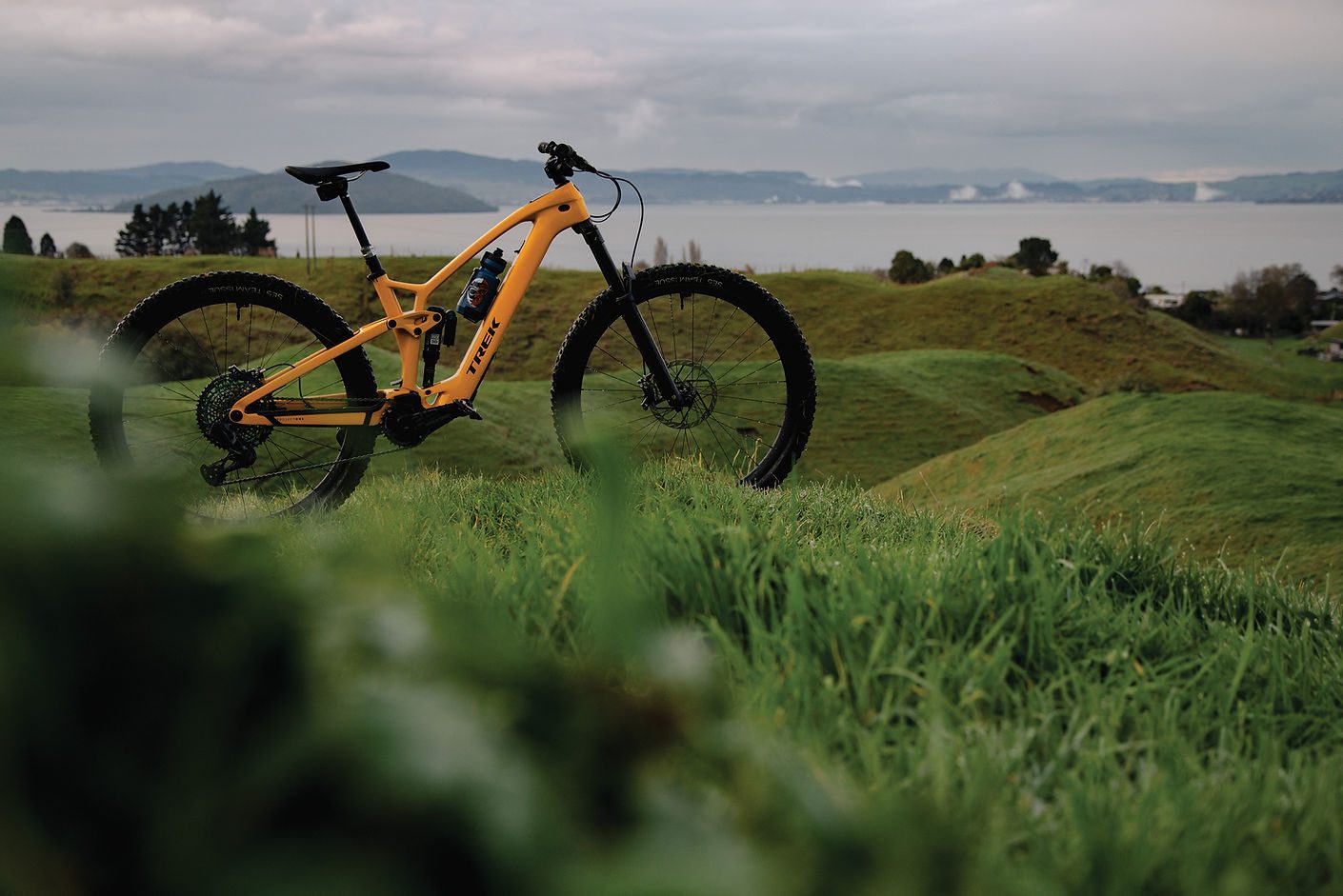
The exact version I got to test is not even available in New Zealand, so I am not going to pick that apart in much detail either.
What I am going to try to do is relate how this bike has affected me, and what it has meant to my bike riding. My last year or so has been so weird and life-changing that I have been planning to write a story about it, and this bike has come along at the right time to get me started.
Some context: I took up mountain biking almost 40 years ago. I had taken a few years off bike riding after I threw in the towel on my track racing career, and got sidetracked by learning to be a designer. I didn’t really miss bike riding until I saw my first mountain bike. I bought the first one I saw that was for sale.
Since then I have slowly worked my way through many kinds of bike riding. Six-week bike packing trips, cross country races, downhill enduros, a short stint on a BMX, over 20 laps of Lake Taupo on various road bikes, single speed races, 24 hour races, multi-day mountain biking expeditions - I even ended up back on a velodrome.
I have always been able to ride enough that if any of the above activities came along I could select the appropriate bike and have a go at it. Even as I got older, fitness was never a consideration - I could get away with going on any of these outings without any need to prepare.
2020 was one of my best years since bike riding once again became my thing. A weekly fang on the track bike, an unusually mild winter for mountain biking, some great days out on the gravel bike, then two trips to the South Island for long weekends riding legendary trails in great company.
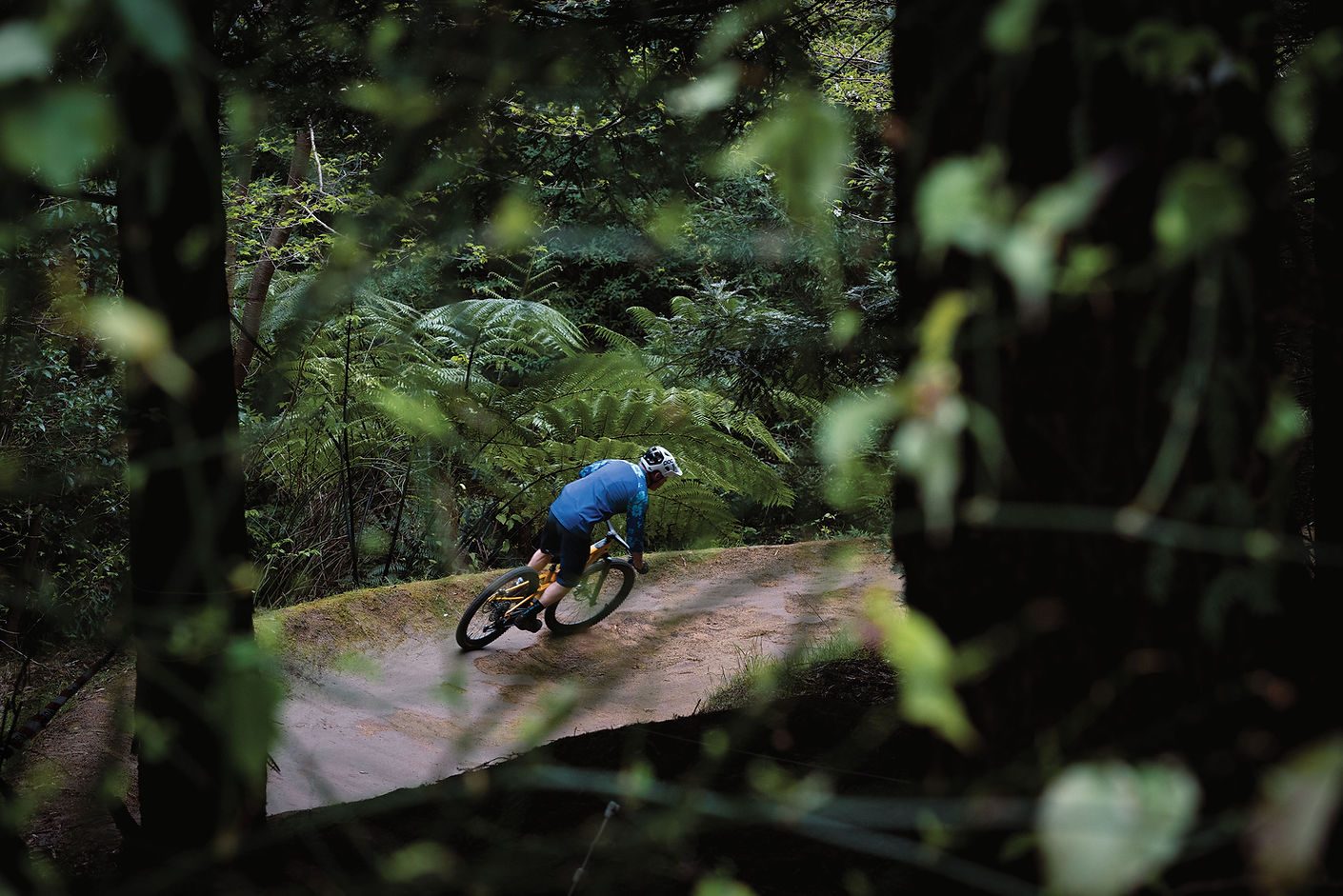
Come February that summer, a swelling in my neck became a major health problem. I was very lucky - what I had was treatable. The treatment was pretty heinous.
So this story is about what it means to be a bike rider who is fairly capable, rendered completely incapable in order to stay around.
Treatment lasted seven weeks, plus another six or seven in a bit of a mess, and as many months in a much reduced state. On the plus side, I got down to what was my 1977 racing weight. On the down side I was weak as a kitten and needed to sleep a lot.
I started back on regular food about a month after treatment, and got the last of the tubes that were installed taken out a couple of weeks or so later. I had my first bike ride post-illness about then, and managed ten slow kilometres on the flat. With some half-hearted wheelies and skids.
Over the next few months I got better at bike rides, got busy on some landscaping projects, and tried to remember what I do for a living.
My specialist, to whom I owe the success of the treatment he designed, happened by chance to also be a mad-keen bike rider. Bizarrely, he ordered a product from our online business the day before our first clinic, quite by coincidence. He understood what I would be trying to do when I got back into it. He encouraged me, with a round of cautions. Don’t expect too much, you won’t be like you were before, and get yourself an e-bike.
I sort of listened, but mainly figured if I ate a lot and was patient I would get back to normal eventually.
I didn’t get an e-bike.
I slowly added kilometres to my distance covered and metres to my altitude climbed. By six months out I could do a decent three hour ride in the trails, and climb up to the best bits under my own steam several times in a ride. I was probably back to being ok for my age, regardless of being in recovery. So, pretty good.
My problem was a ride like the one described would lay me out for several days. I might not get back on a bike until midweek, if at all. My old coach used to say “a little, and often” was the best formula. I didn’t follow that adage, I went out and did the ride I really wanted to do, smashed myself, then took days to get over it.
That was my status when I got the chance to do a long-term review of the new Trek Fuel EX e.
Getting acquainted with the bike was very easy - my daily ride is a Fuel EX from 2021. The e-sled shares that DNA, and is a logical development of a model that has been around in the Trek range for seventeen years.
It looks really good. Whether you like the look of a bike is obviously a matter of personal taste, and for me it is one of the best looking mountain bikes of any kind, ever. The design of the full-carbon frame is considered and resolved. That it is electric assist is irrelevant, it is a good looking thing.
The initial thrust of the bike industry’s e-bike thinking was to give riders heaps of grunt over a long day out. Like, if we want to sell any of these things we have to make them go as far as any of our customers will ever go, even if they only go that far once a year.
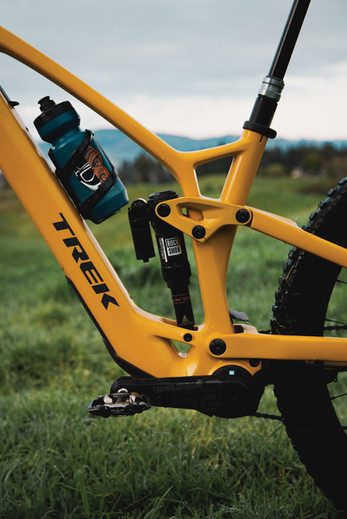
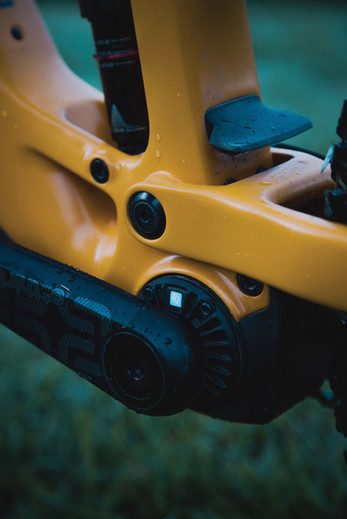
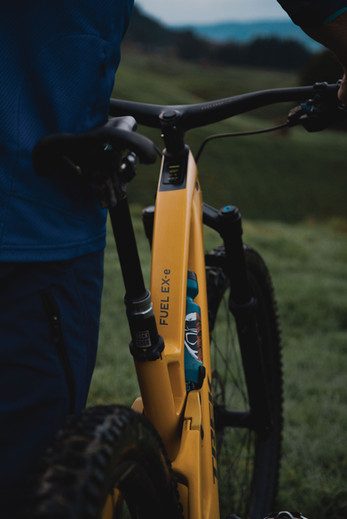
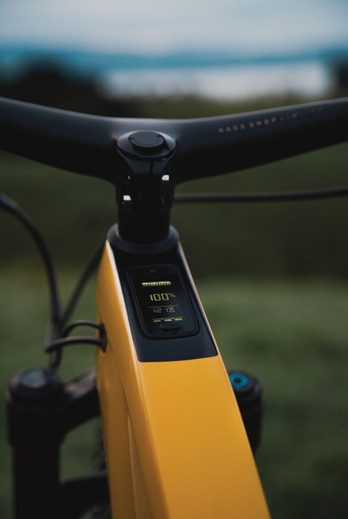
Well, OK. But that means riding a big, heavy beast on all your outings. The Fuel EXe weighs in around six or seven kilograms less than its full power brethren, and the electrics are packed into a much smaller part of the bike.
The motor and electronics from German robotics company TQ fit into a slightly enlarged bottom bracket casing, and under a neat little display buried in the top tube. A discreet pair of switches next to the left grip controls the system.
Whether it matters or not to the general populace, it doesn’t look like an e-bike.
On my first ride I met some people I know at the top of the trails, about to head into the jungle. One of them came and had a good look at the bike, which certainly is attention-grabbing with its one piece carbon bar and stem, honeyed butter-coloured frame and electronic gizmos on the suspension and valves. We chatted about it. We rode more or less together to the first junction on the trail. Later that day I posted a photo and a few notes on Instagram and my friend messaged to say he had not even realised the bike was an E.
The other thing that really stands out on the EX e is the noise it doesn’t make. If you are used to hearing what sounds like a blow dryer coming up the trail, you will be surprised by the silence of this bike. Honestly, I struggle to hear it over my tinnitus.
It does emit a bit of a whine when it is really under load, but even that is usually smothered by tyre noise and heavy breathing.
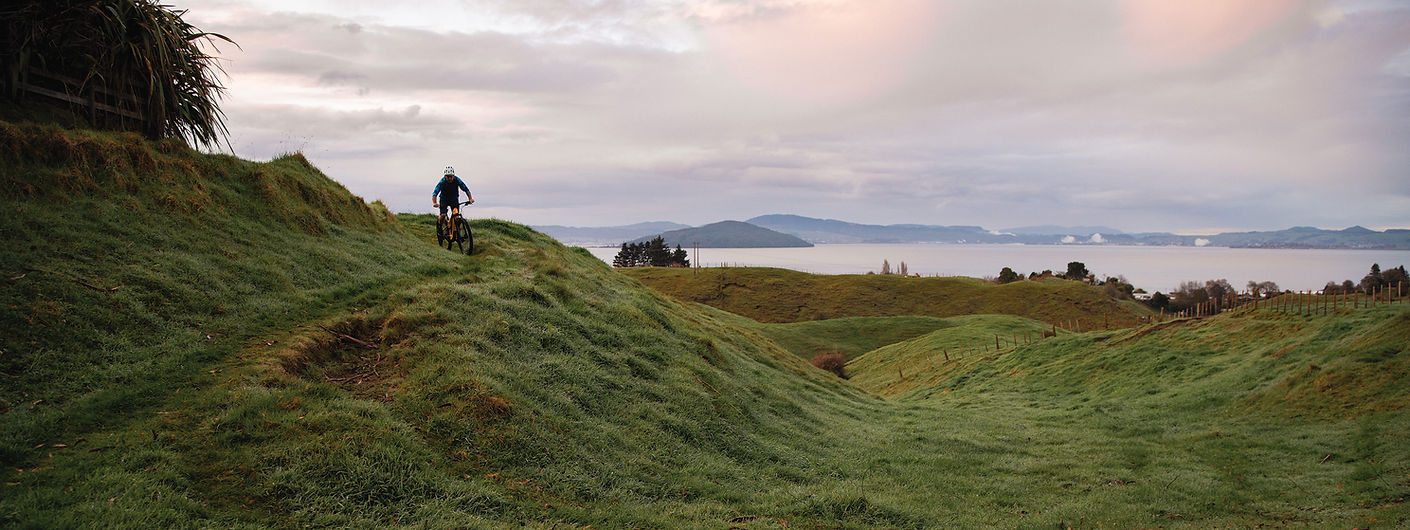
Which brings me to next part of my story - what the Fuel EX e is like to ride.
It feels like my regular Fuel EX. The motor is not engaged with the cranks when it isn’t driving, so riding the bike around with the system turned off just feels like a normal bike. In factory default settings, the Low power mode feels like a normal bike might feel to Anton Cooper. The way the power comes on is very subtle, almost imperceptible, you just feel a lot stronger than usual.
That is where the heavy breathing comes in. In Low power, I was working as hard as I normally would, or nearly as hard, just going faster. It isn’t at all like the full powered bikes I have giggled my way around the trails on. If you don’t punch the power up you still have to earn your turns.
Mid power offers more of a surge at the pedals, but is still fairly muted and gentle. Full gas is definitely a big boost, but nowhere near the rowdiness of the Rails or Levos I have ridden.
And going hard on the power will rinse the battery fairly quickly.
I started a lot of my rides with a 150m, one and a half kilometre, singletrack climb. Low power would see me use seven or eight percent of the battery charge, high power double that.
By riding nearly everywhere in Low power, I squeezed 49 kilometres and 1350m of ascent out of a charge.
On another day, using a bit more throttle here and there, I got 40ks and a little over 1000m vertical.
But for this bike and me, the sweet spot was about 35 kilometres of trail and around 800 up. At that distance and elevation gain, I could ride the entire distance on Mid power or Full power, which is at least 37% more fun, and get a really good workout at the same time.
On the example I had, with its 150mm RockShox Lyric fork and RockShox Super Deluxe Ultimate (seriously, that is what it is called) shock working at their best, it was a real pleasure on the trails. Going downhill the bike was quiet and predictable. And quiet - it will be interesting to get astride one that doesn’t share the AXS shifter and seat dropper of the review sled. I wonder if having two less cables makes the bike less clattery, but honestly the only bike I have been on that made less noise was a single speed.
One of the interesting aspects of the motor is the lack of drag. On some other e-bikes, once you hit the built-in speed limit, you go from having considerable assist to having the drag of turning the motor over. This one completely disengages, so you dont feel like you are fighting anything.
Another aspect of the lower power of this bike compared to the full-on versions, is that the rider is rewarded for maintaining a good cadence. For me, a pretty fast spin seemed to be the way to get the best out of the motor, I found myself changing gear maybe more often than usual to keep the revs up especially on flat or climbing trails.
And that right there is the real beauty of e-bikes in general, for me anyway. Trails that are a bit of a chore become a lot of fun. There is a favourite of mine in our local patch called Old Chevy. It is three kilometres of tight singletrack, with 49 metres of ascent and 78 metres of descent. It is full of short pinch climbs, and fun but very quick downhills, connected by contorted trail. Like I said, it is one of my favourites, but it always hurts. I am sure it is fun for the very fit, but now I KNOW it is fun for the electrically assisted. And on the EX e, it is fabulous. Coupled with enough torque to make the climbs fun to attack, the light and natural feeling of the bike means the downhill and traverse sections just feel like you are having the best day on a bike, ever, fitness wise. Every time.
And that brings me to the effect having this bike for a month has had on me.
As my specialist predicted, access to an e-bike has been a big help. I can go out on consecutive days, and give it what feels like a decent serve. I have ridden the bike much more than I was riding my bike before, and while the assist obviously makes that easier, the extra riding is putting kilometres in the bank and the benefits that brings.
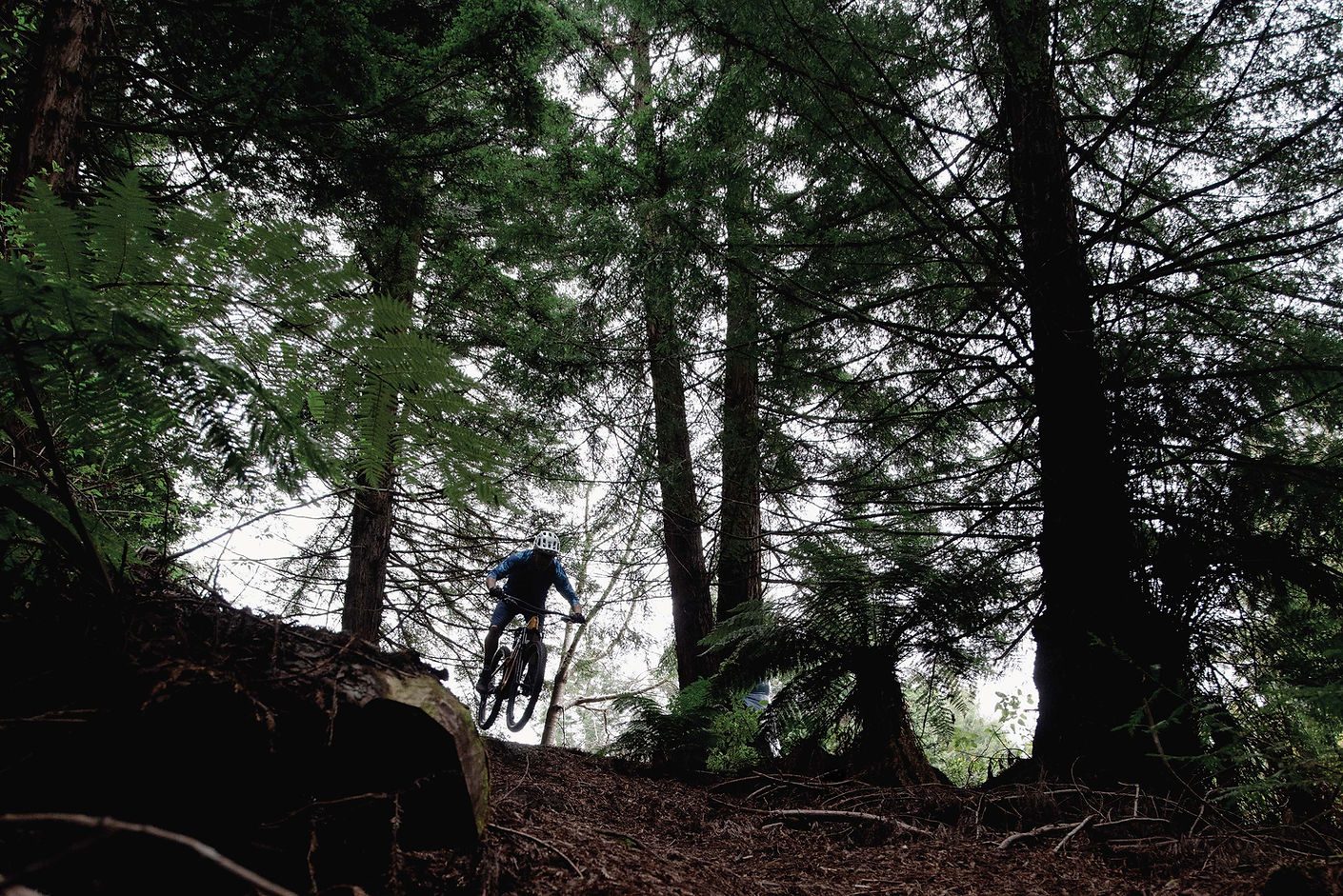
I have done a couple of rides on my other bikes during the month of the EX e, and they have been the longest and hardest since I got going again. A big ride on the roadie, in the wind and rain, which incorporated a decent chunk of forest gravel, and a week later a long mountain bike ride all over the forest - neither one made feel anything other than satisfied. I could ride again the day after both outings, and did!
So not only did riding the EX e get me out more often, it added to my ability to get out more often.
That is a big deal from my perspective. I feel like I am more or less back, if not to normal (what exactly does that look like?), at least to a stage where I am up for whatever kind of bike ride presents itself. Like I was before I got hammered.
I have figured out what it’s good for. And who it’s good for.
It isn’t the guy who overtook me the last time I took the regular bike out. He came past me on a big climb, seat about ten centimetres too low, gear about four sprockets too high, shorts maybe a size and half too small. On a big e-bike, motor hauling him skyward while he pedalled with feet akimbo, heels on the pedals. He would not like the EX e, he would feel short-changed by its comparatively low power package.
But a mountain biker, looking for a way to cram more riding into a busy schedule, or get a decent ride in when not at peak fitness, or maybe a person on the rebuild trail, I can’t recommend the bike enough.
Trek sells a range extender, which sits in the bottle cage and provides an extra 40% of range. Well, “up to 44%”, according to Trek. I will get one, when I get my own Fuel EX e.
There, I said it. When I get my own Fuel EX e. It’s that good.
Words: Gaz Sulivan
Images: Savanna Guet


